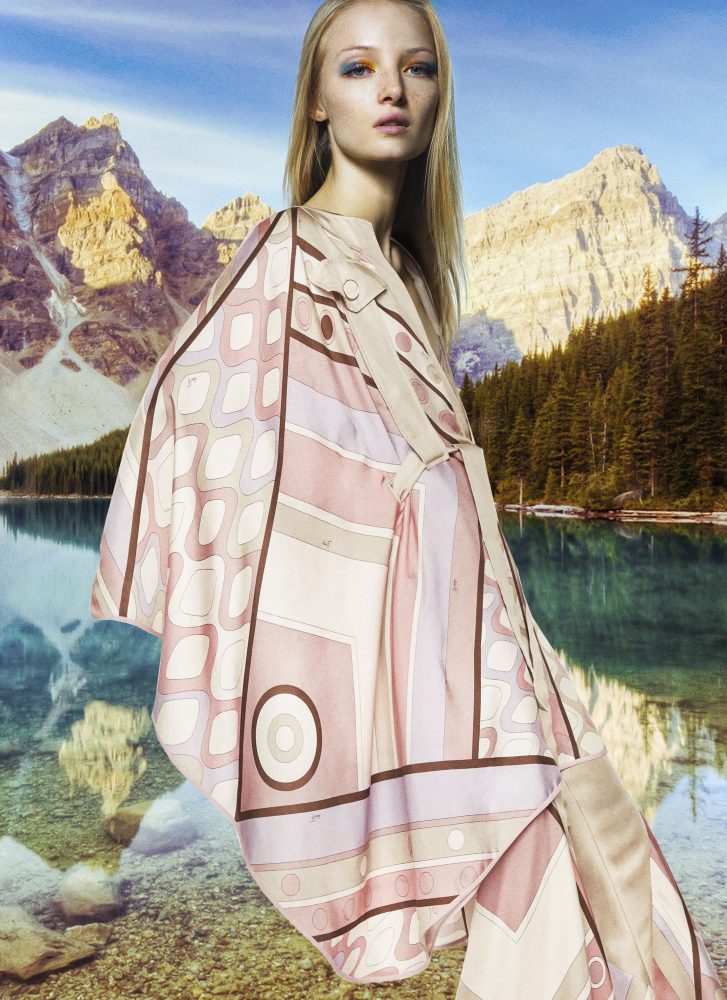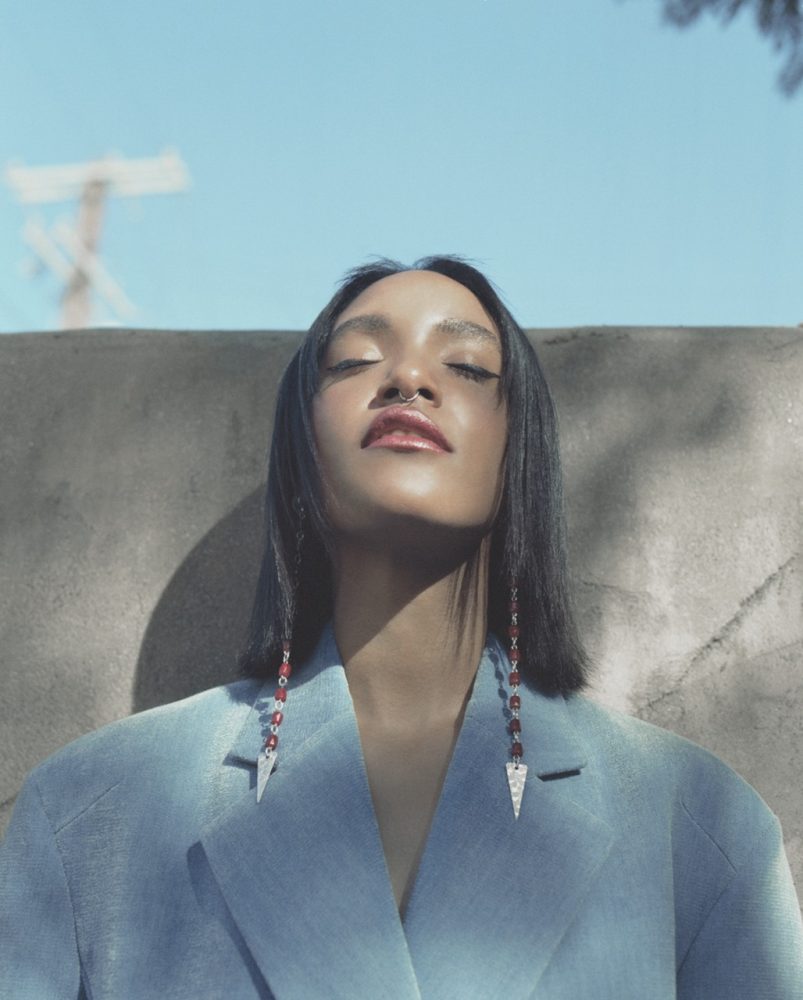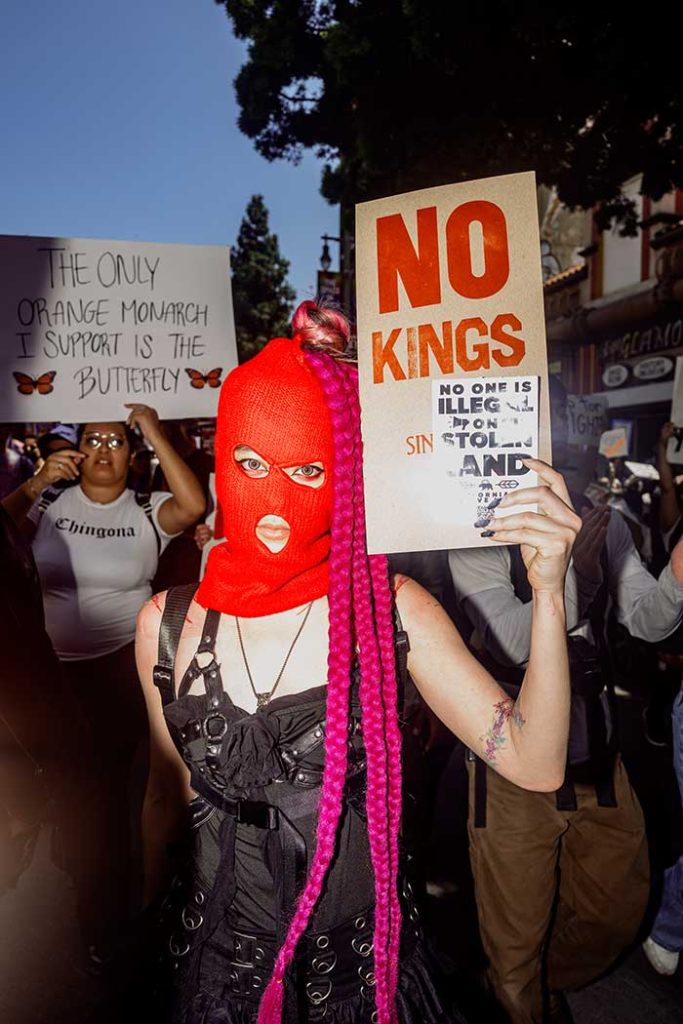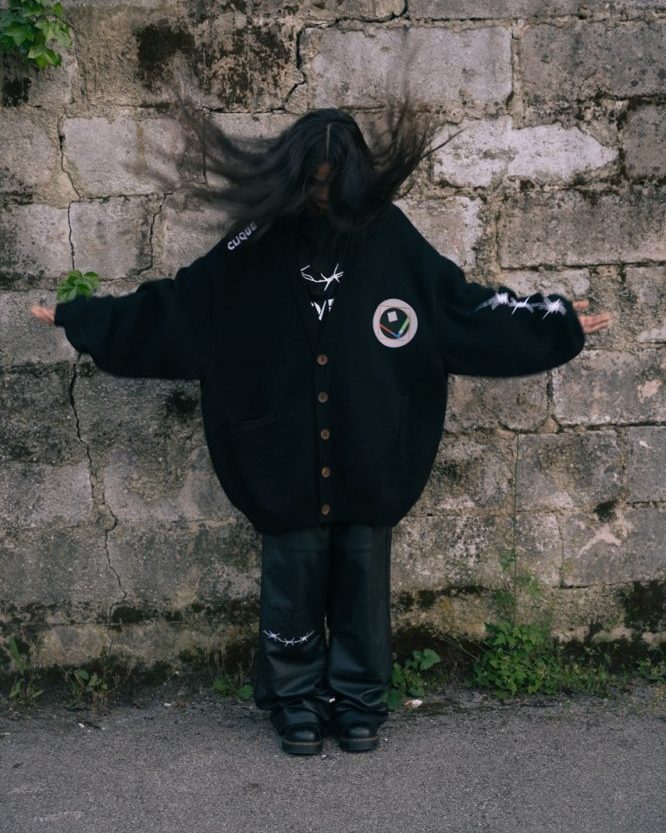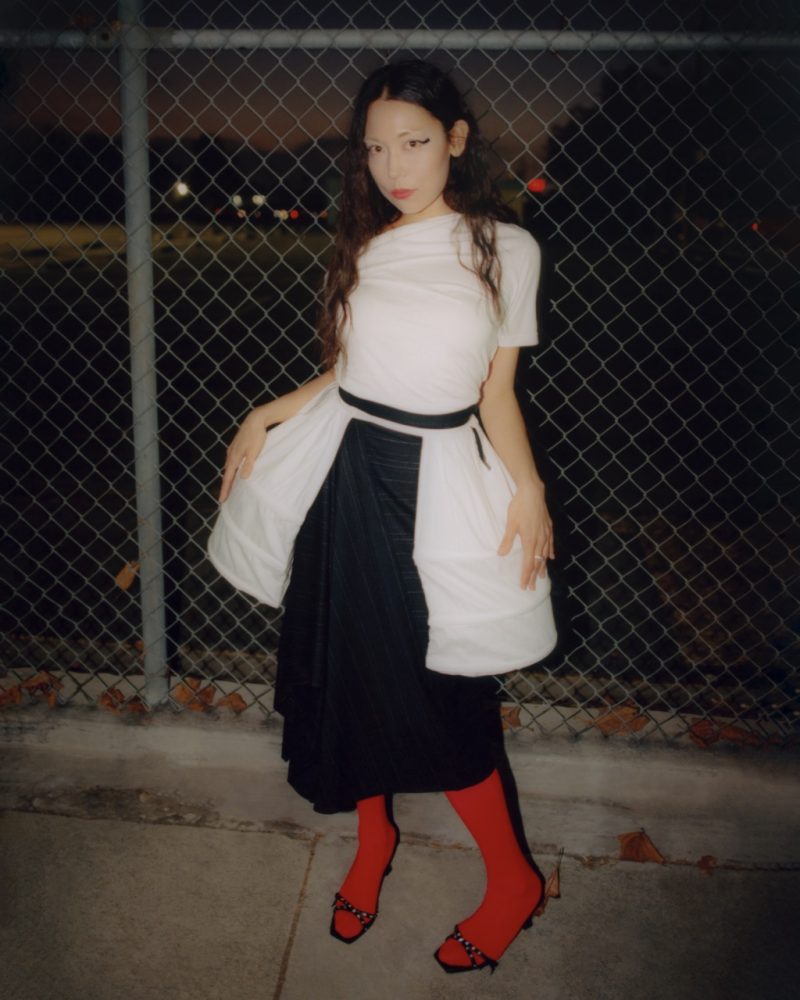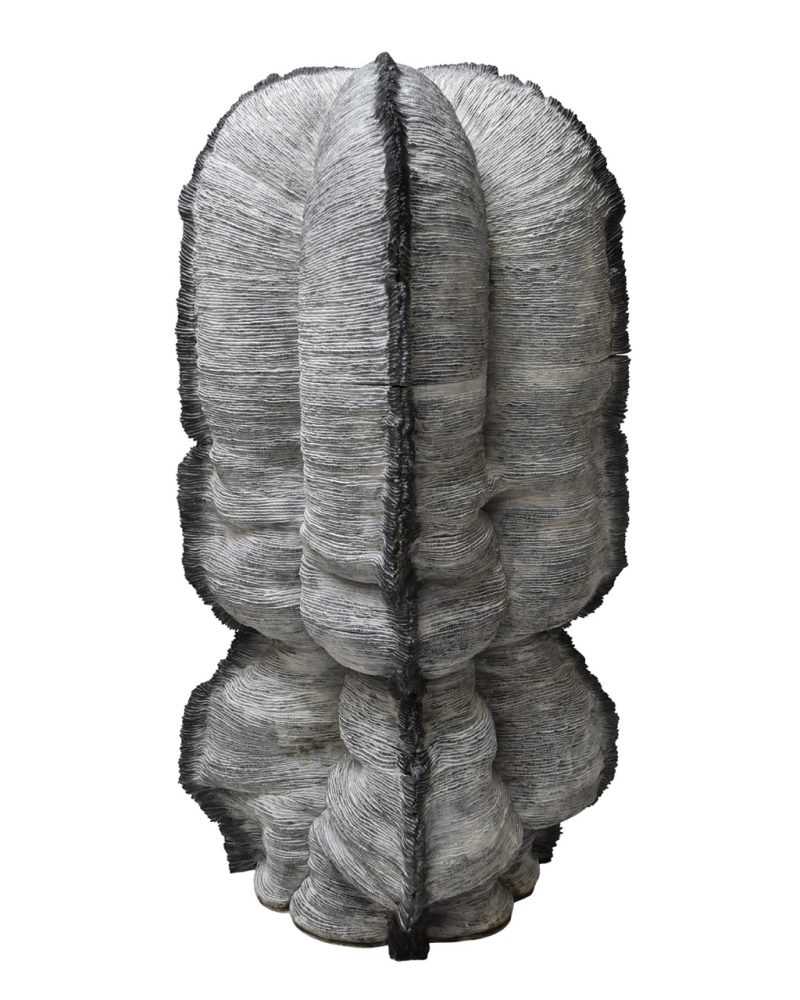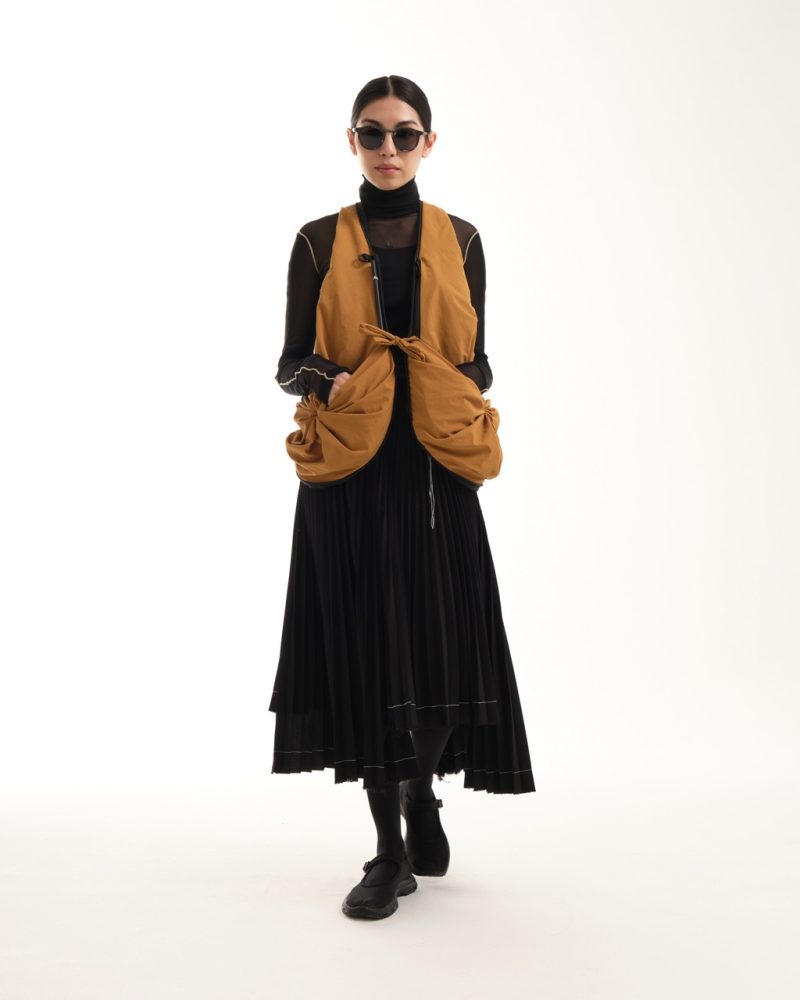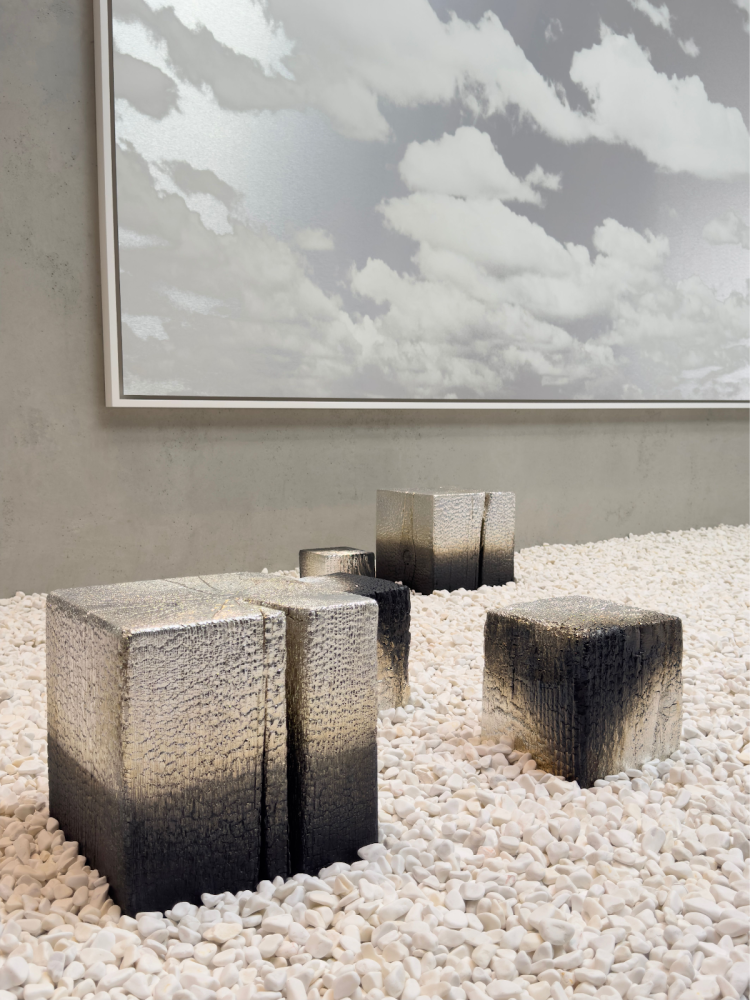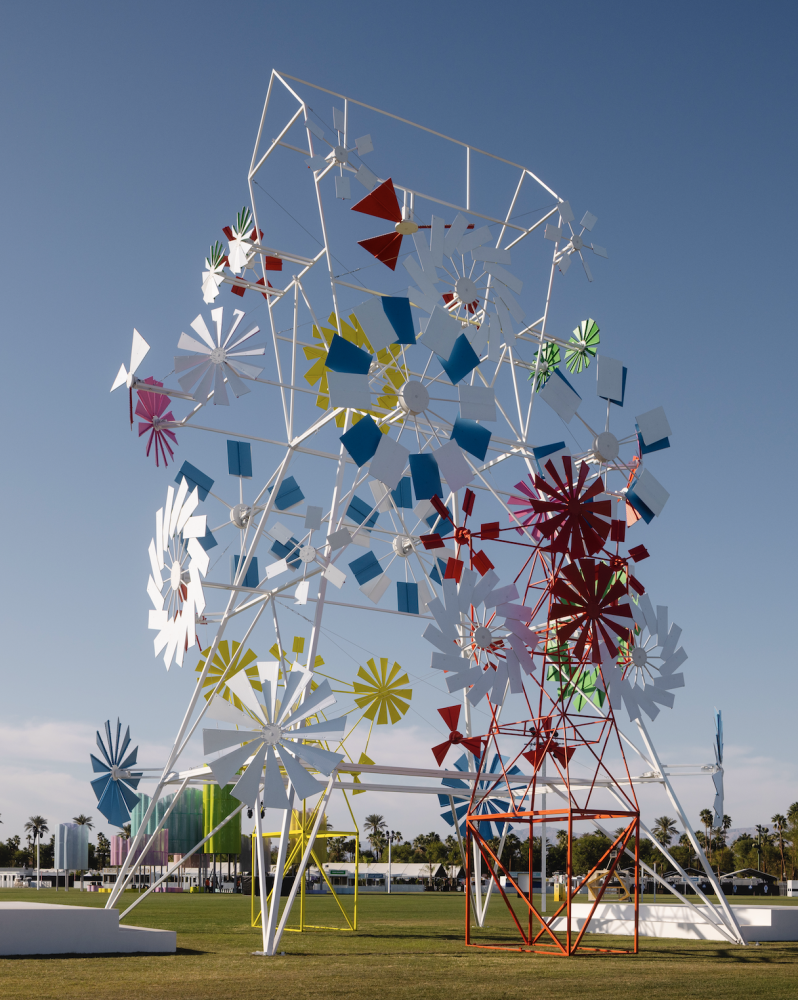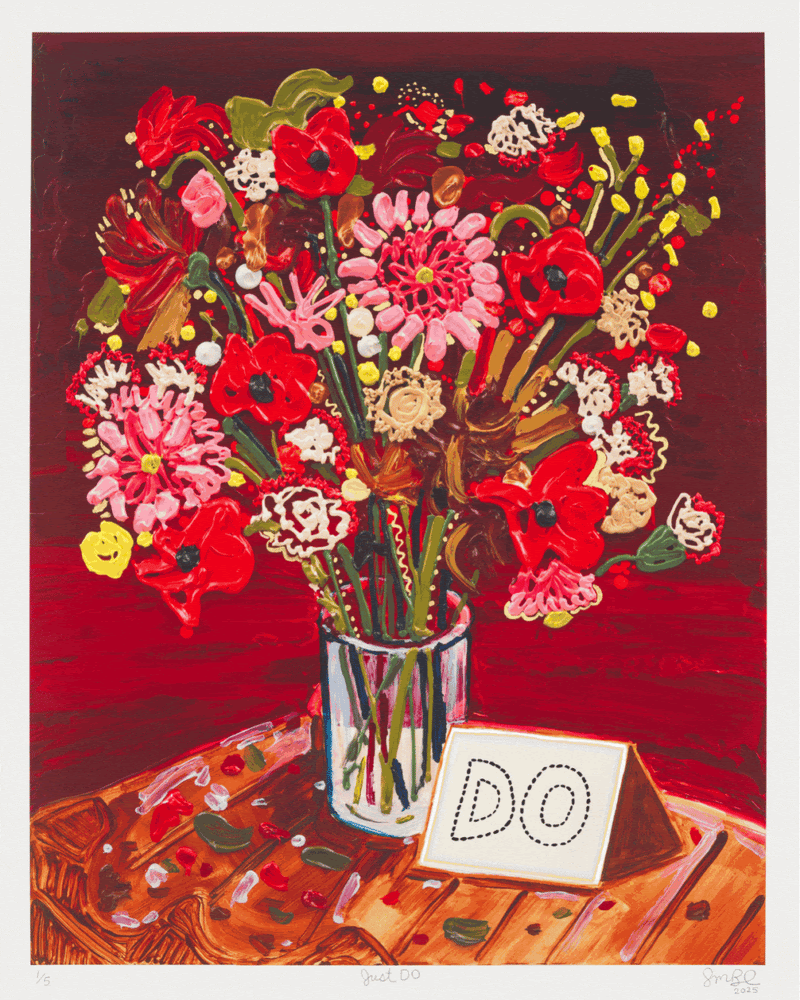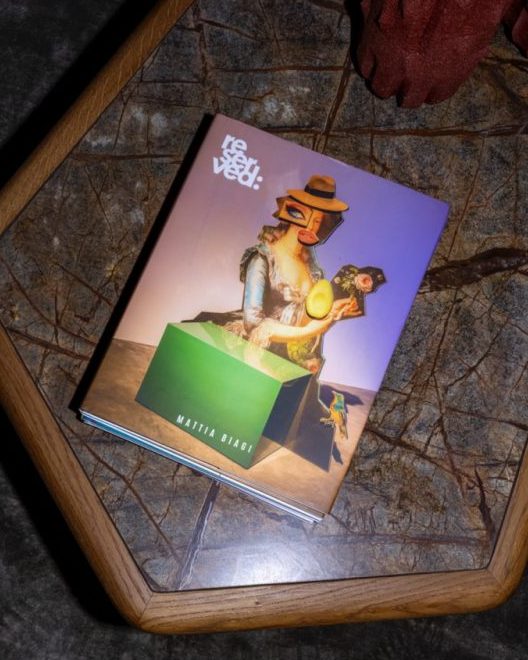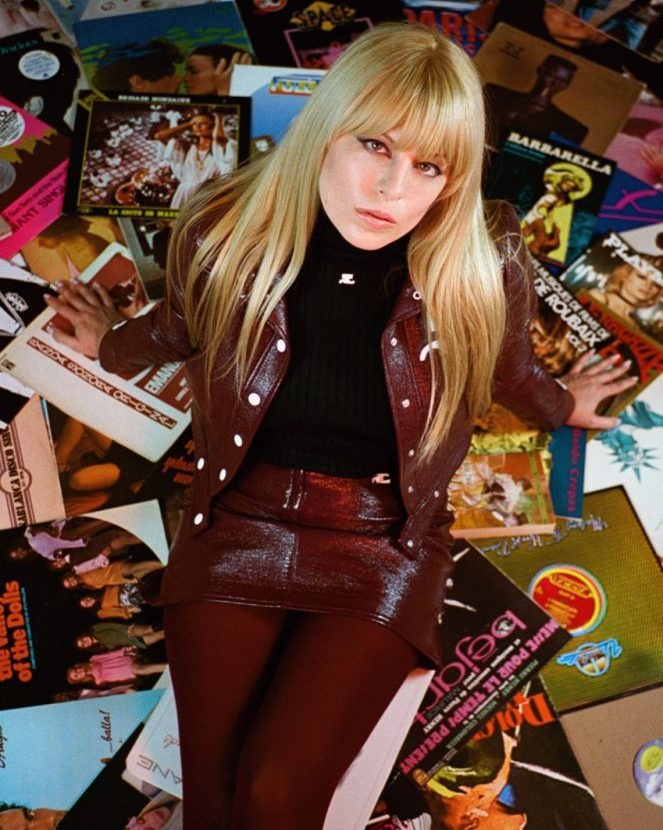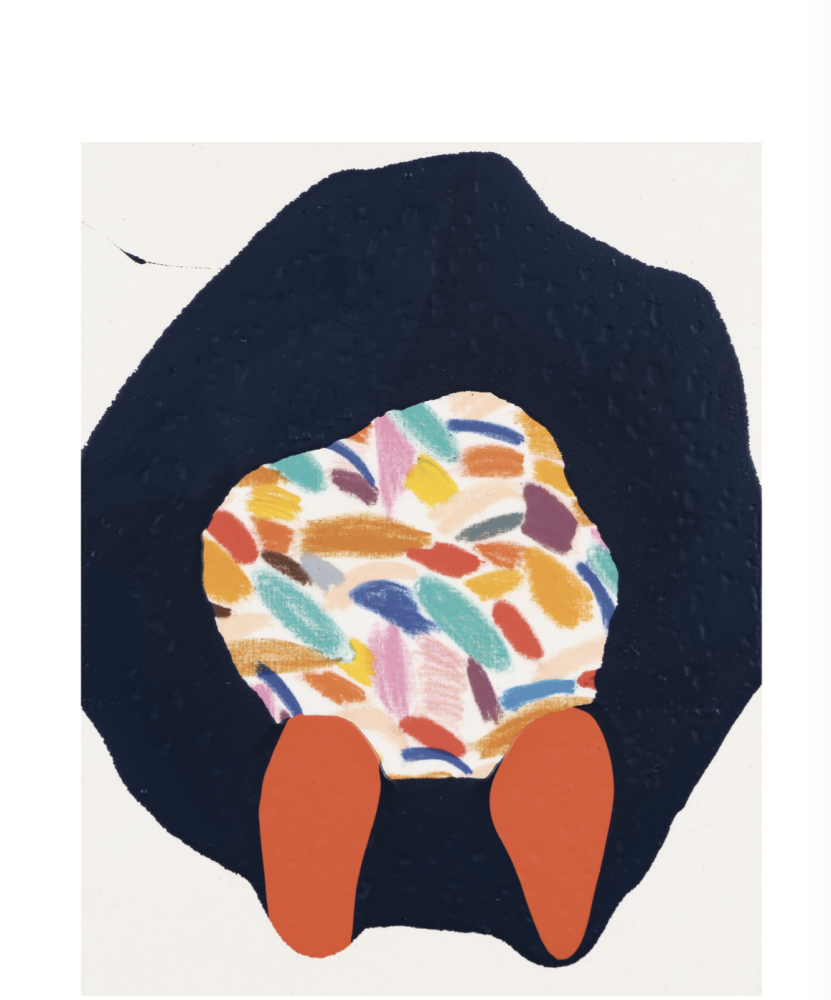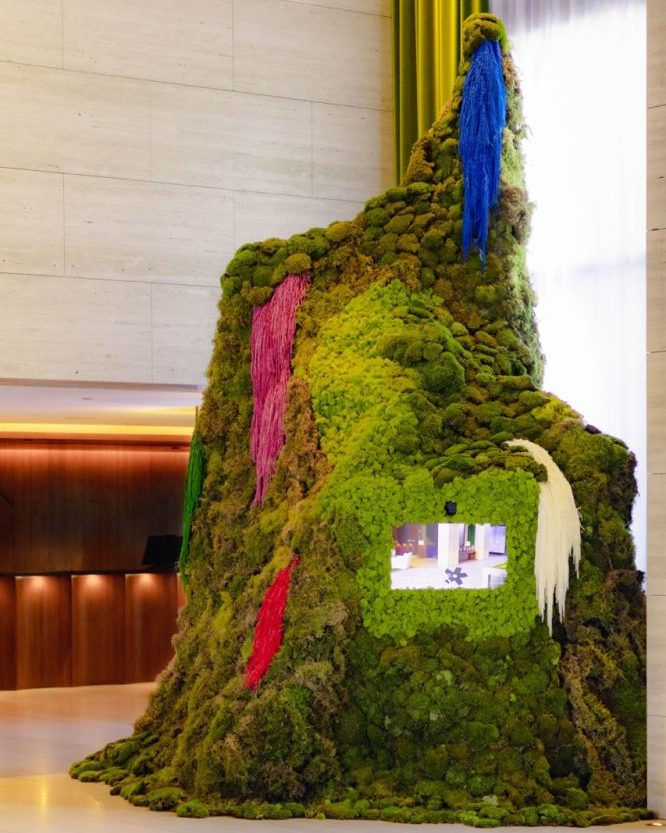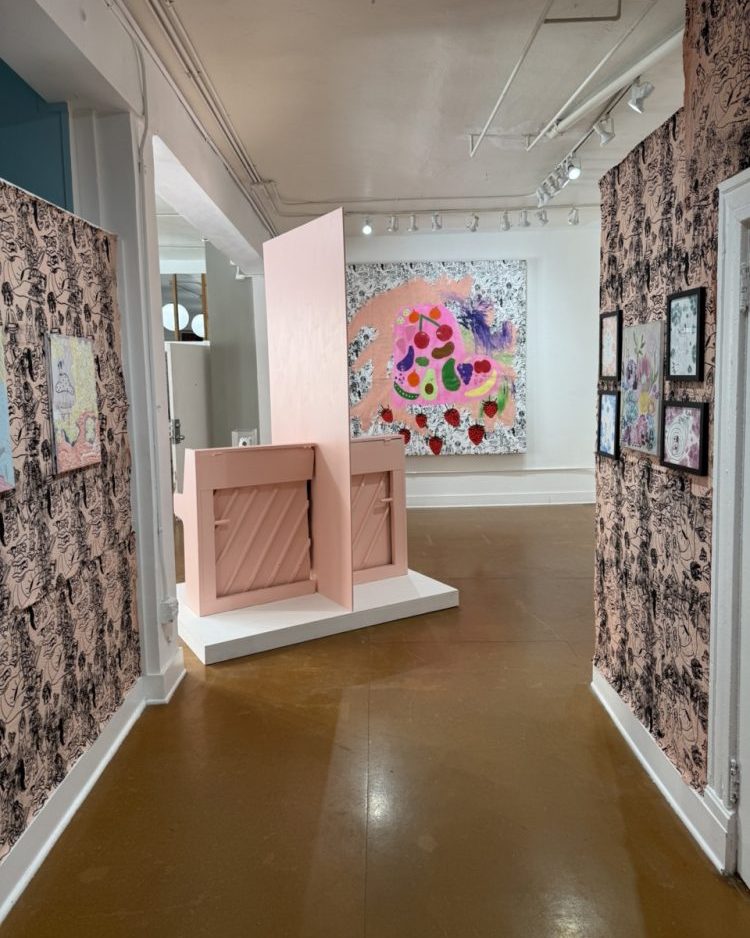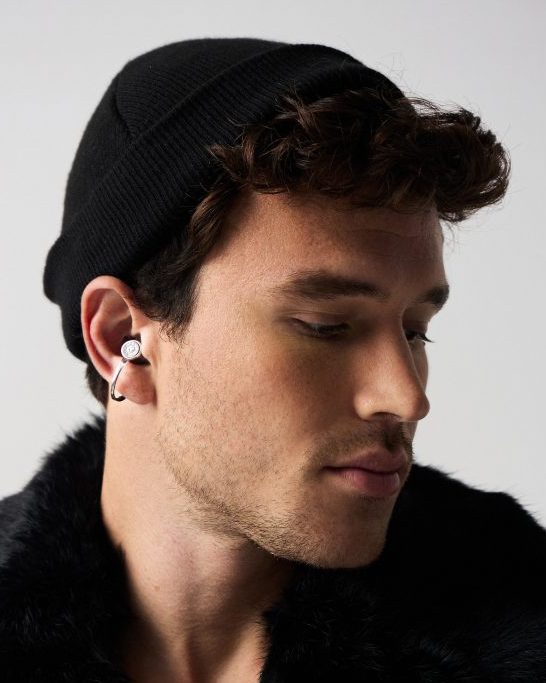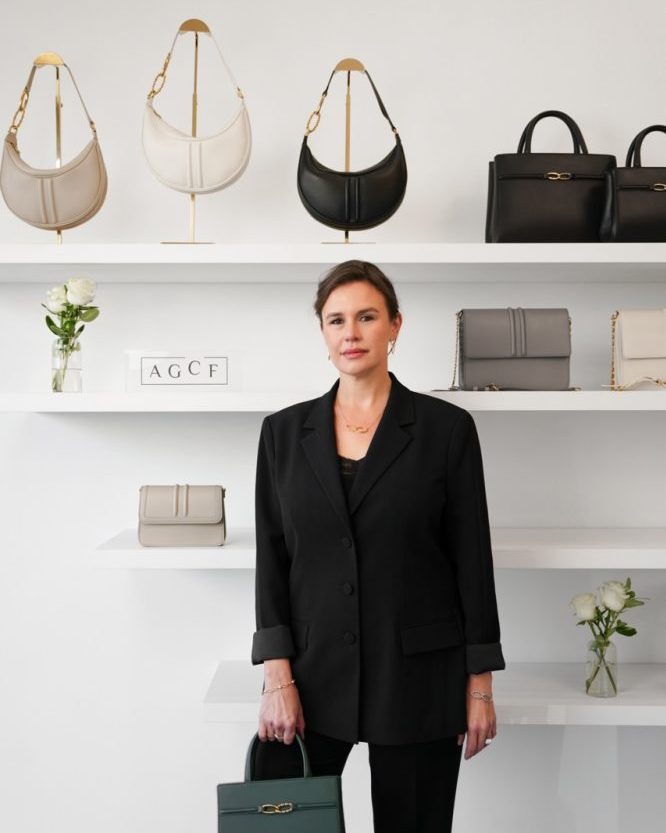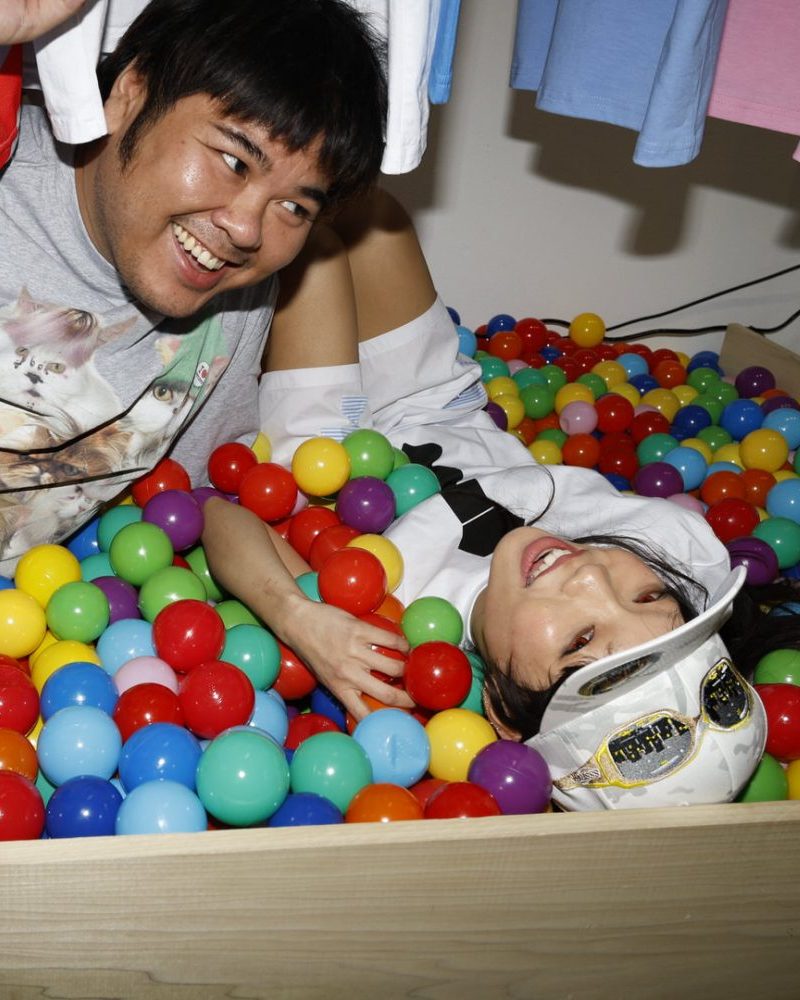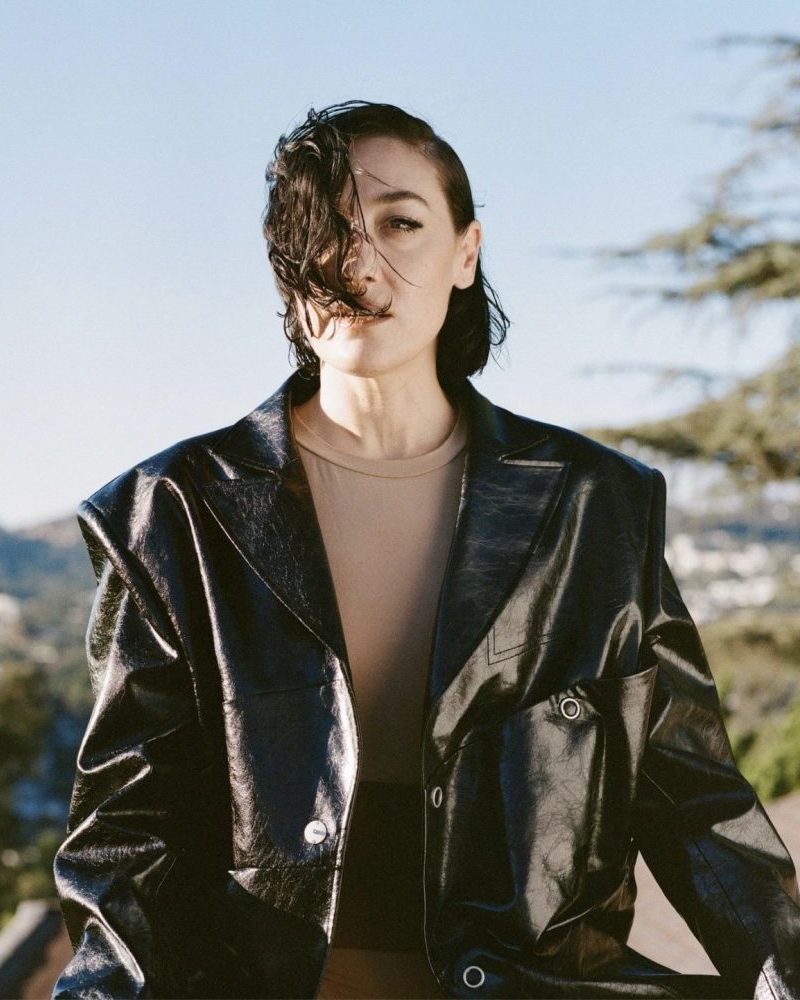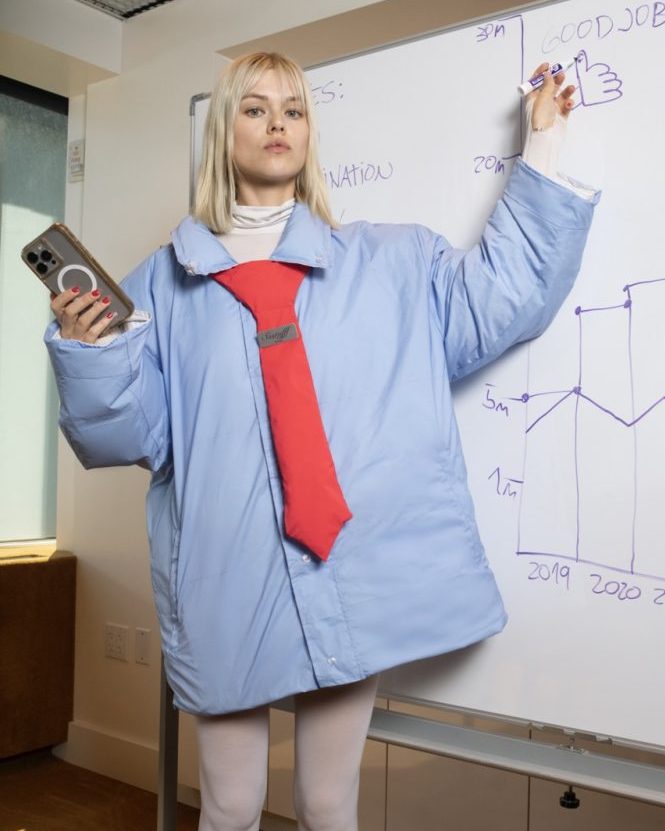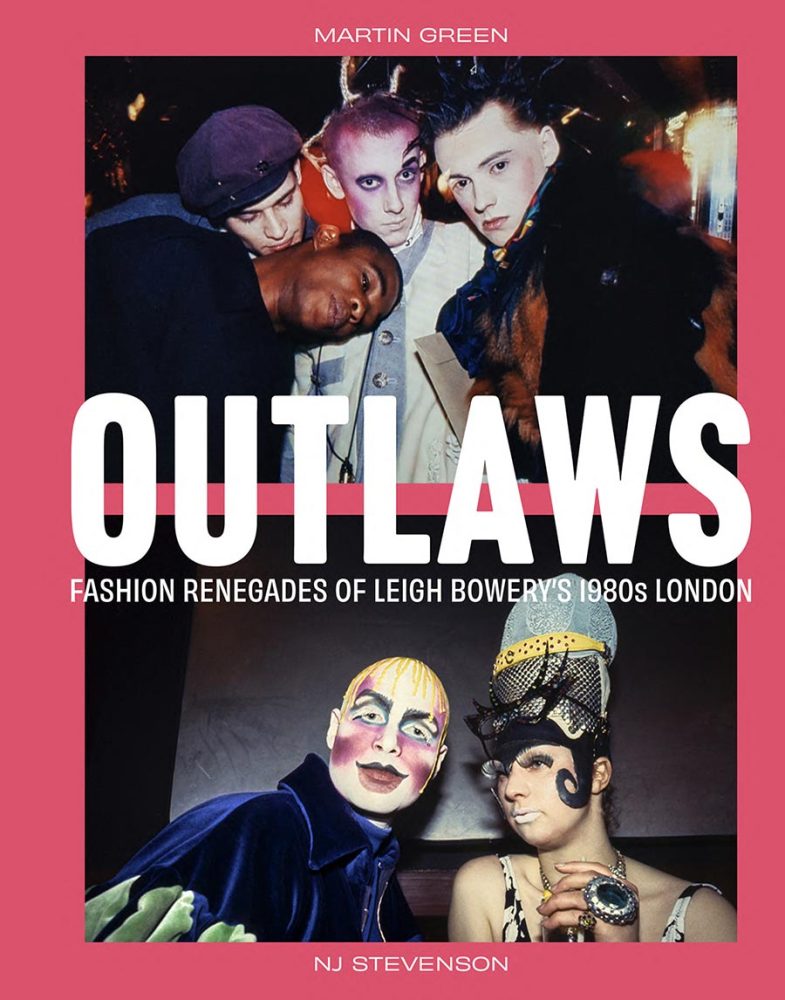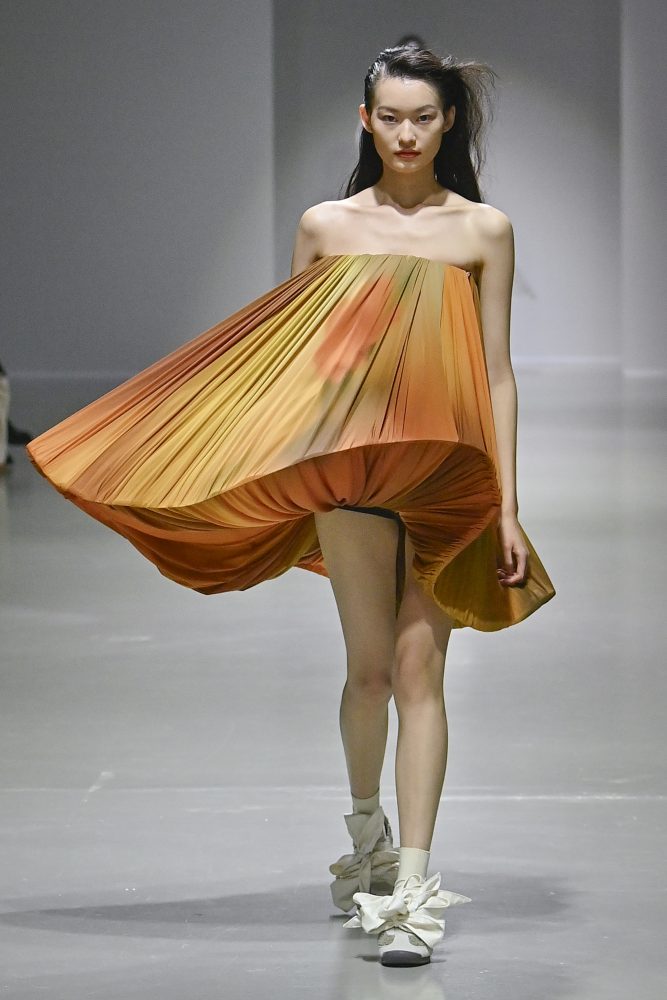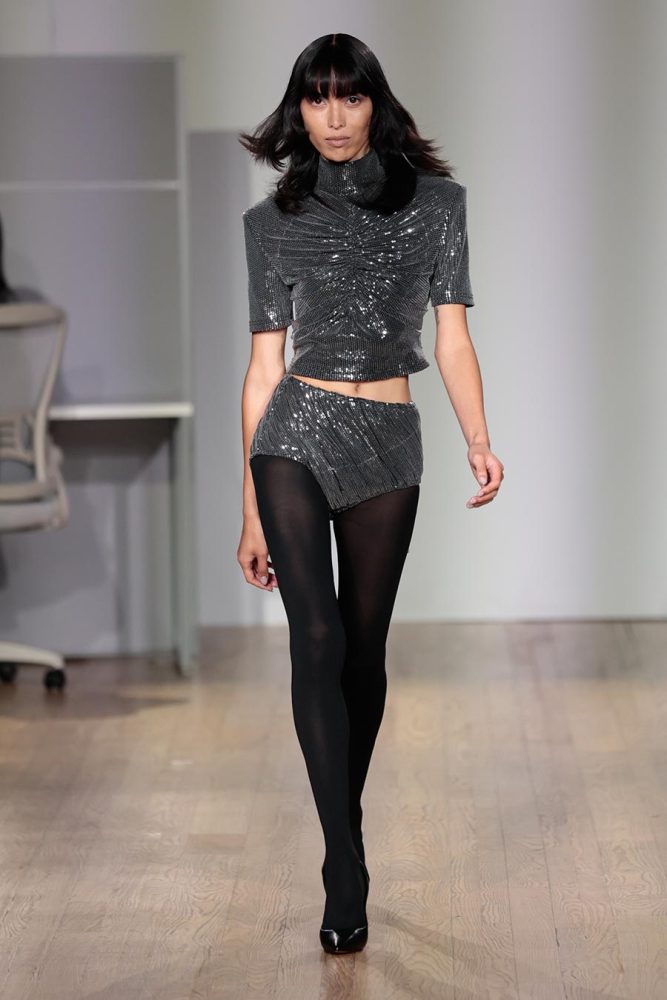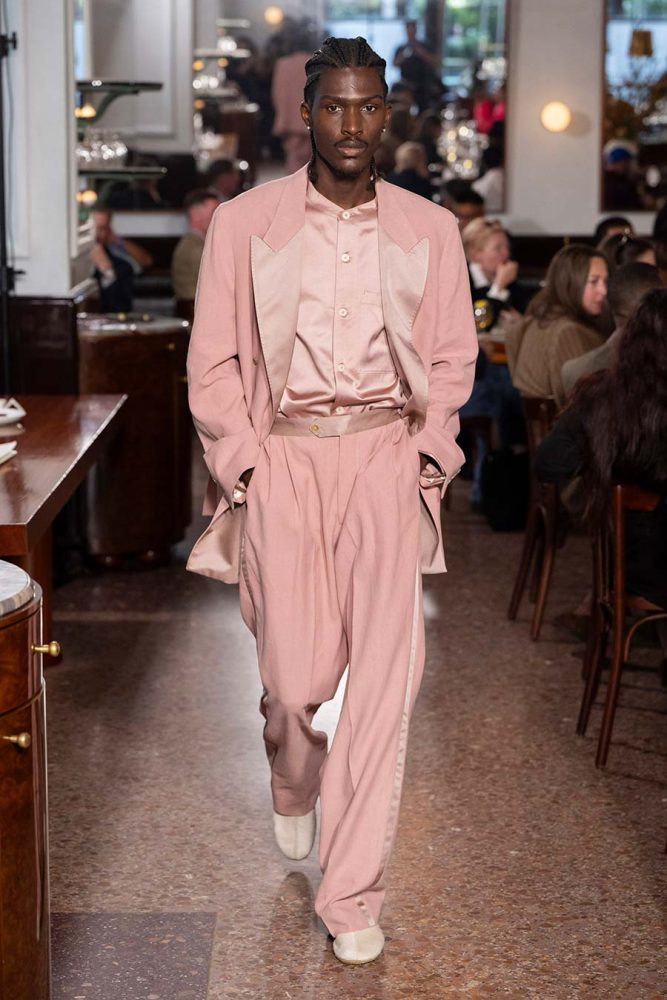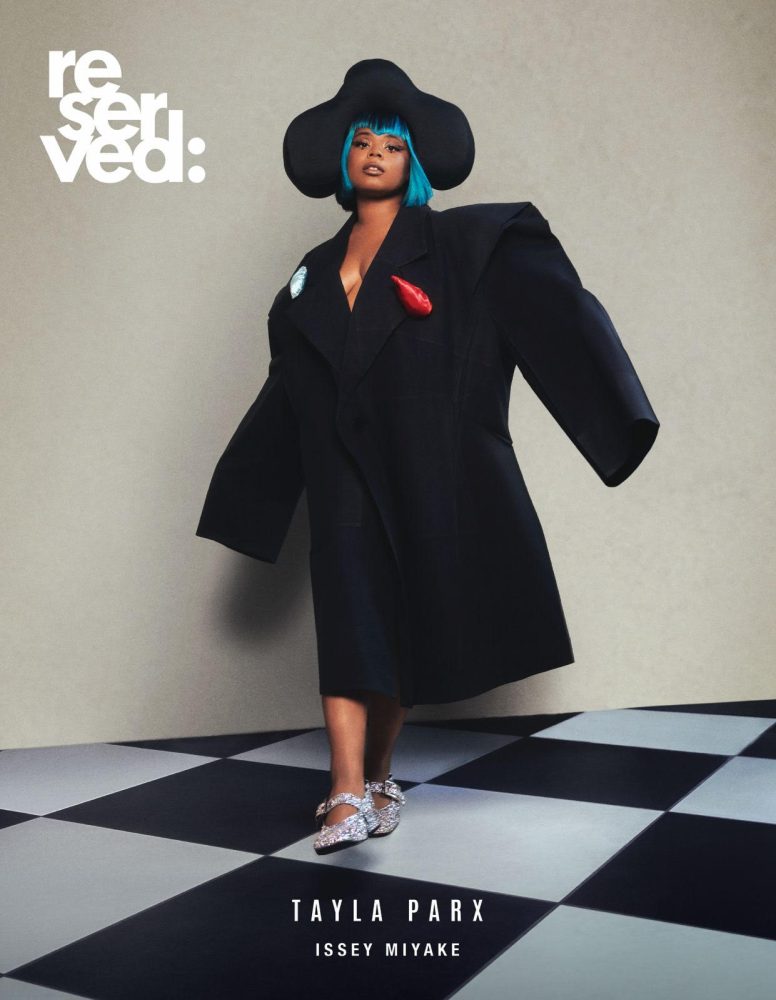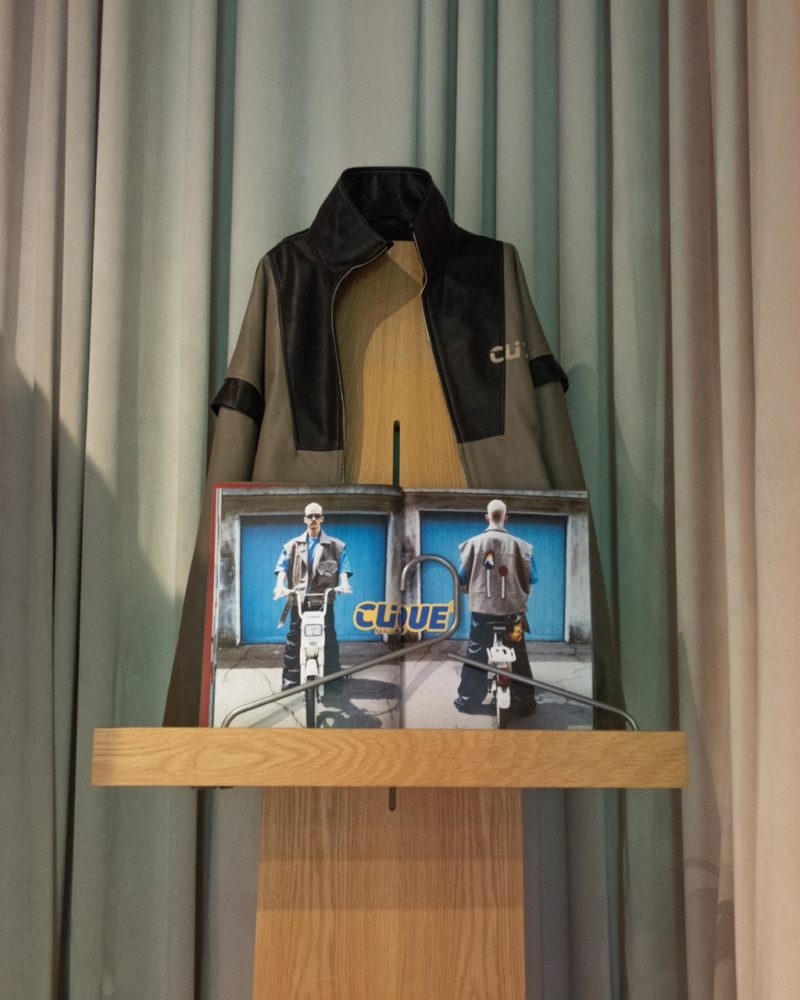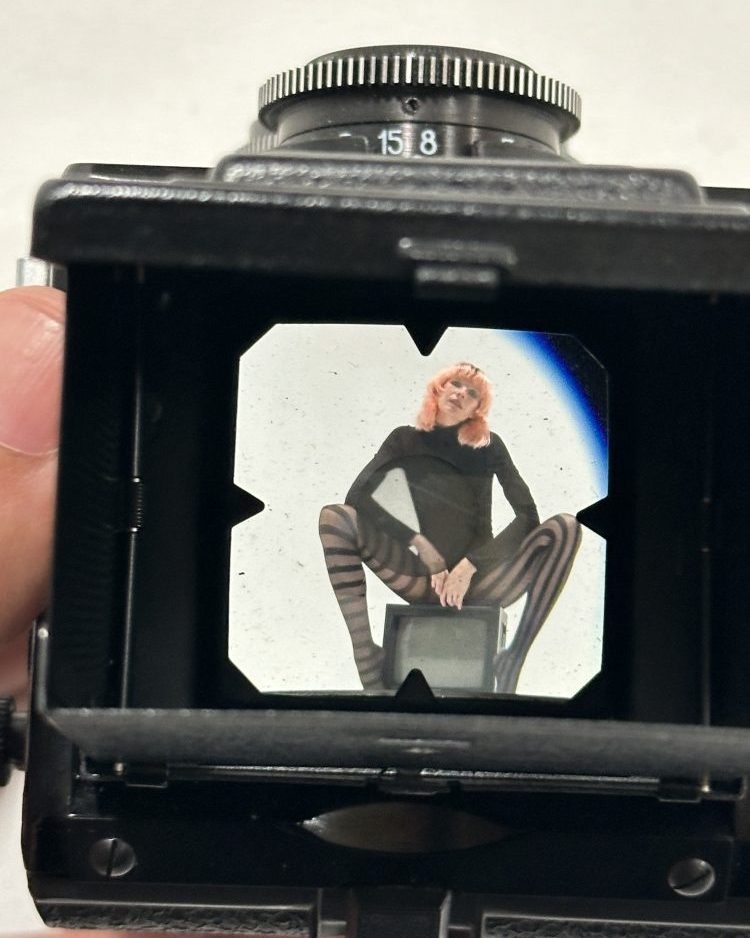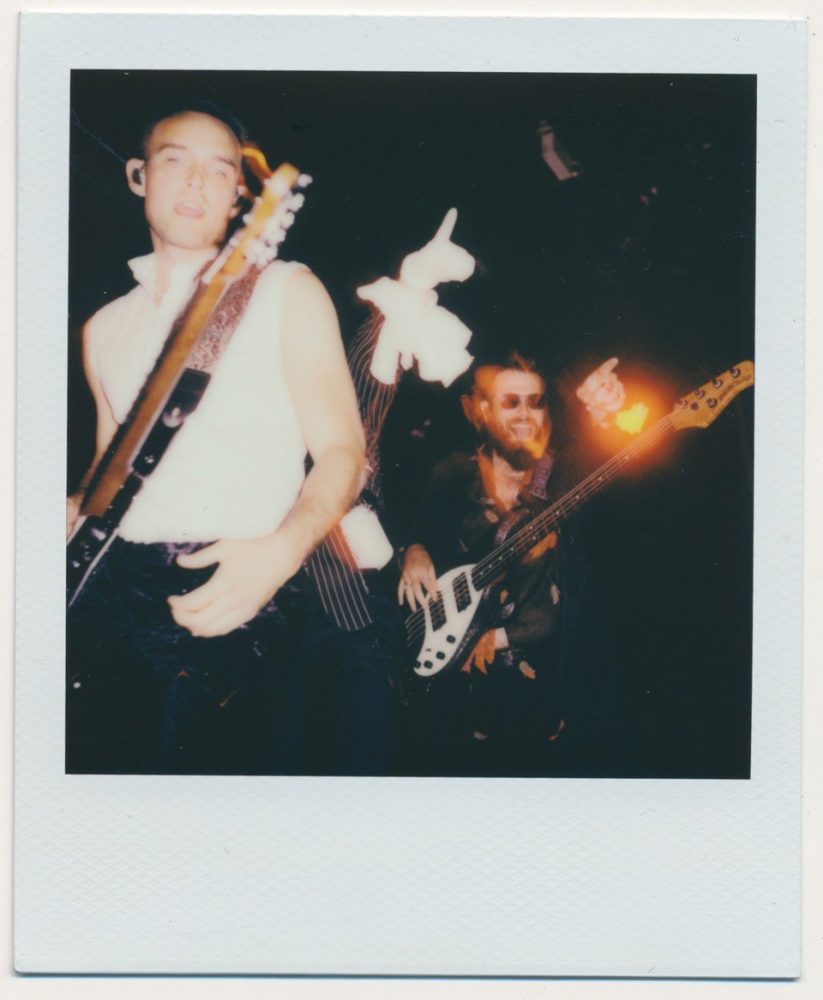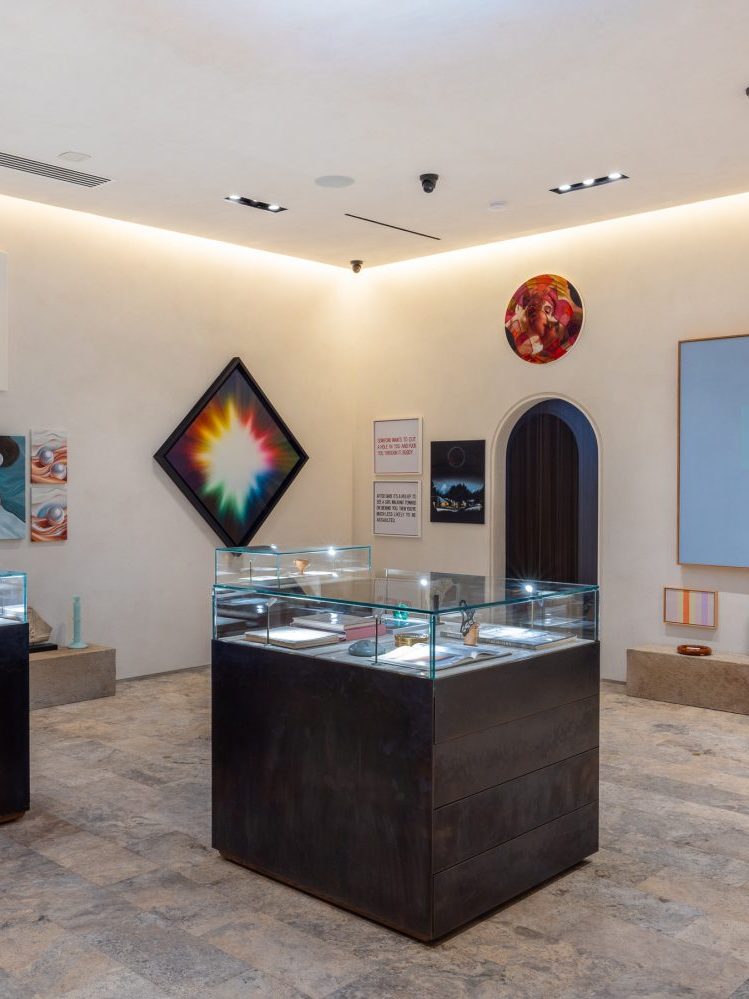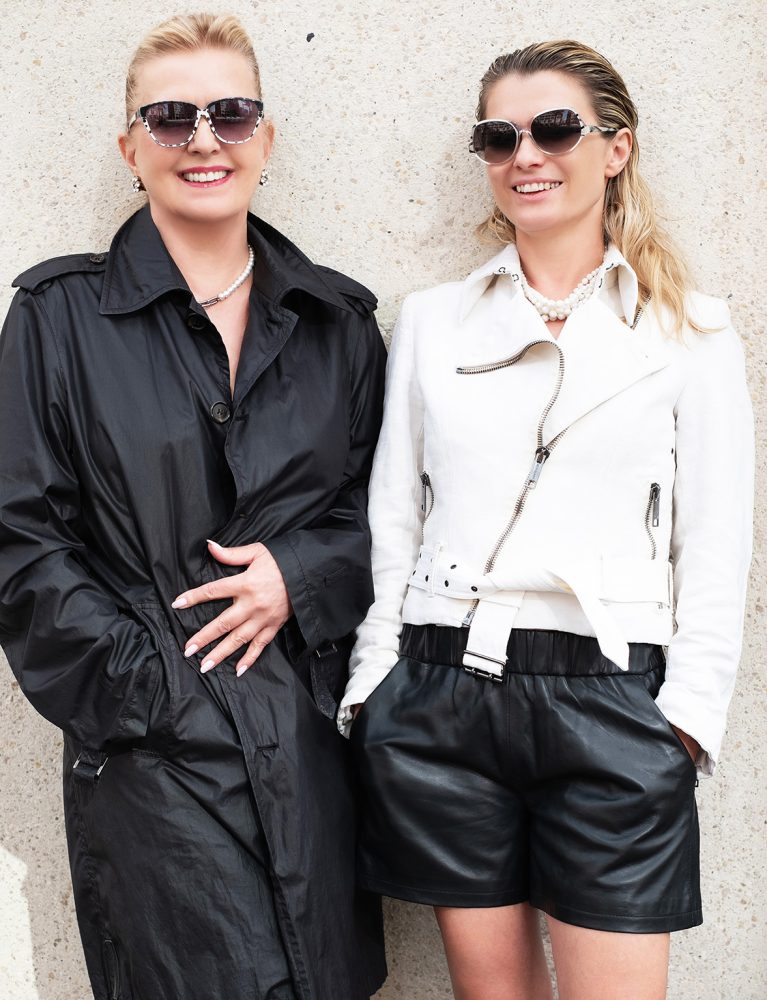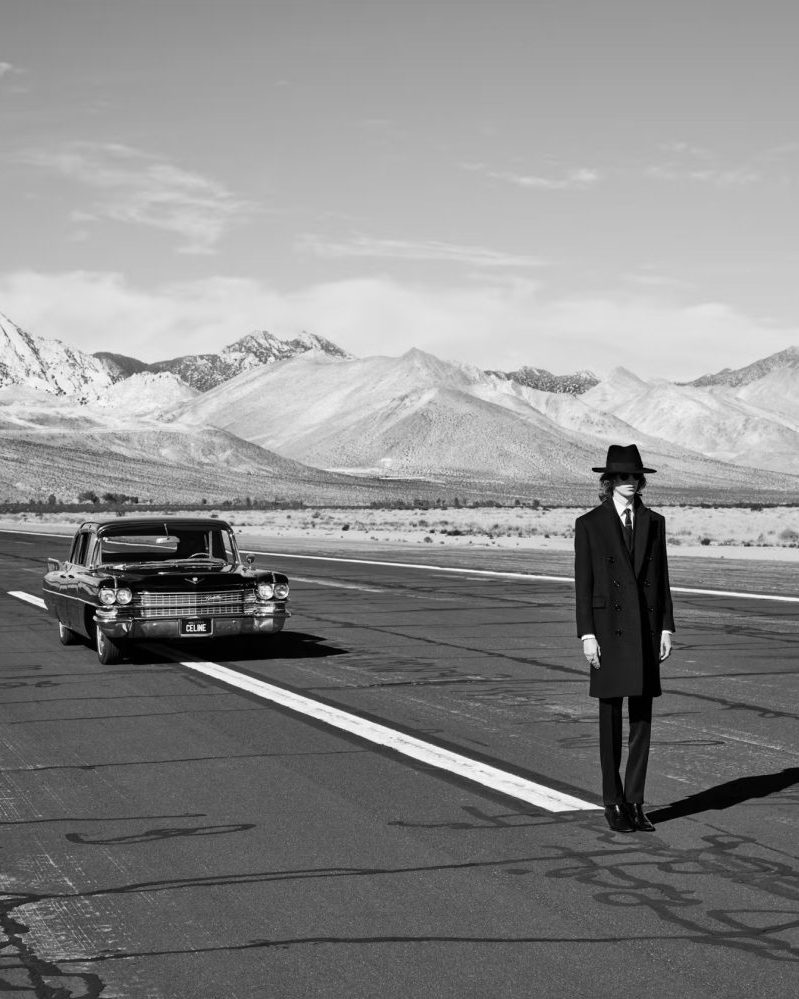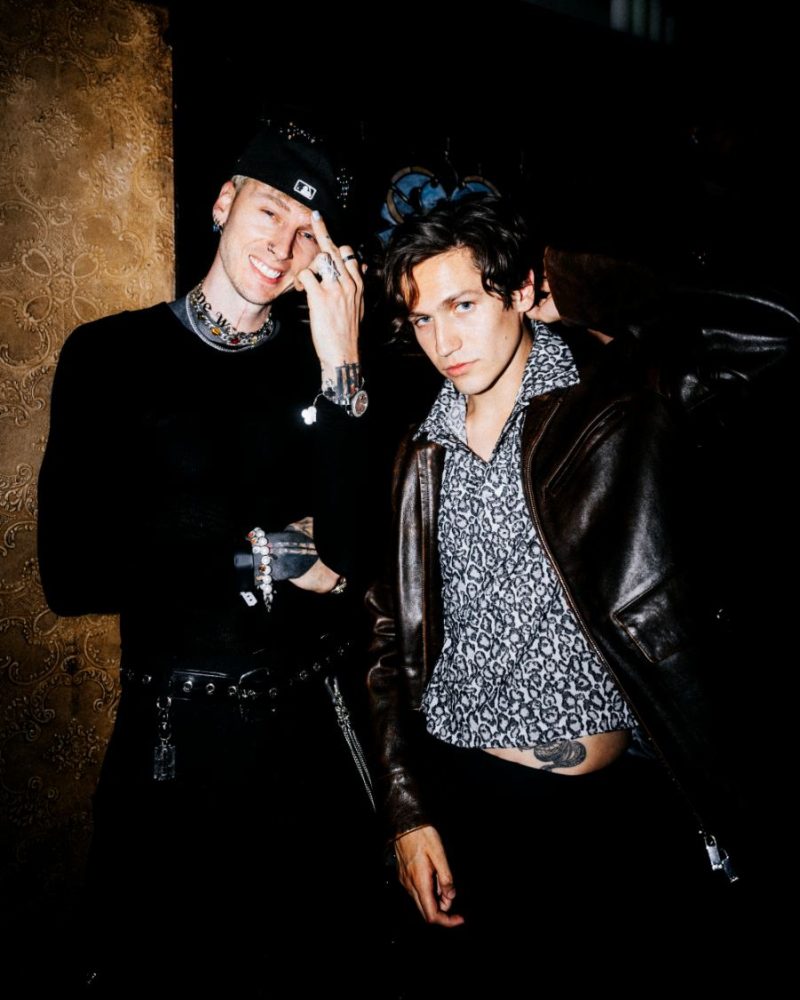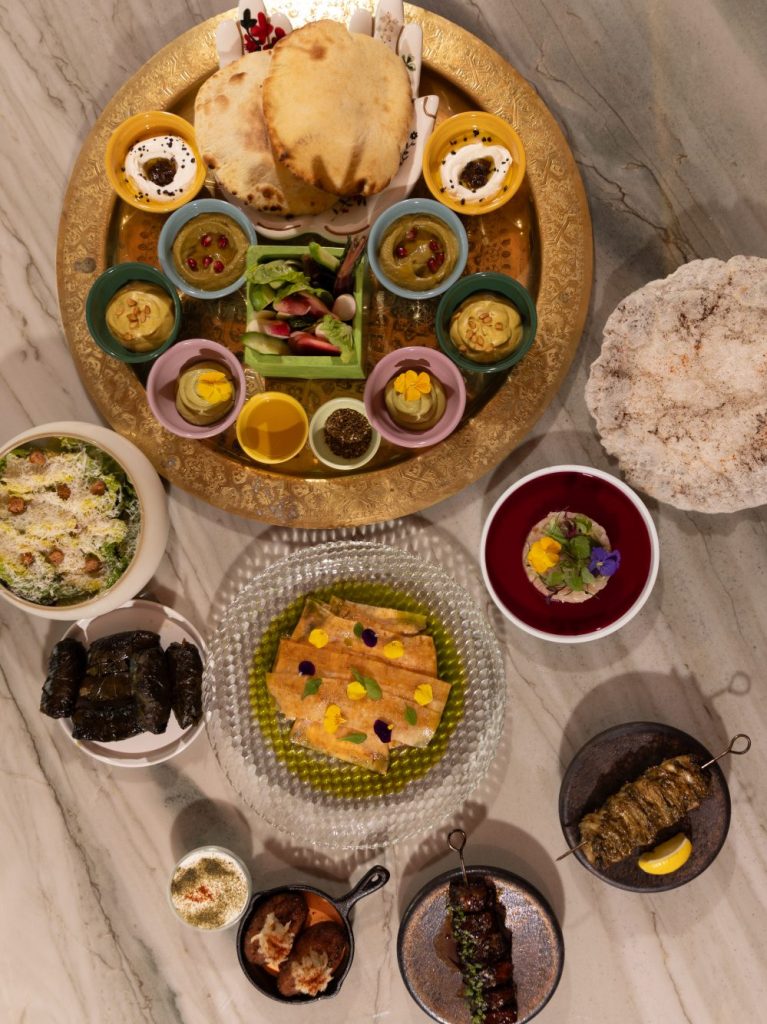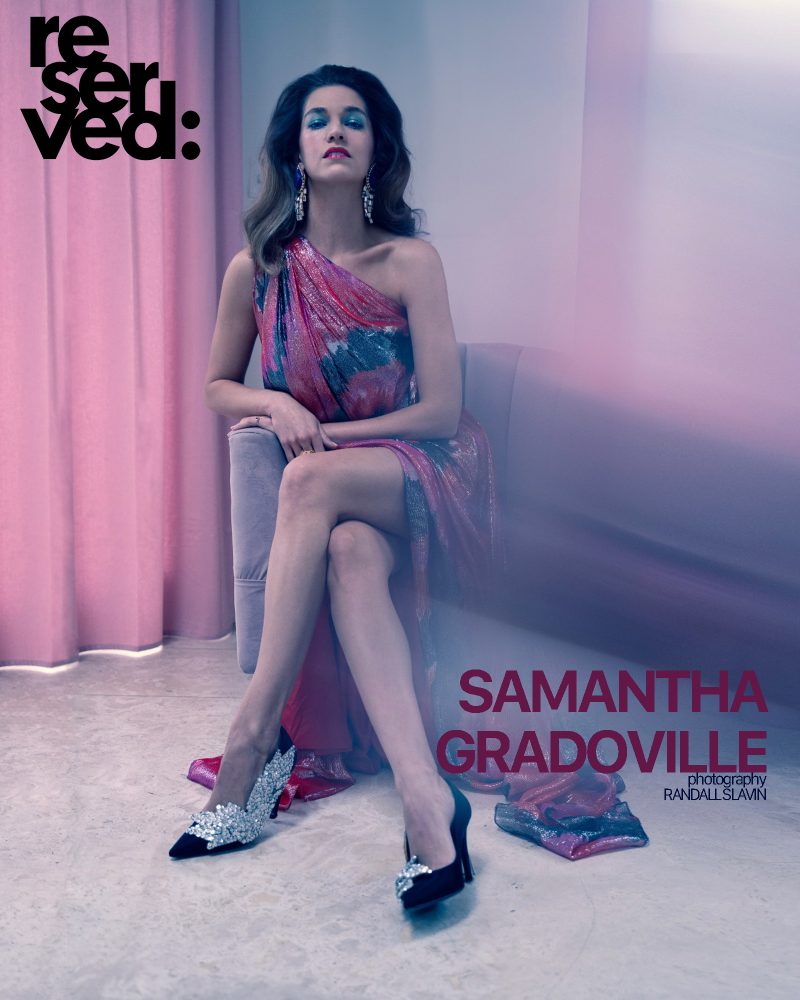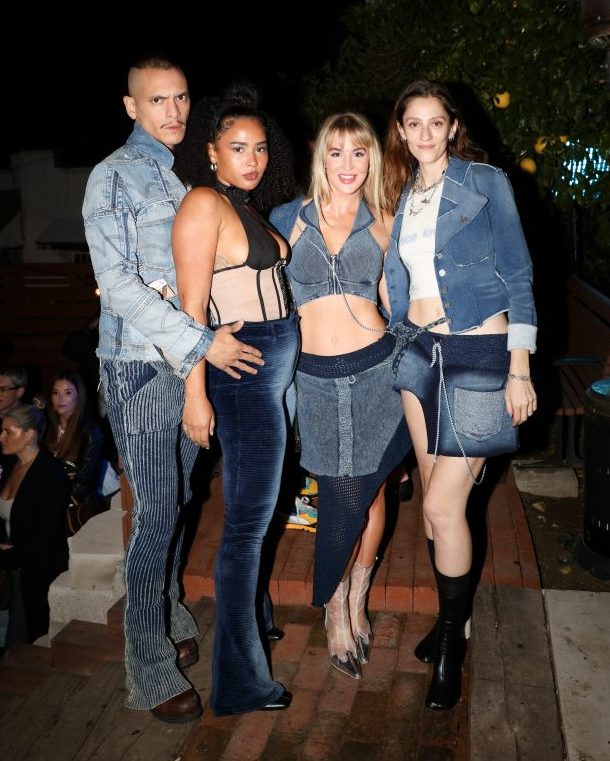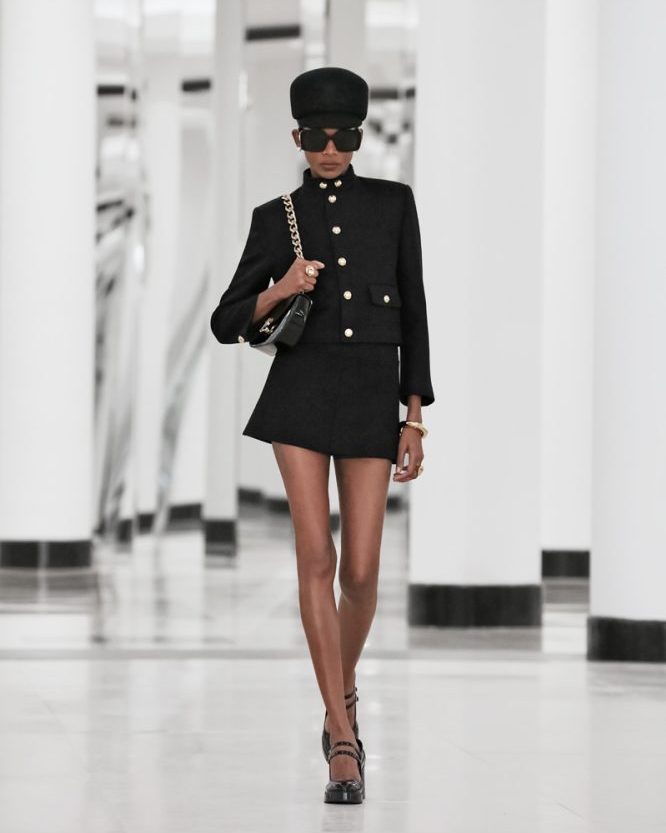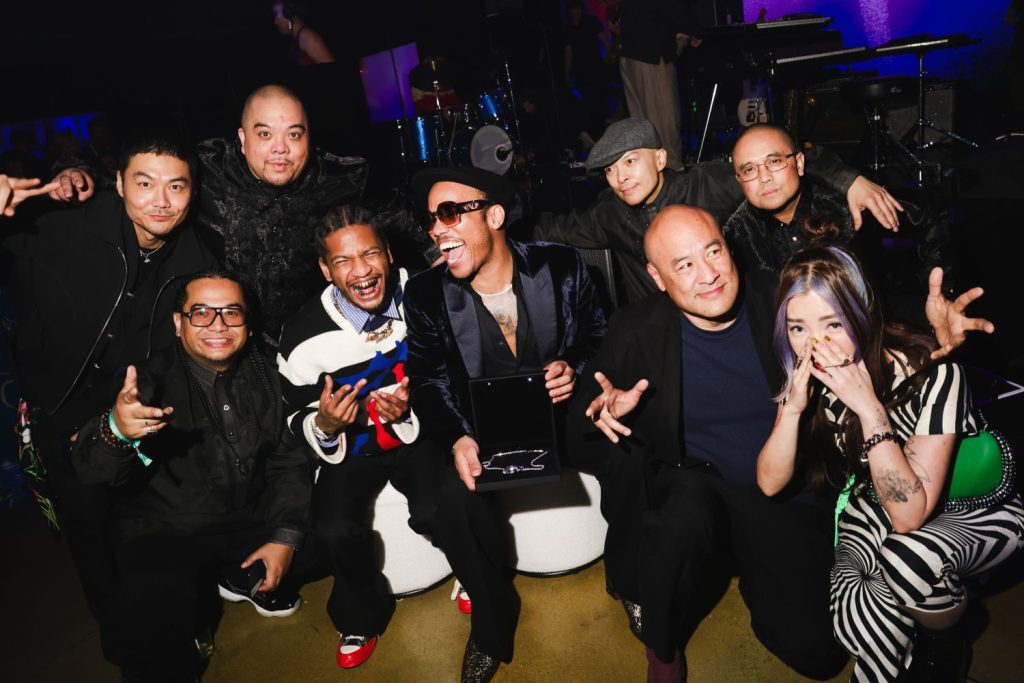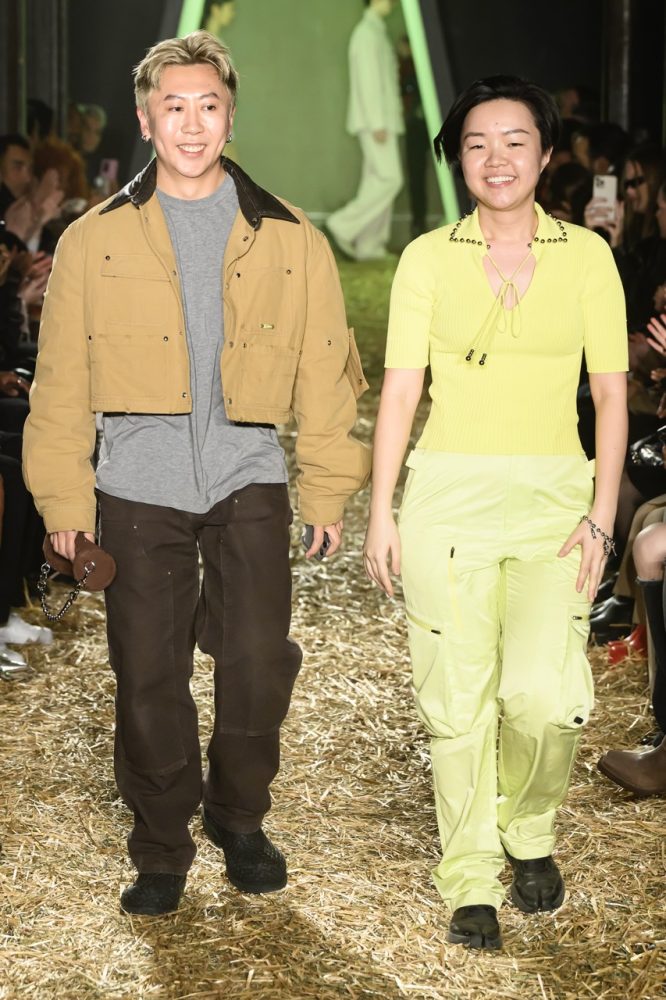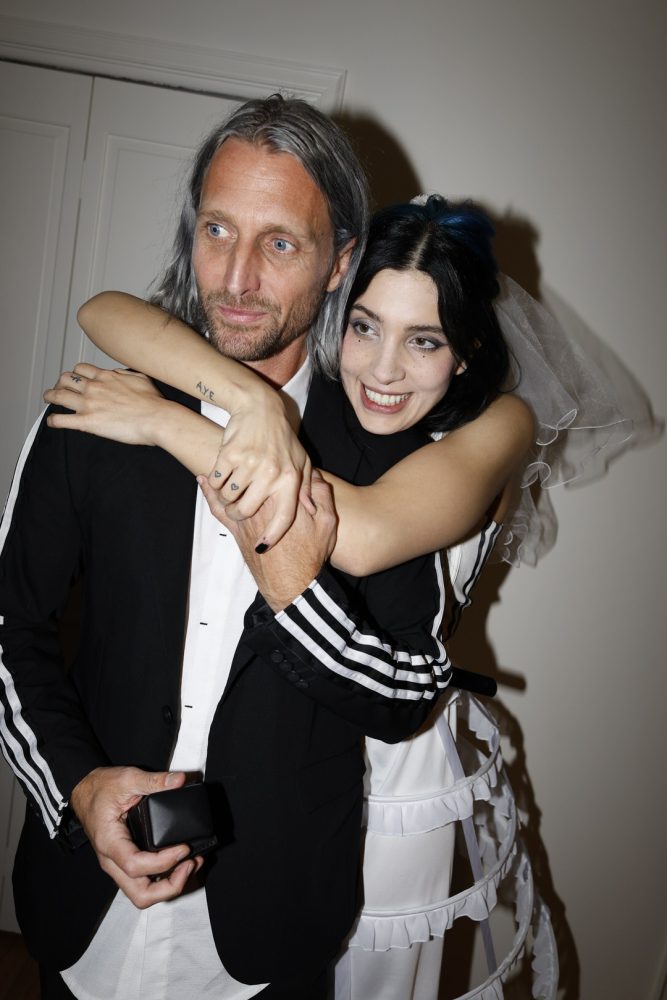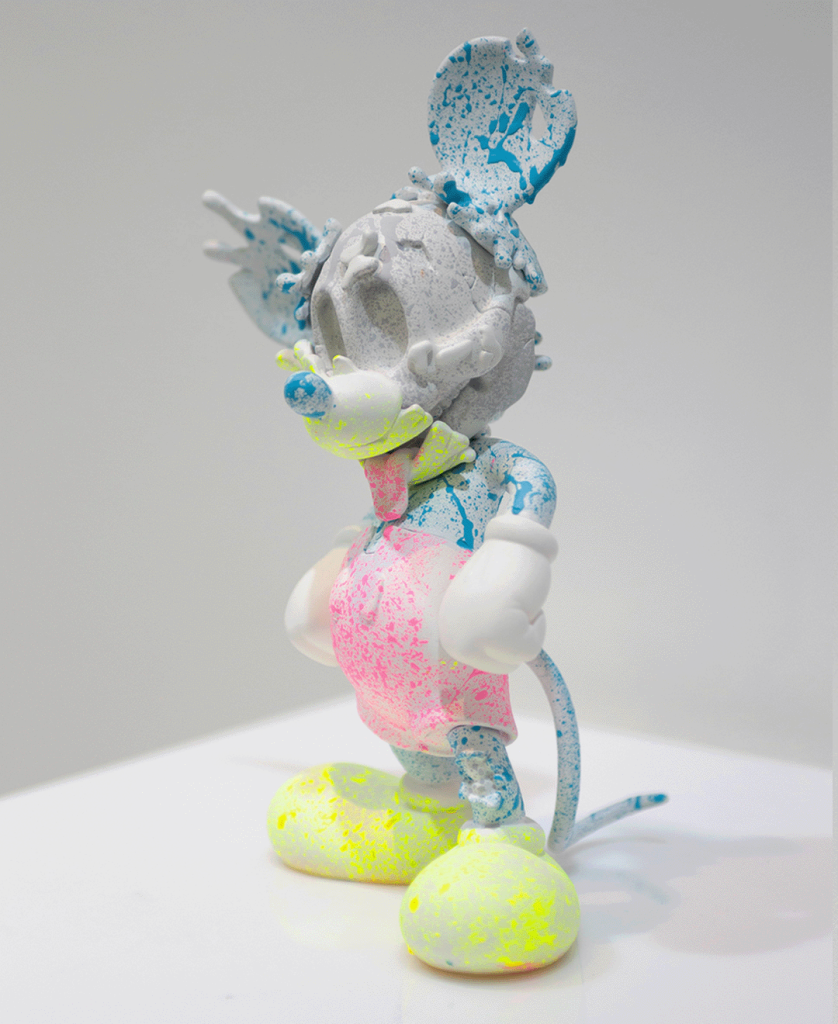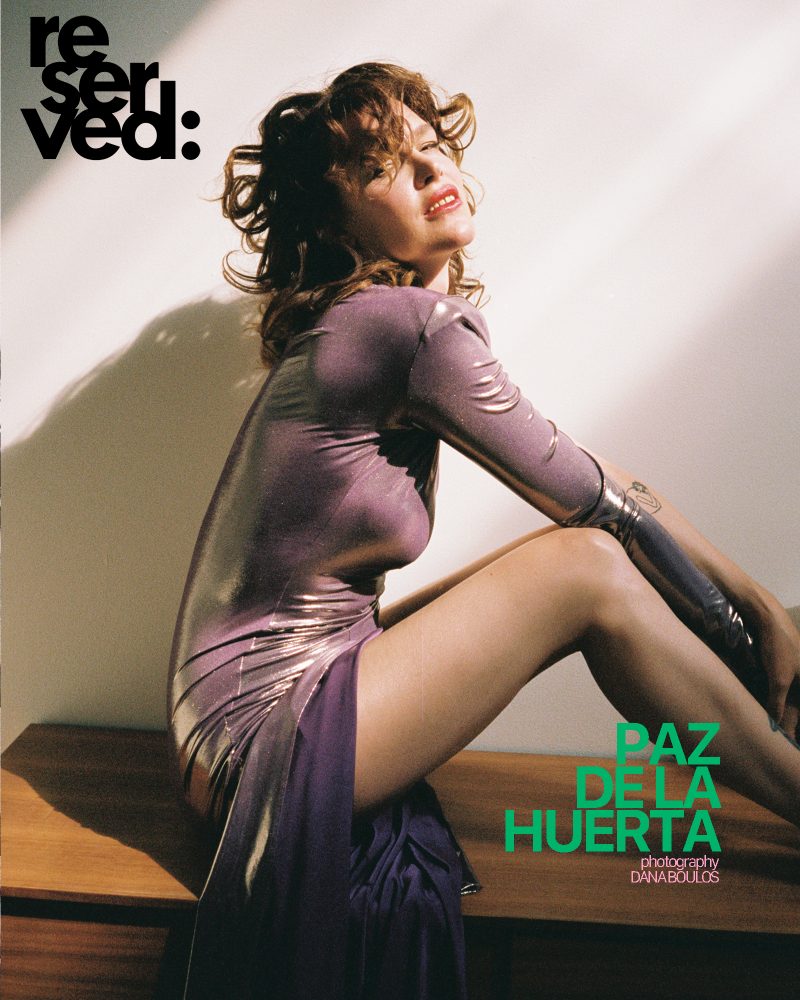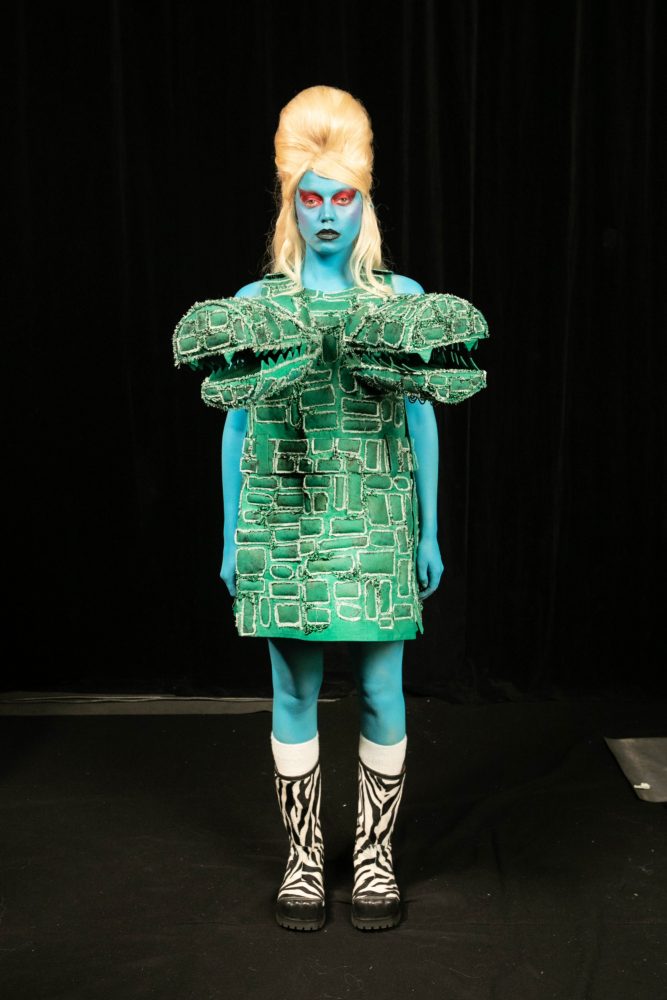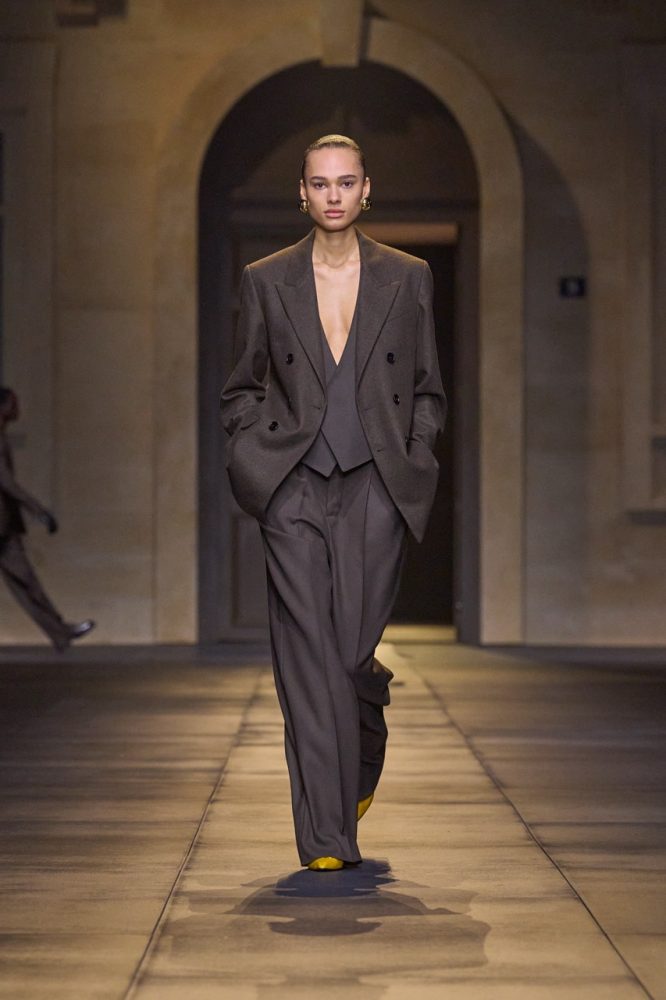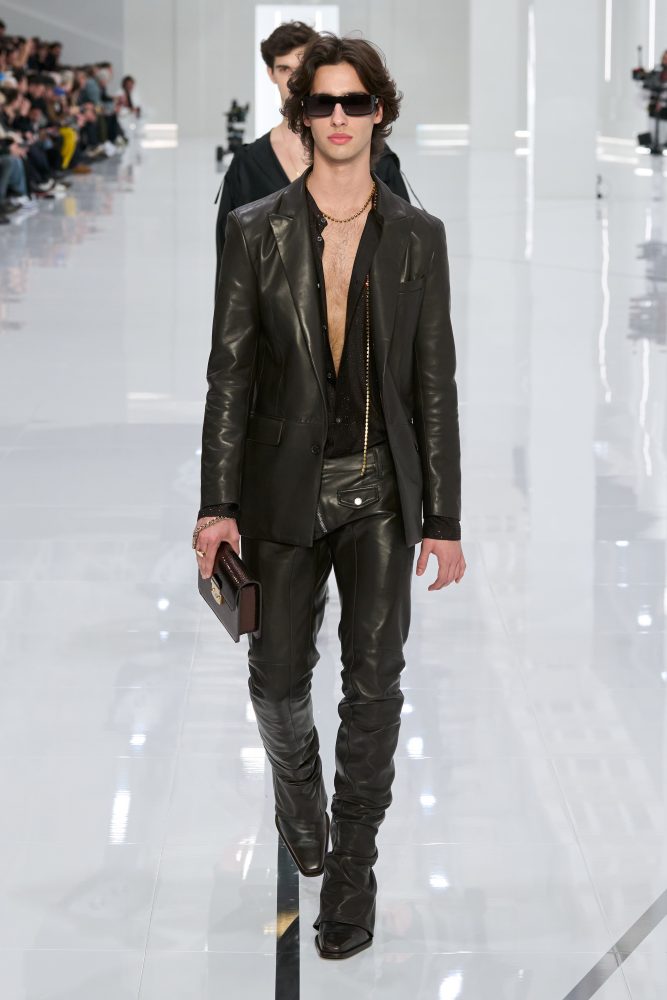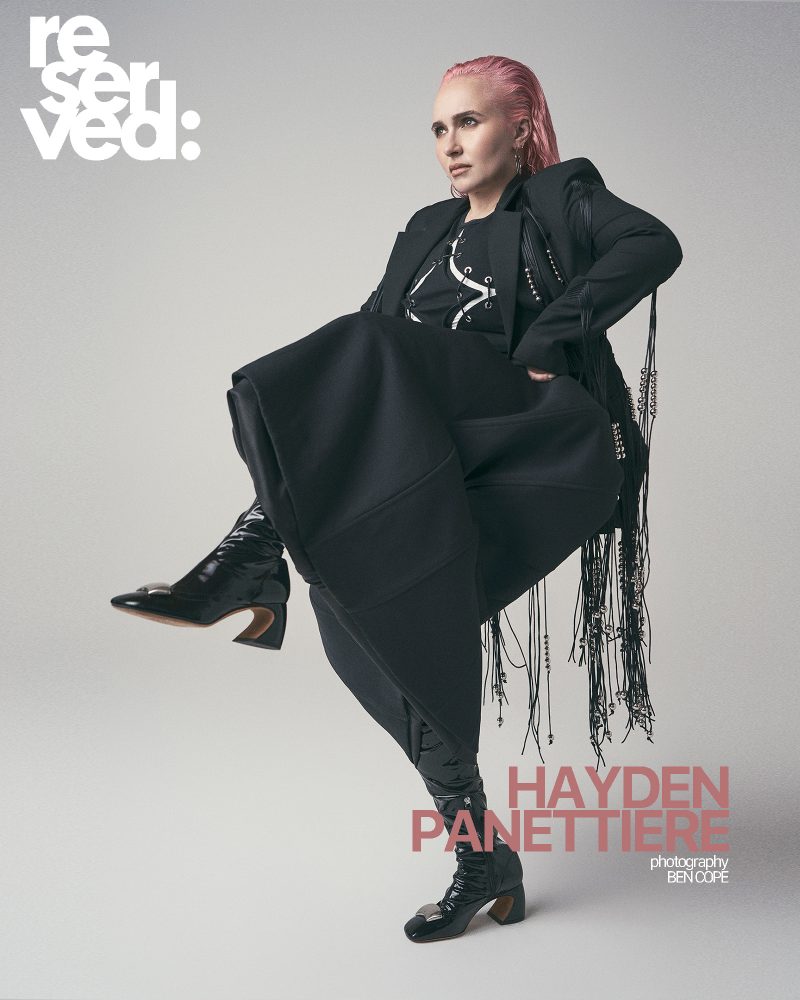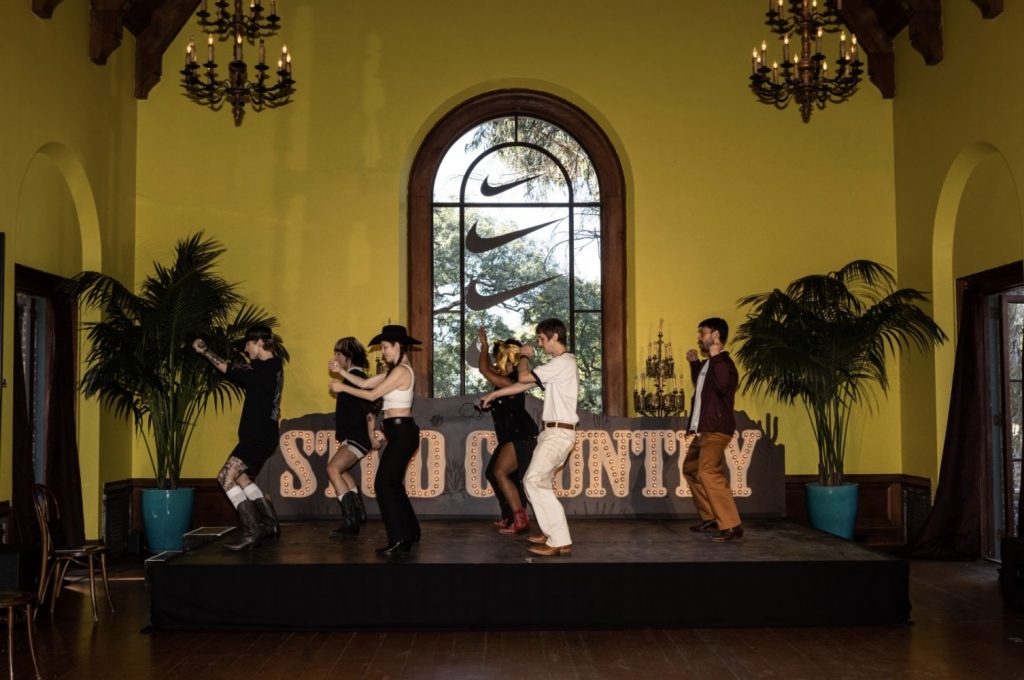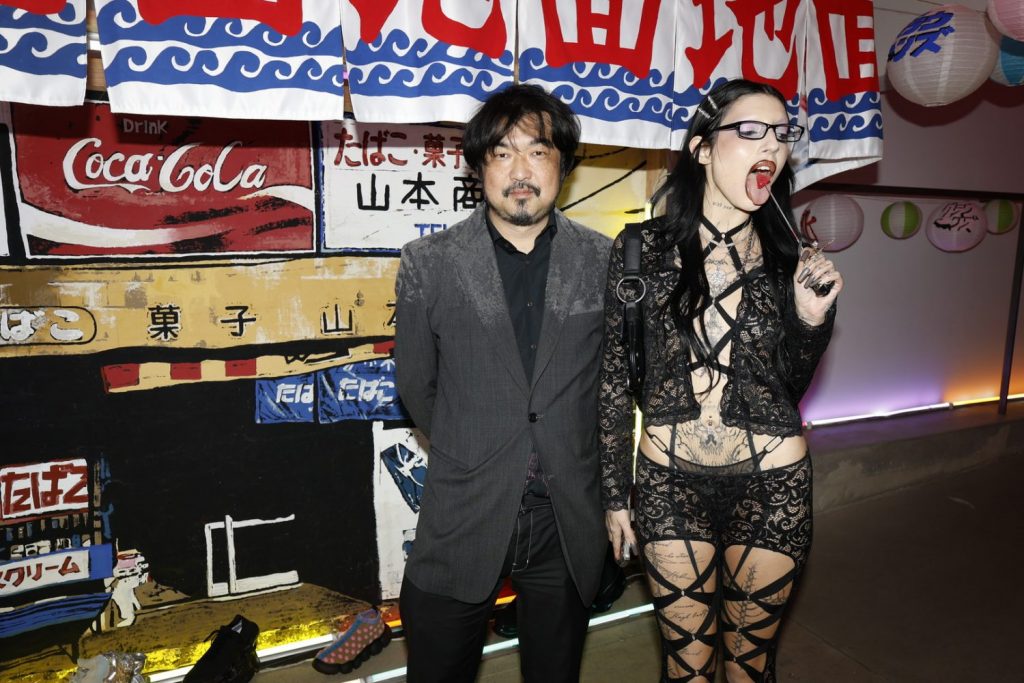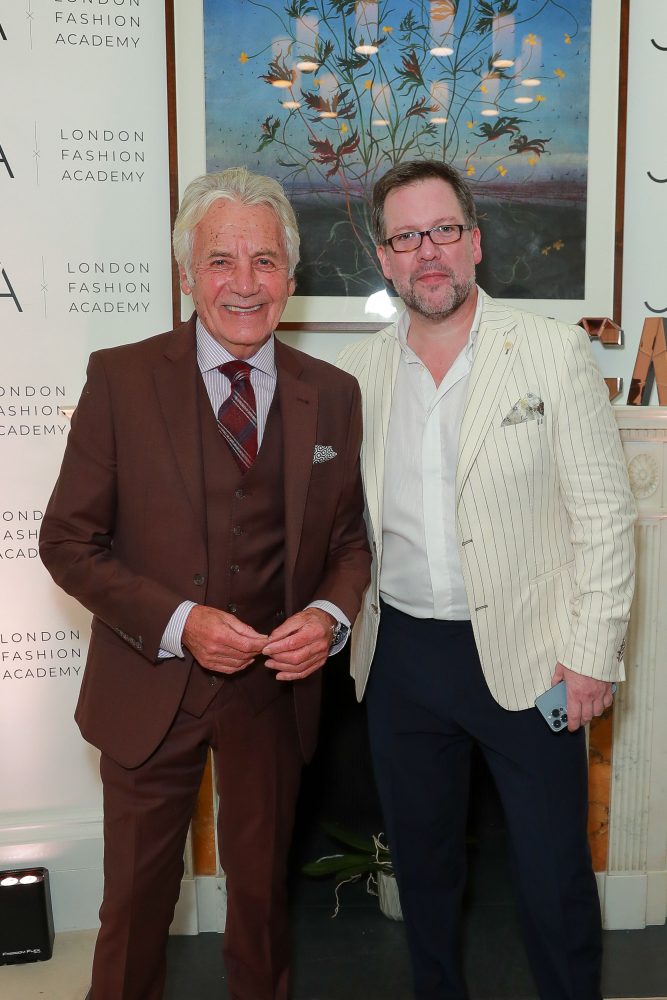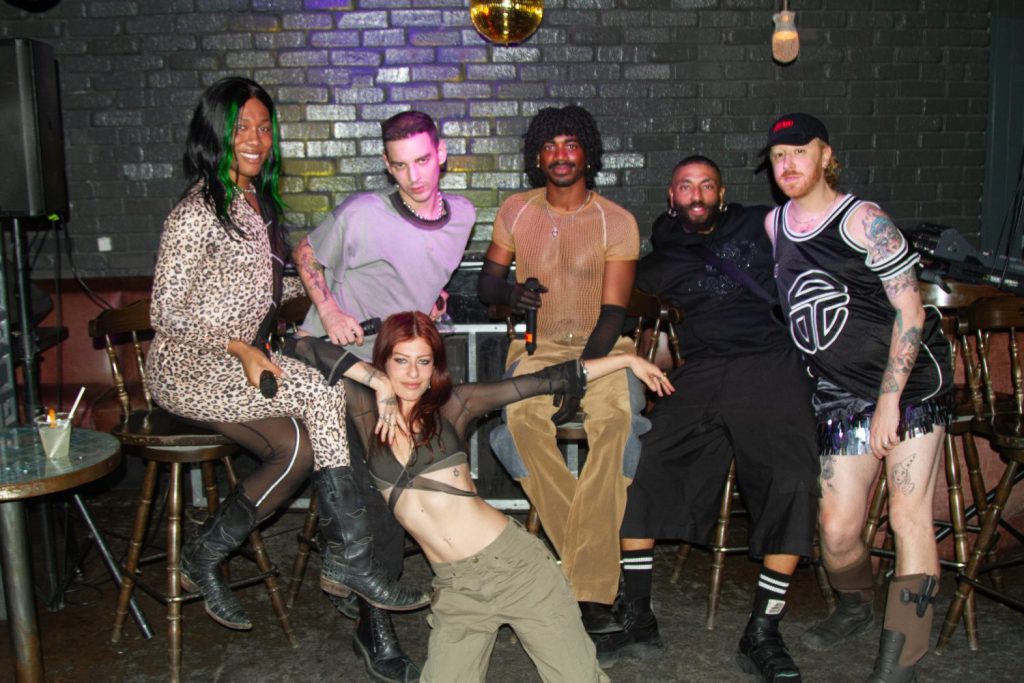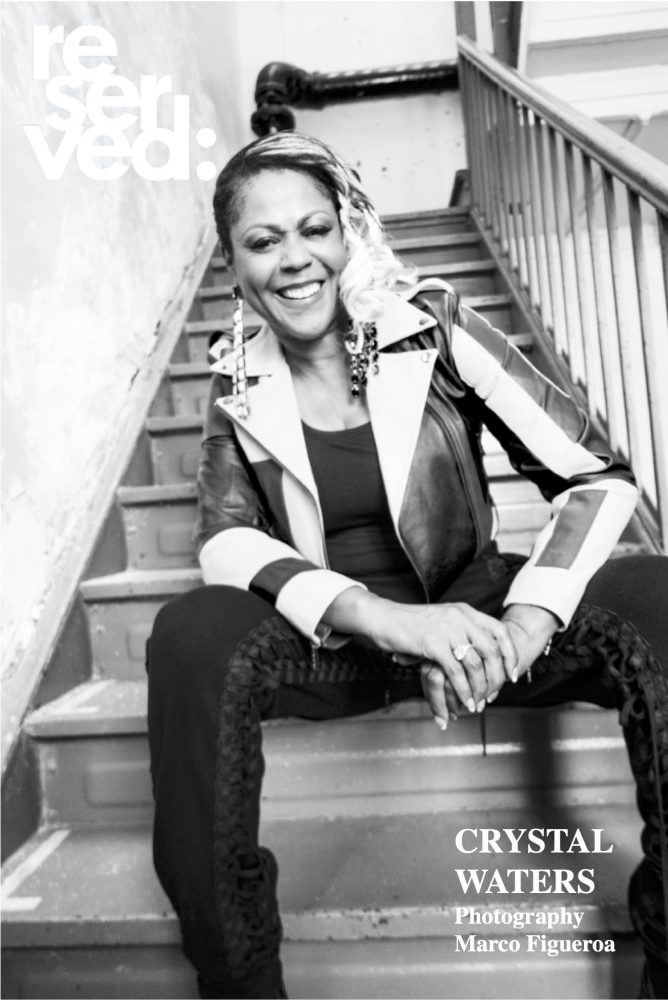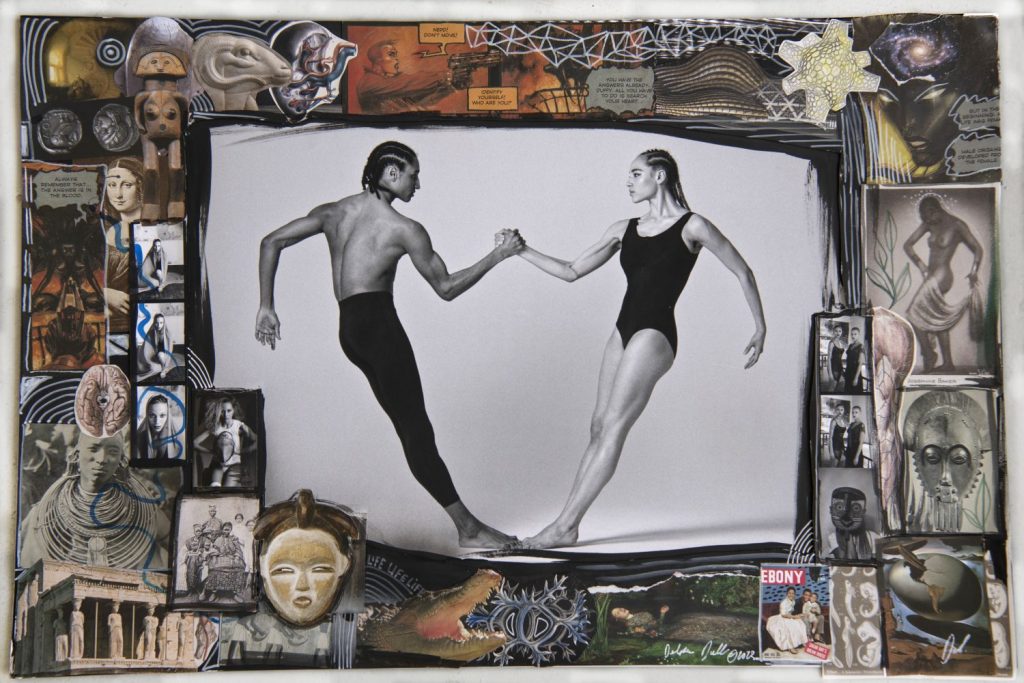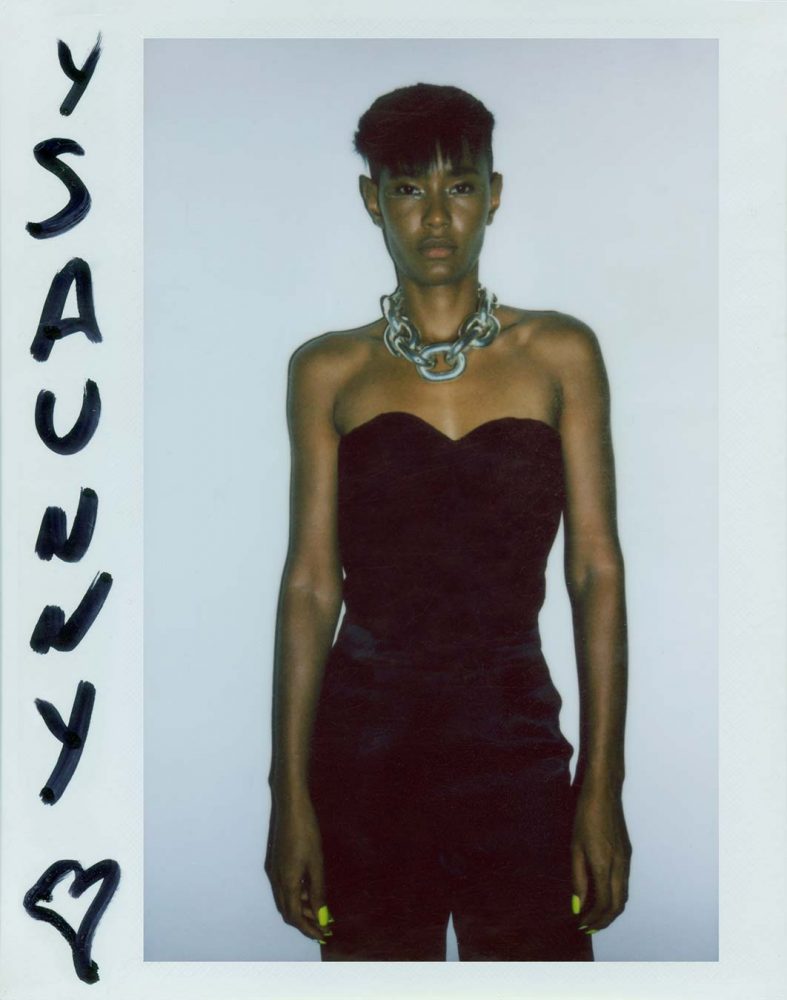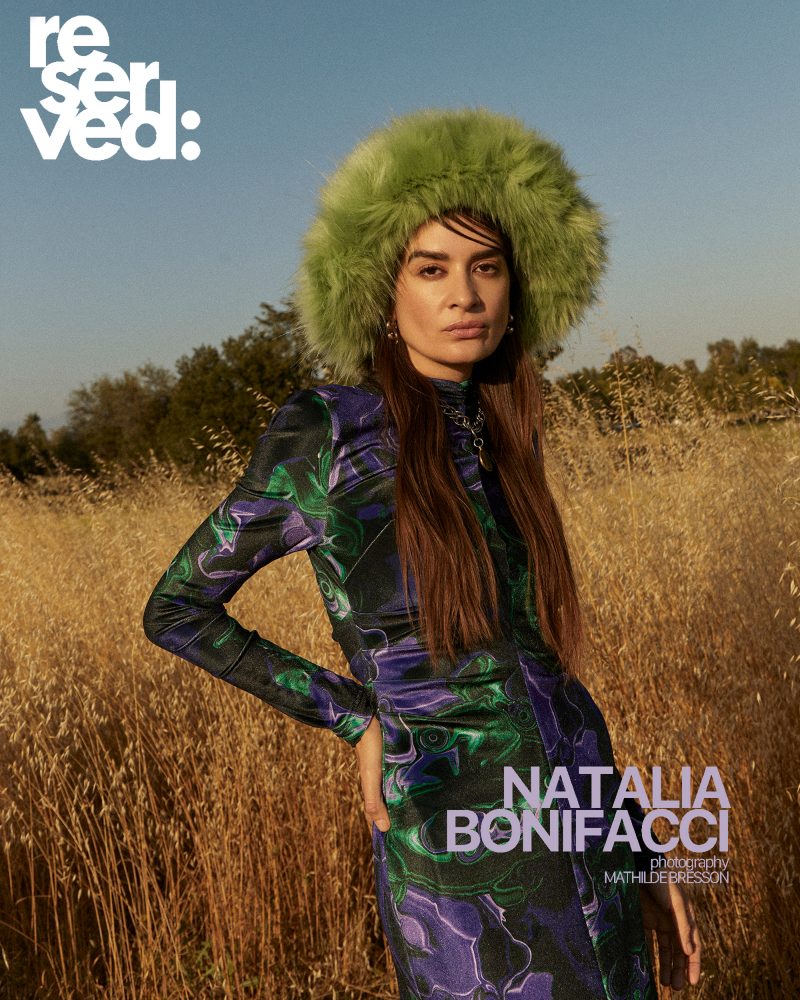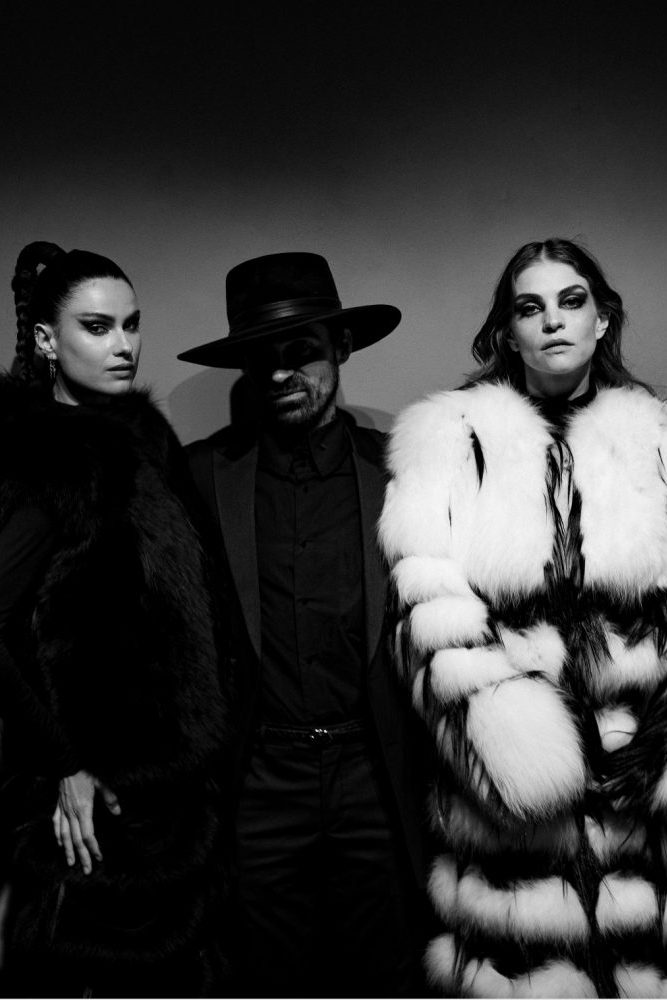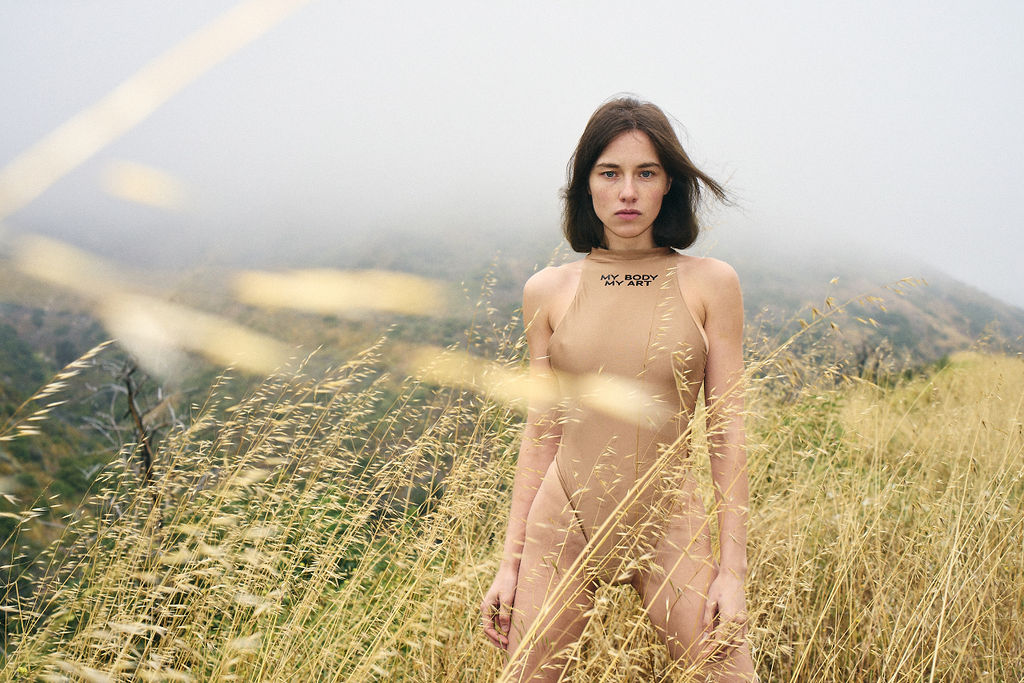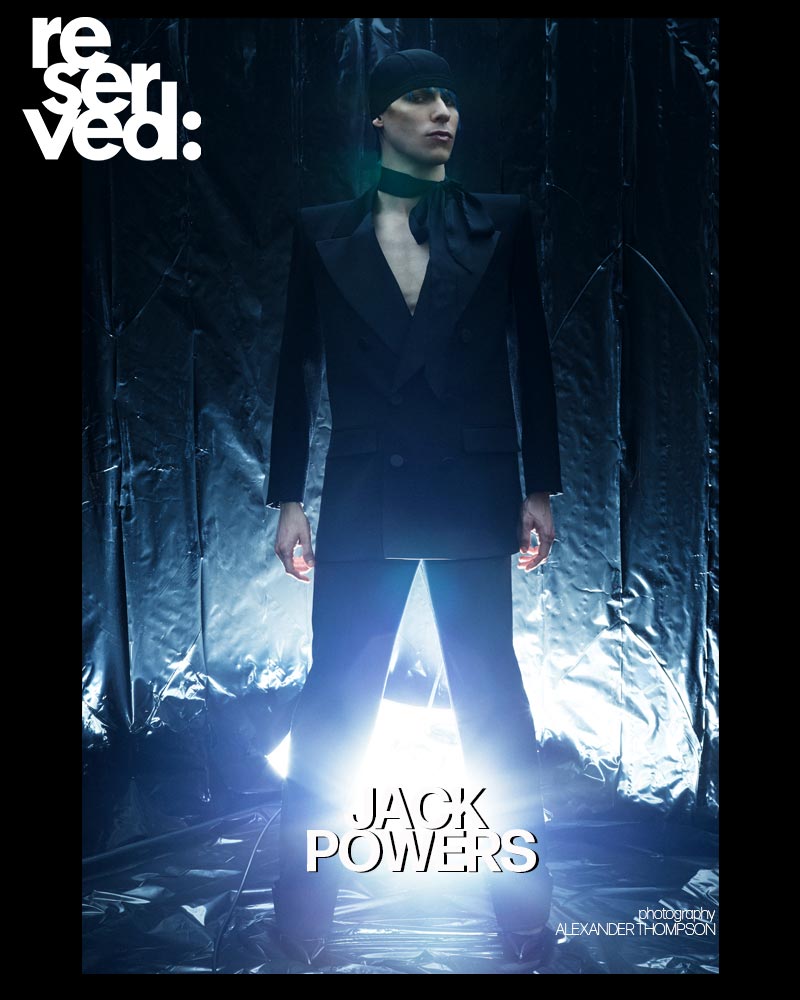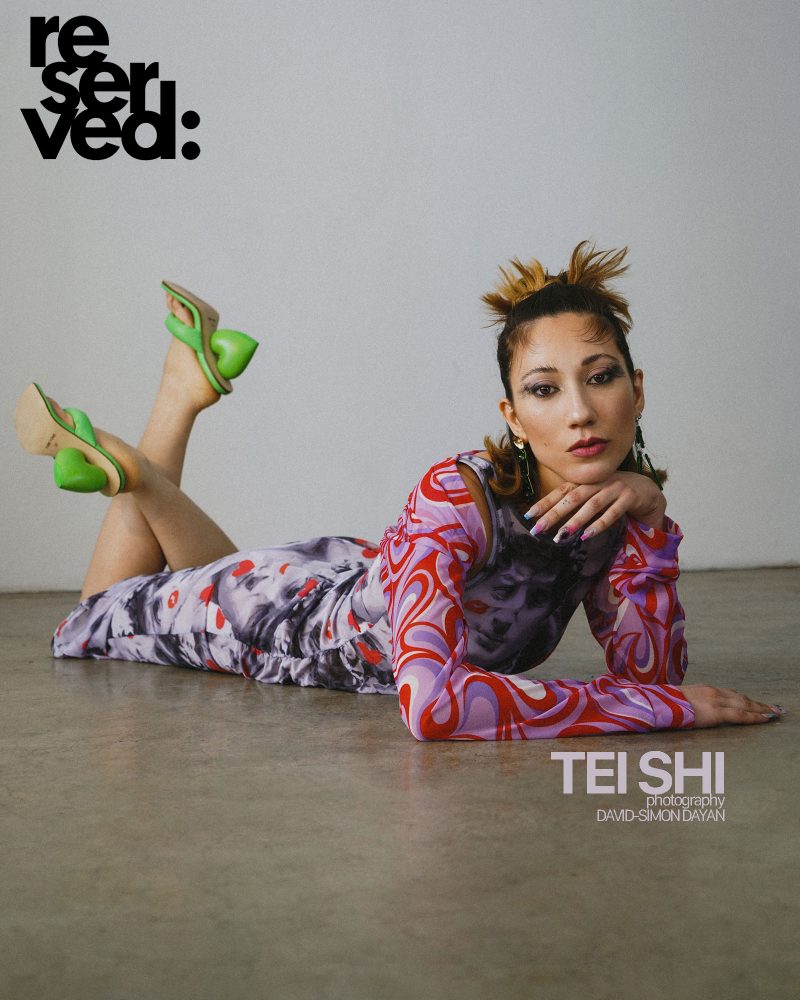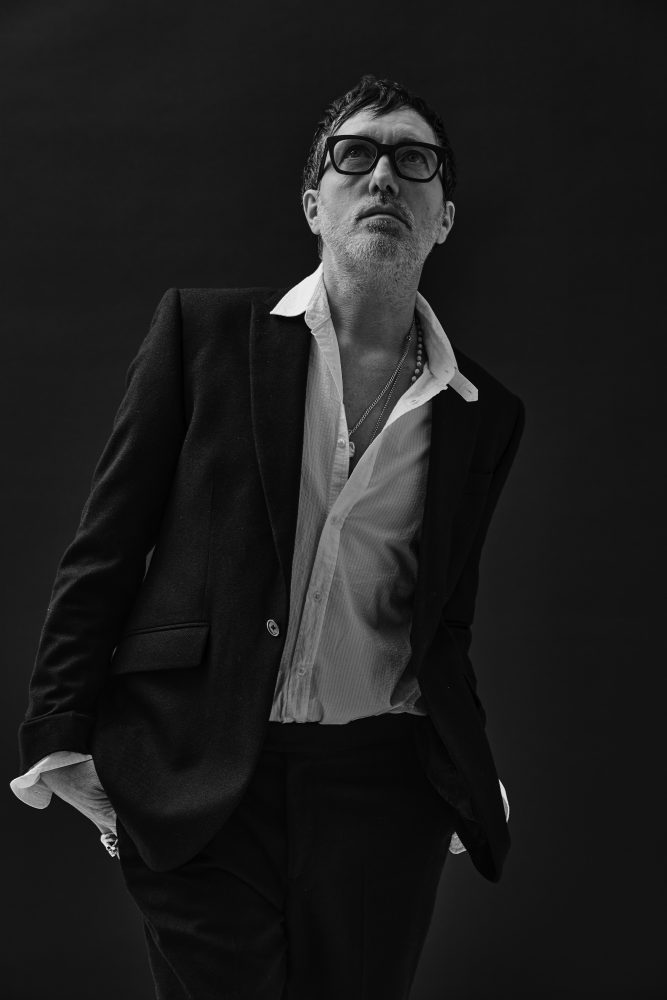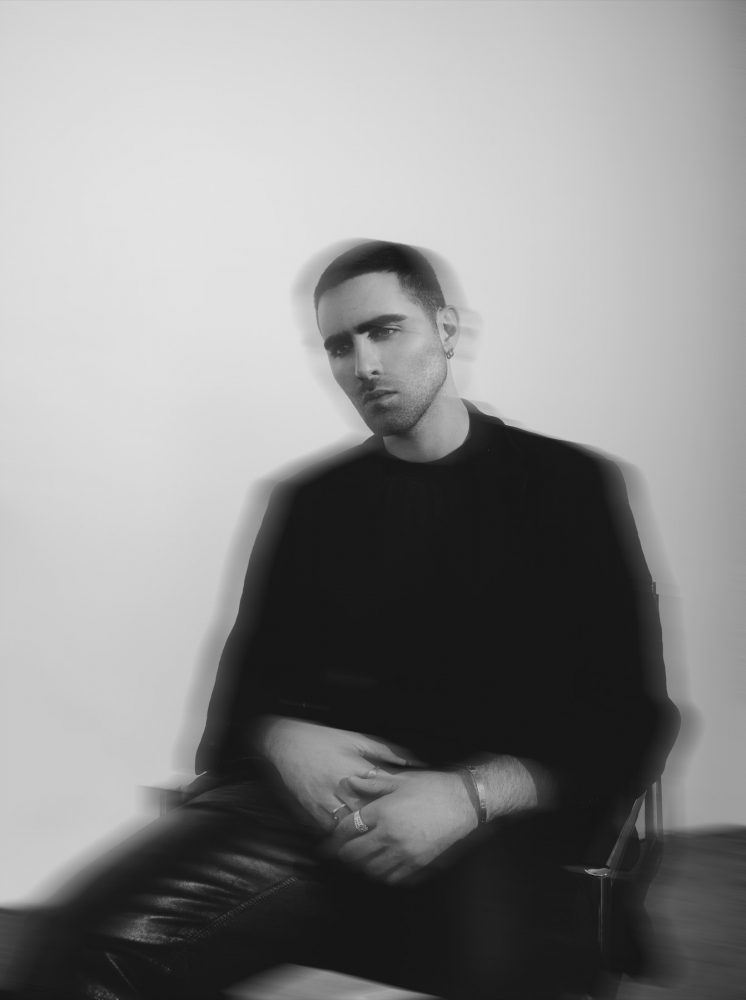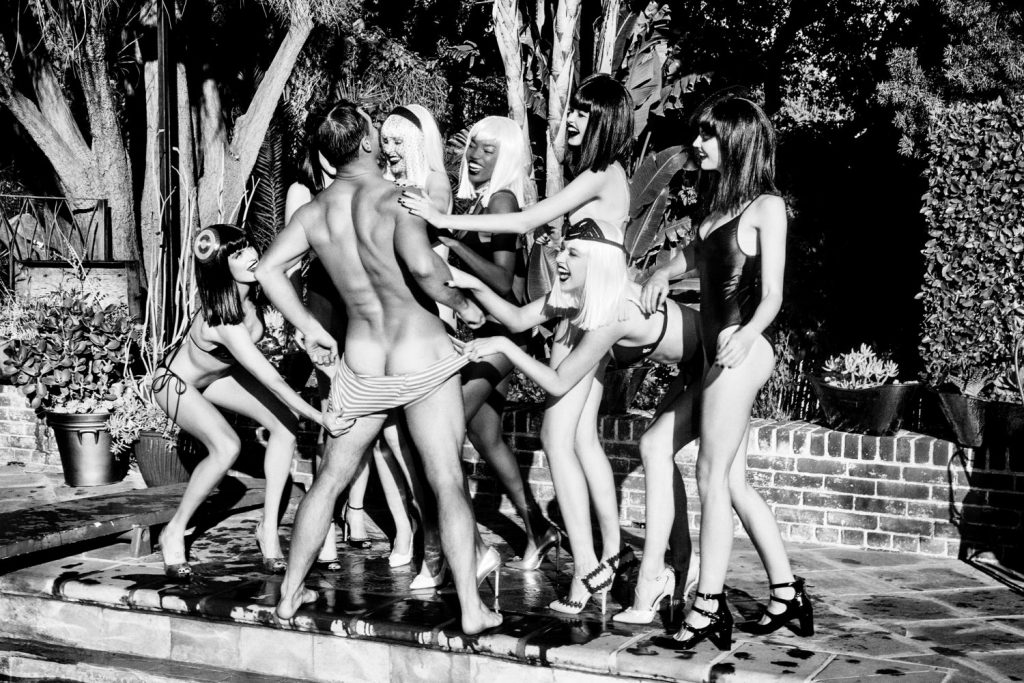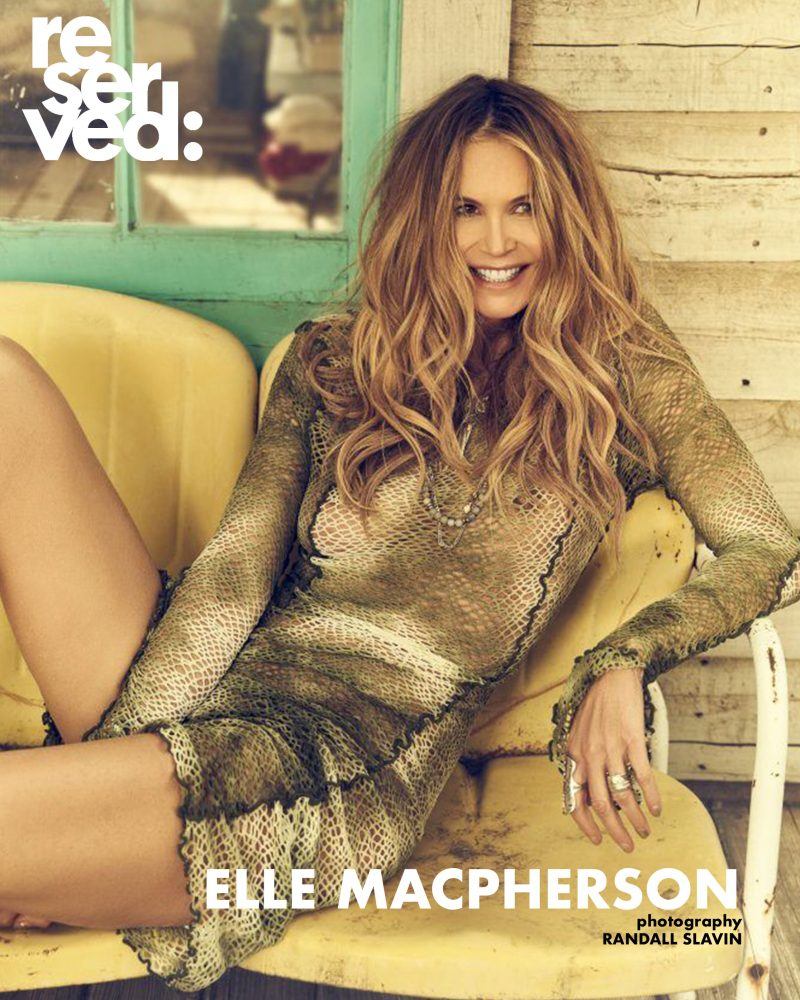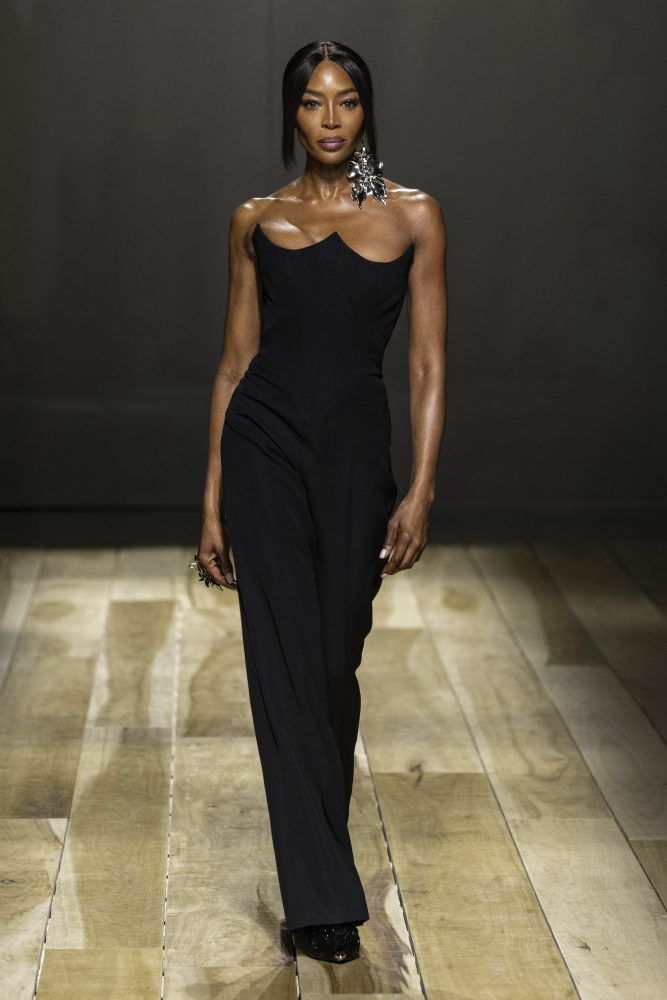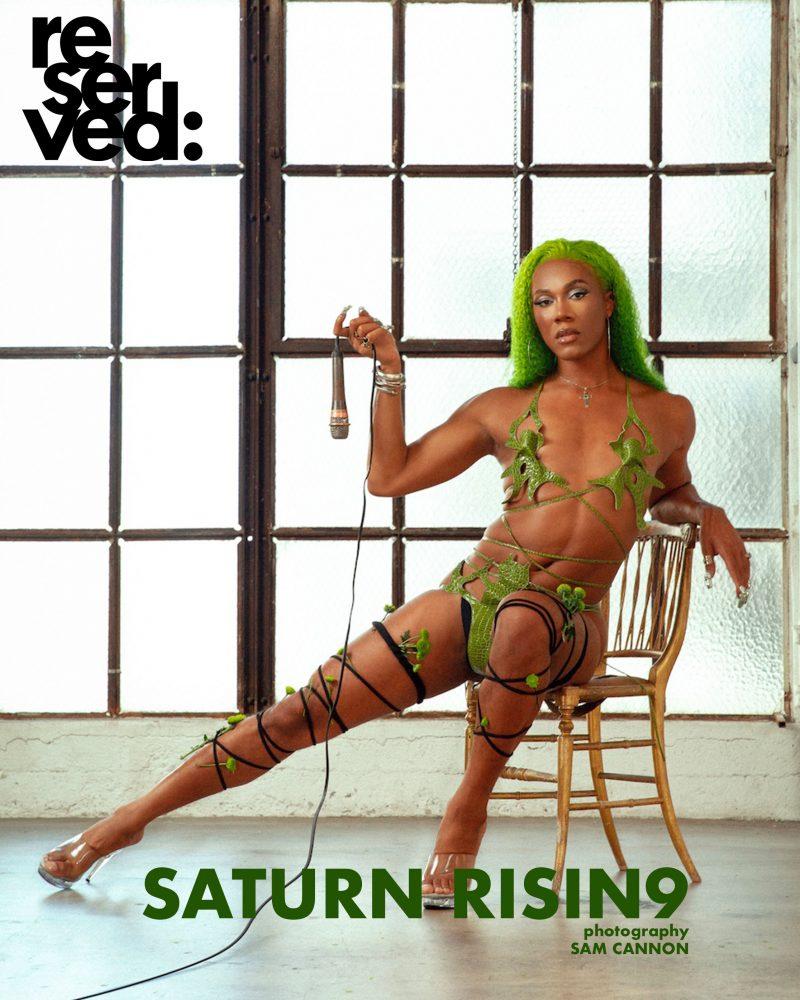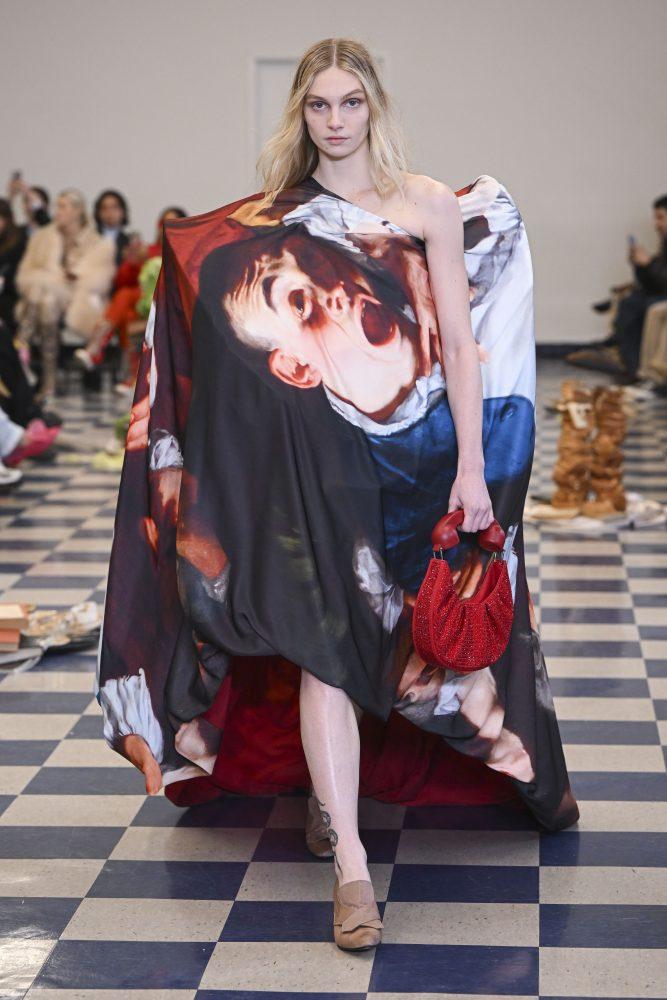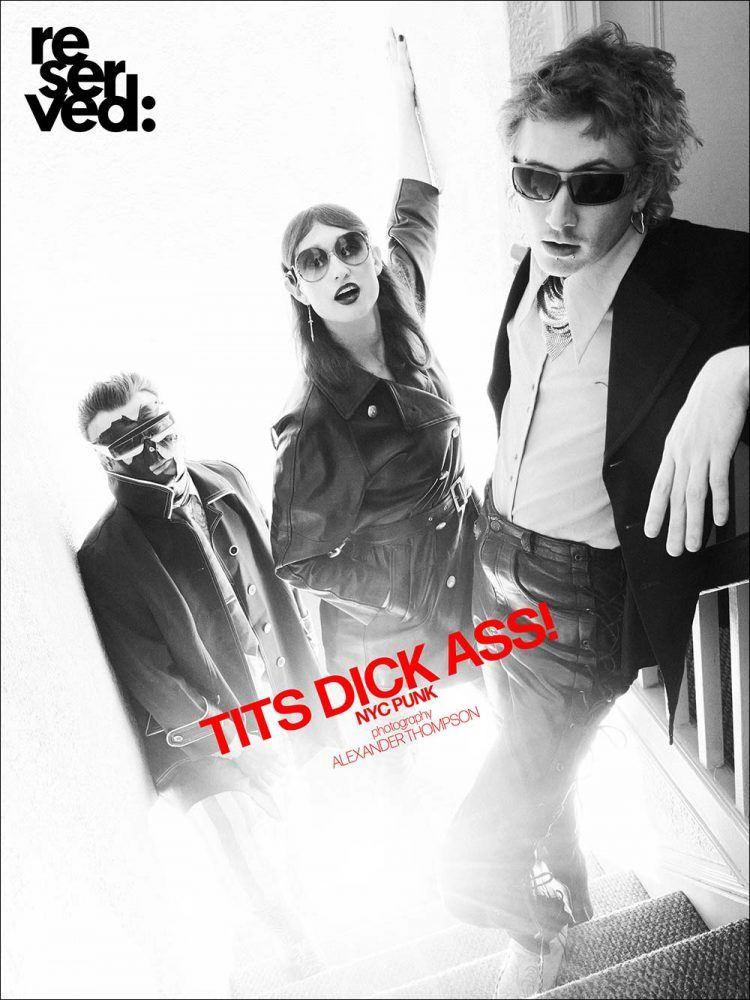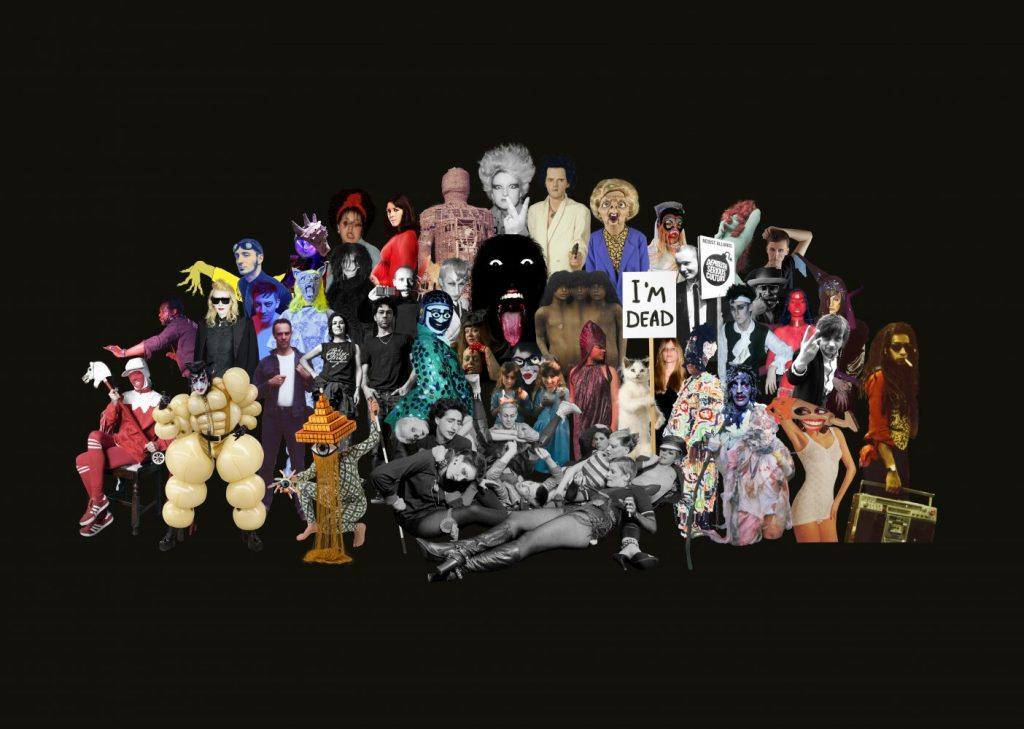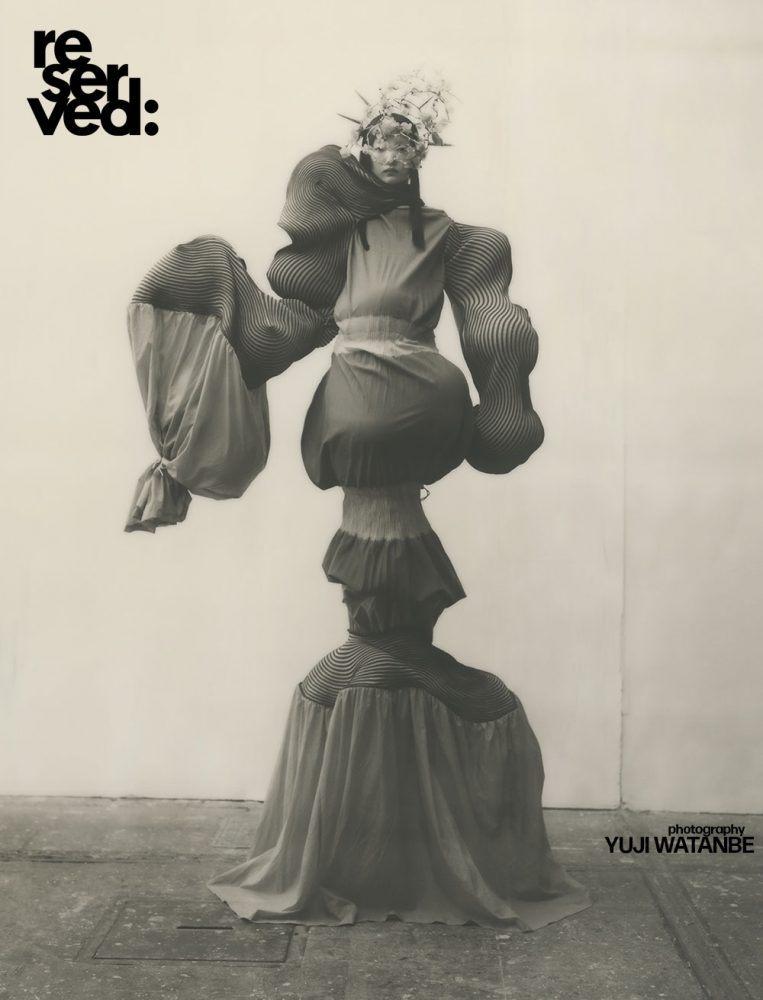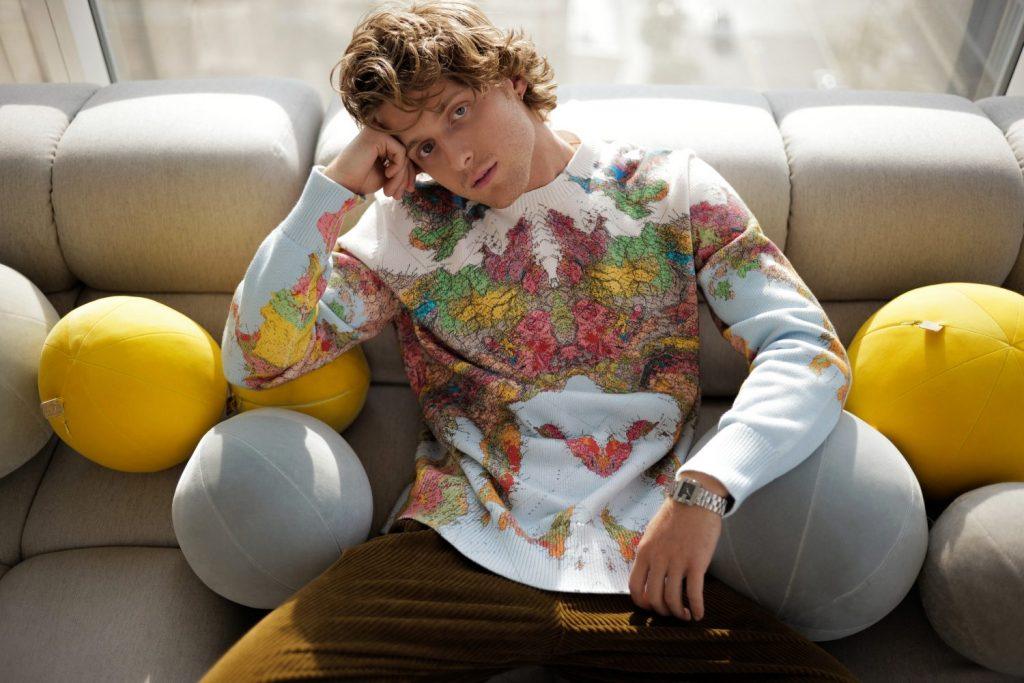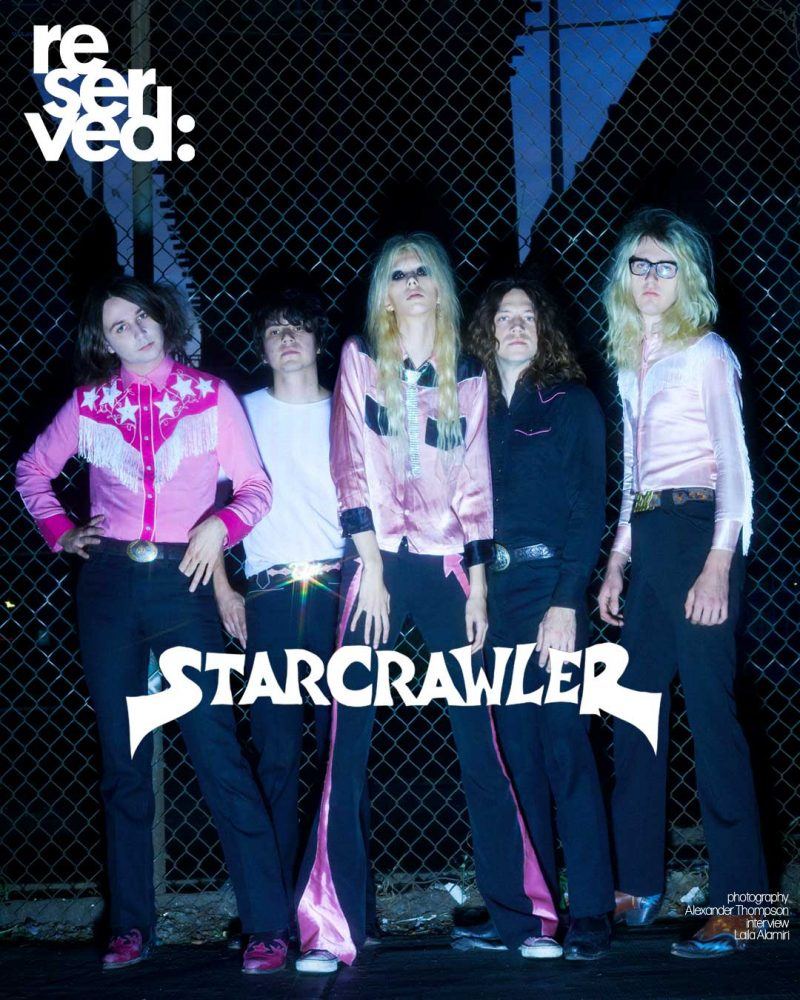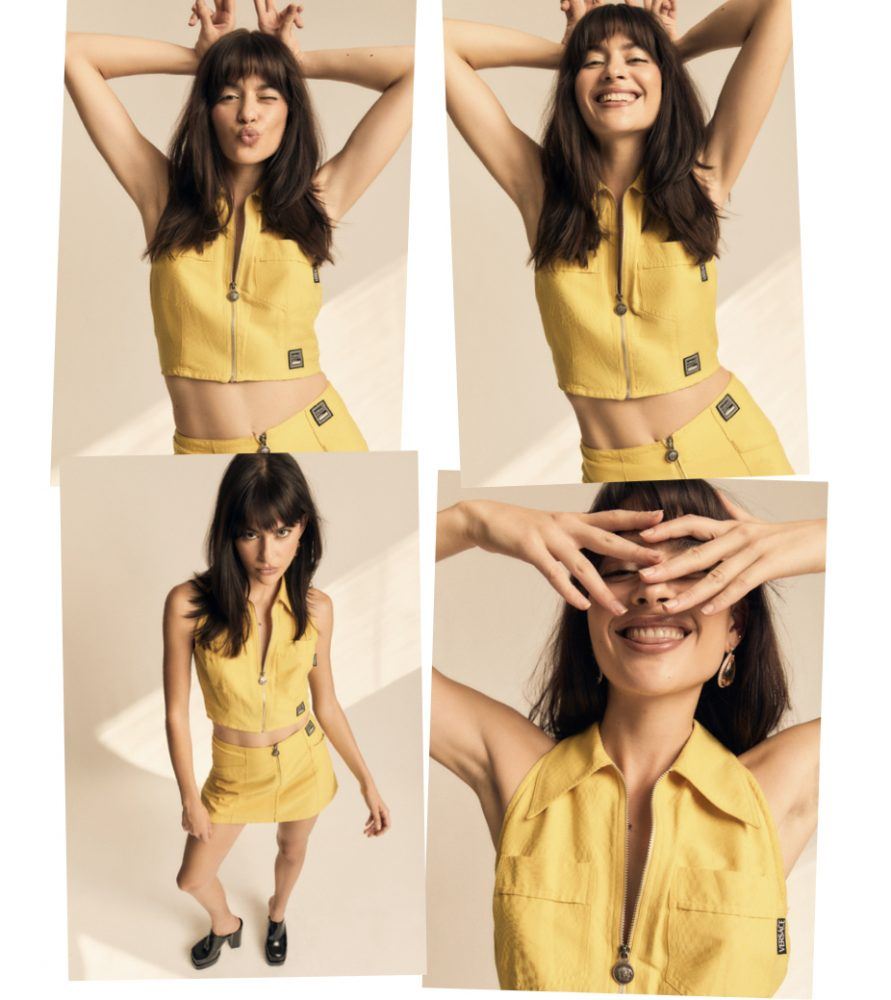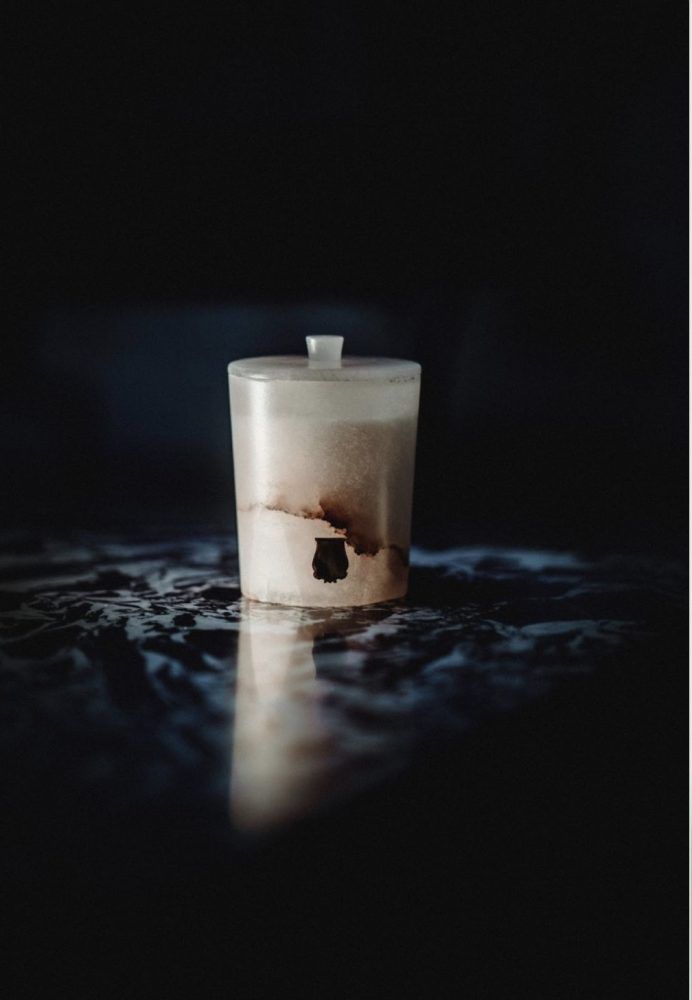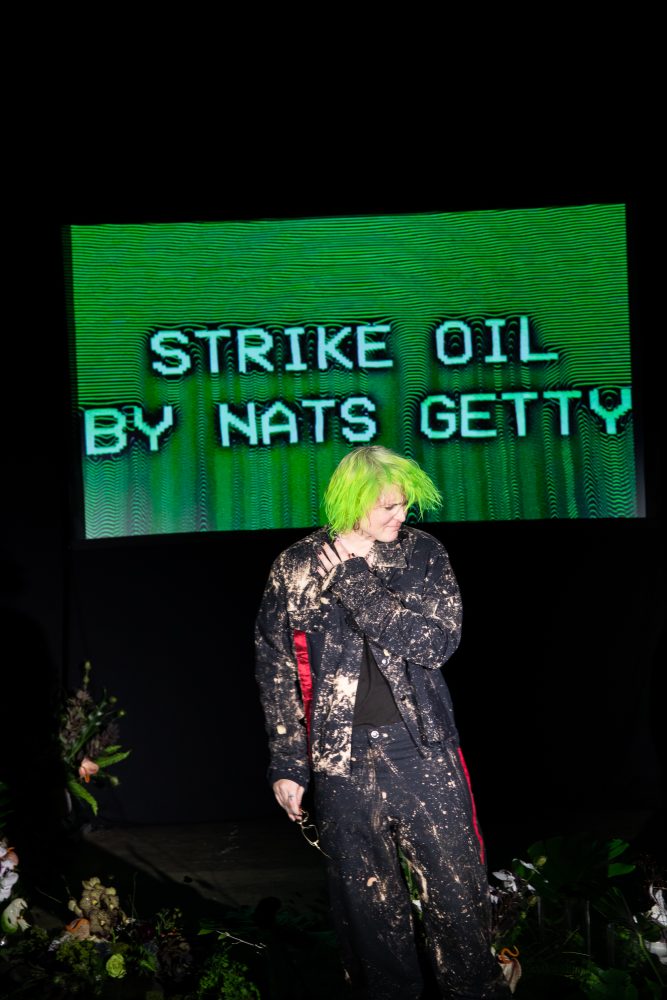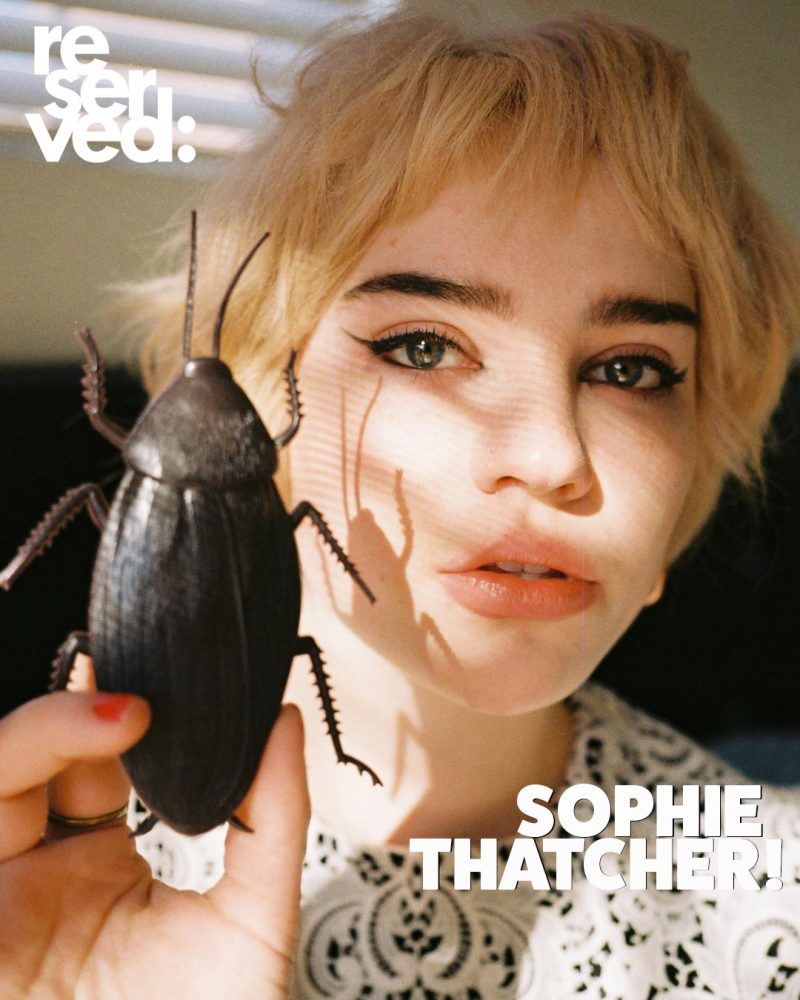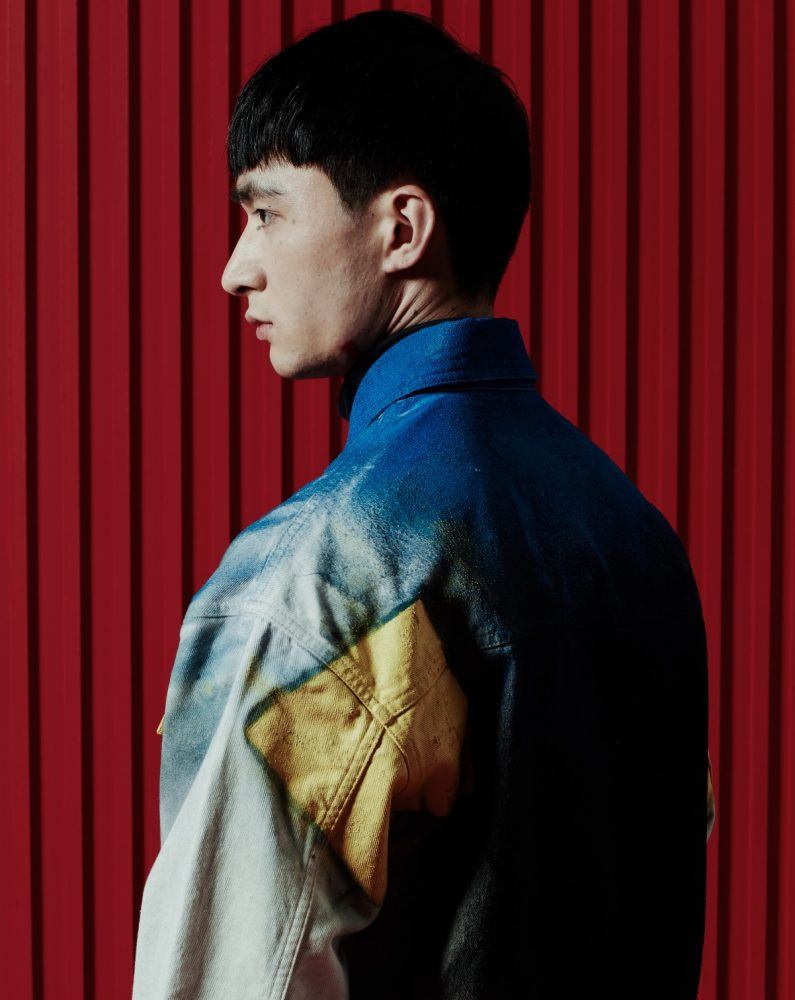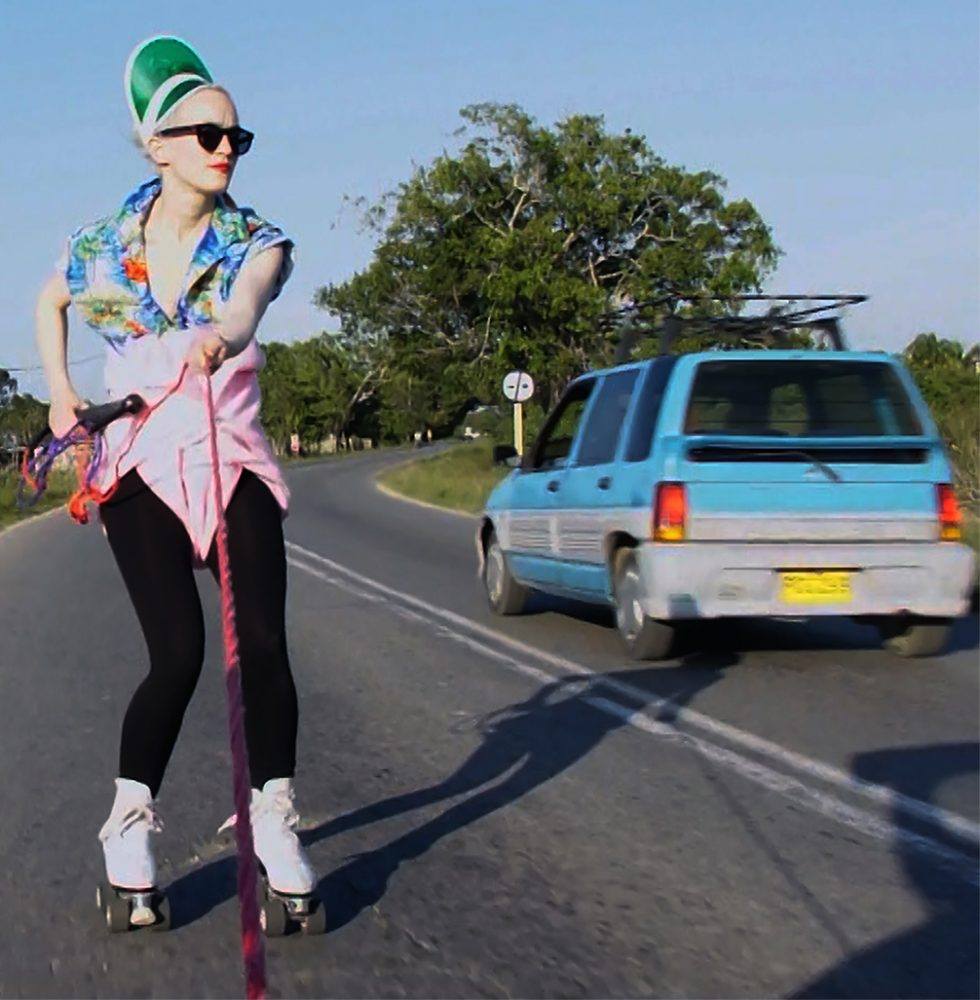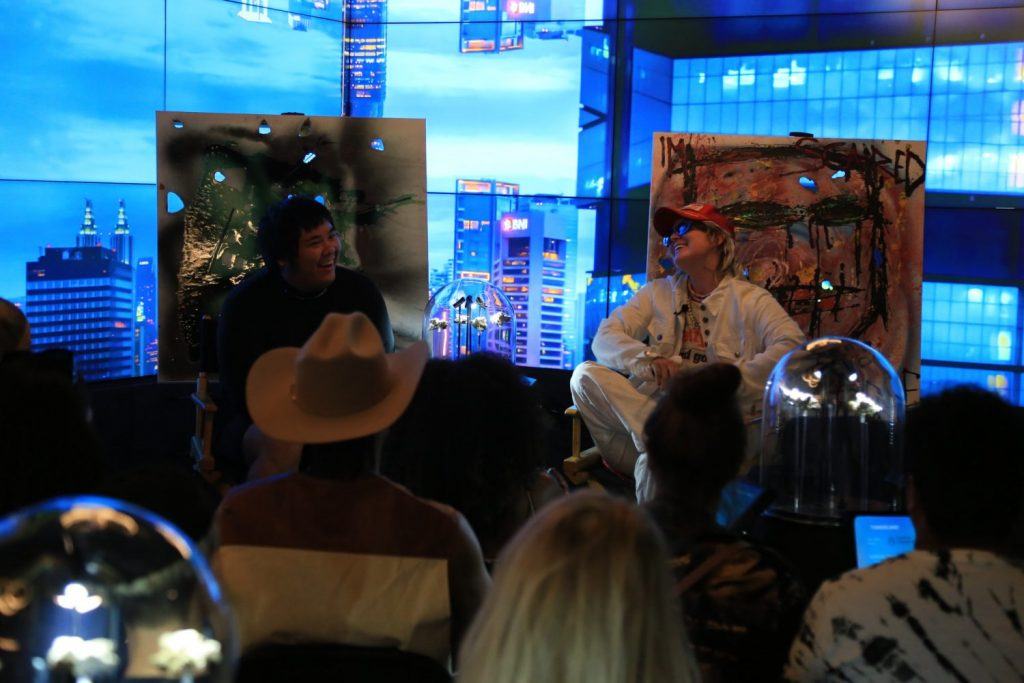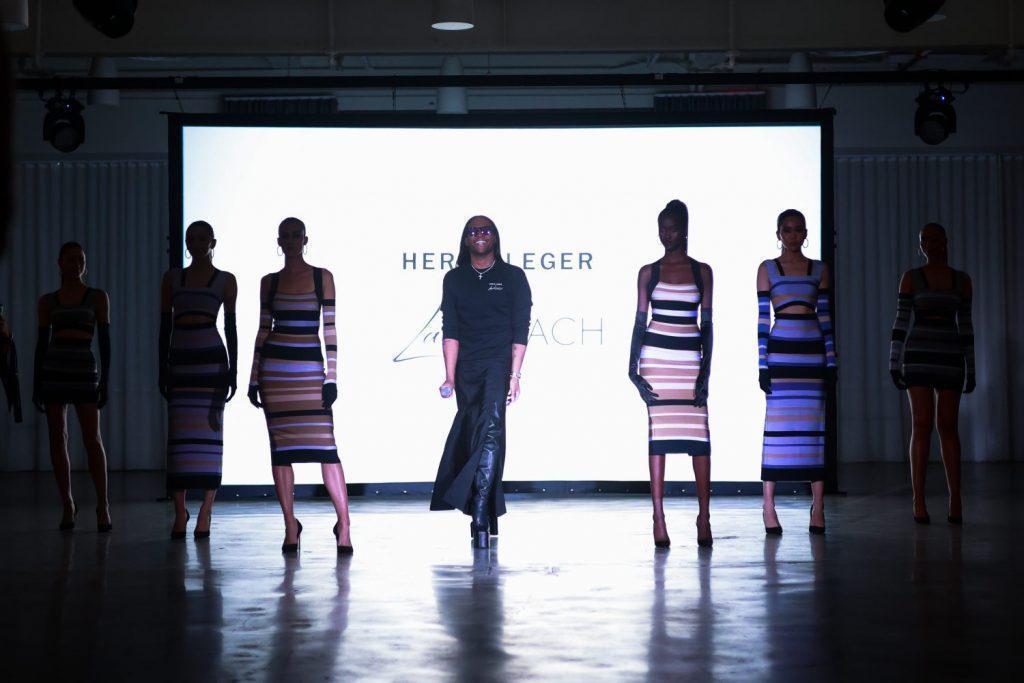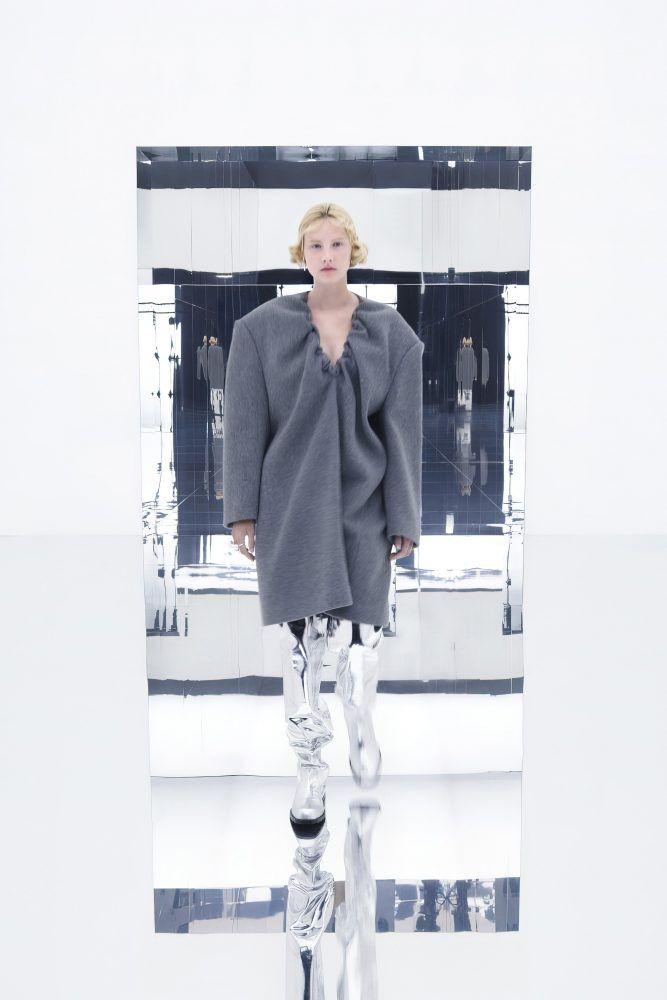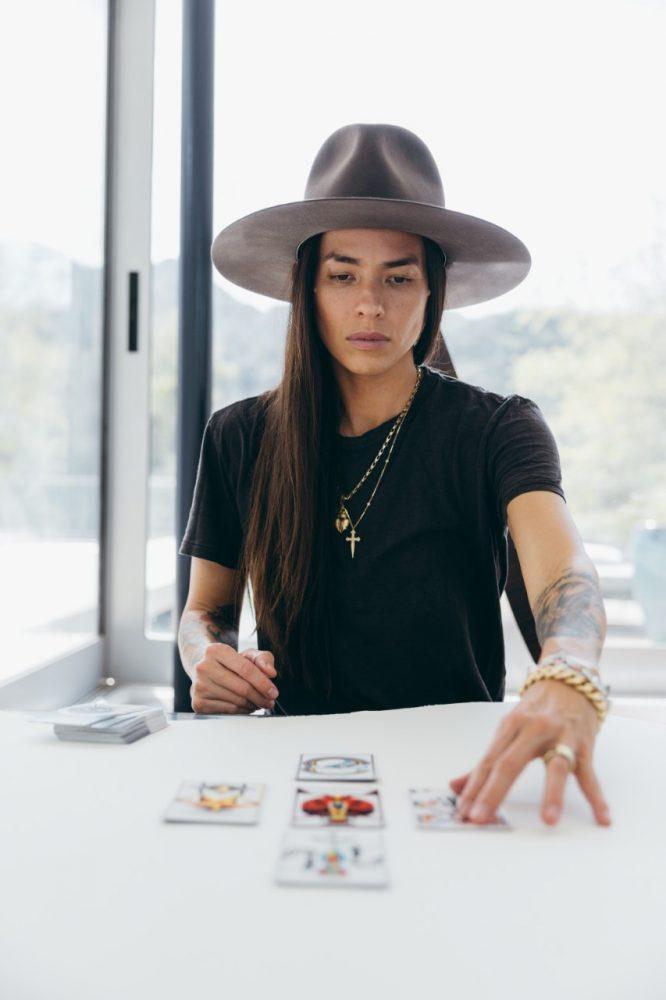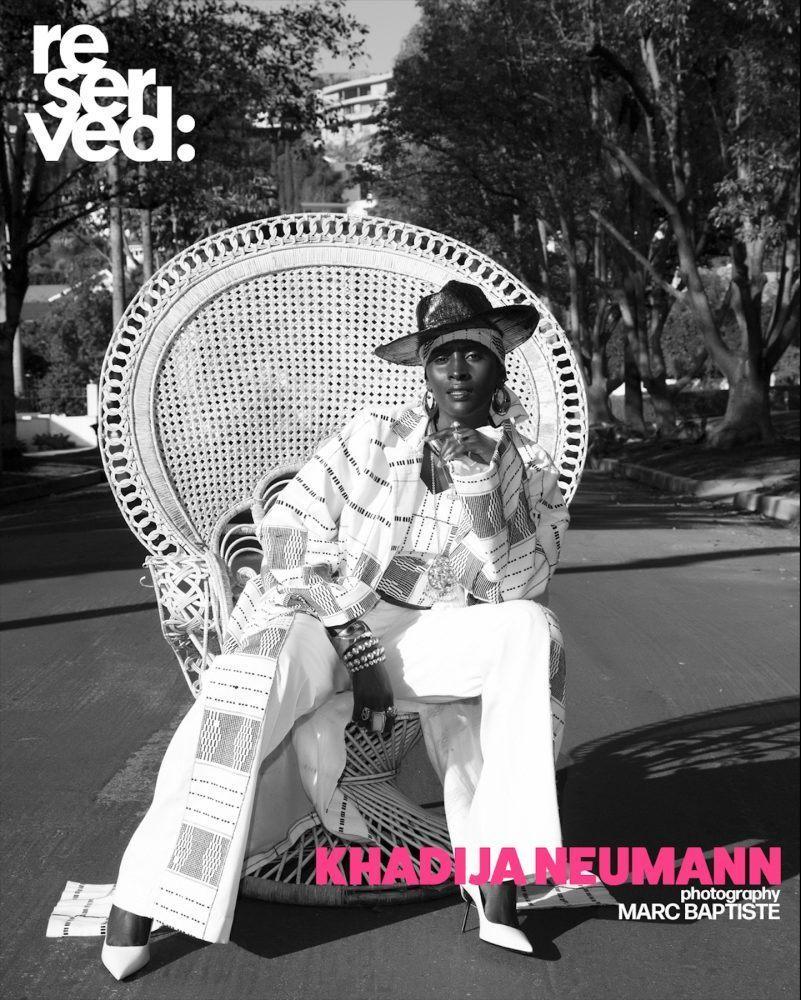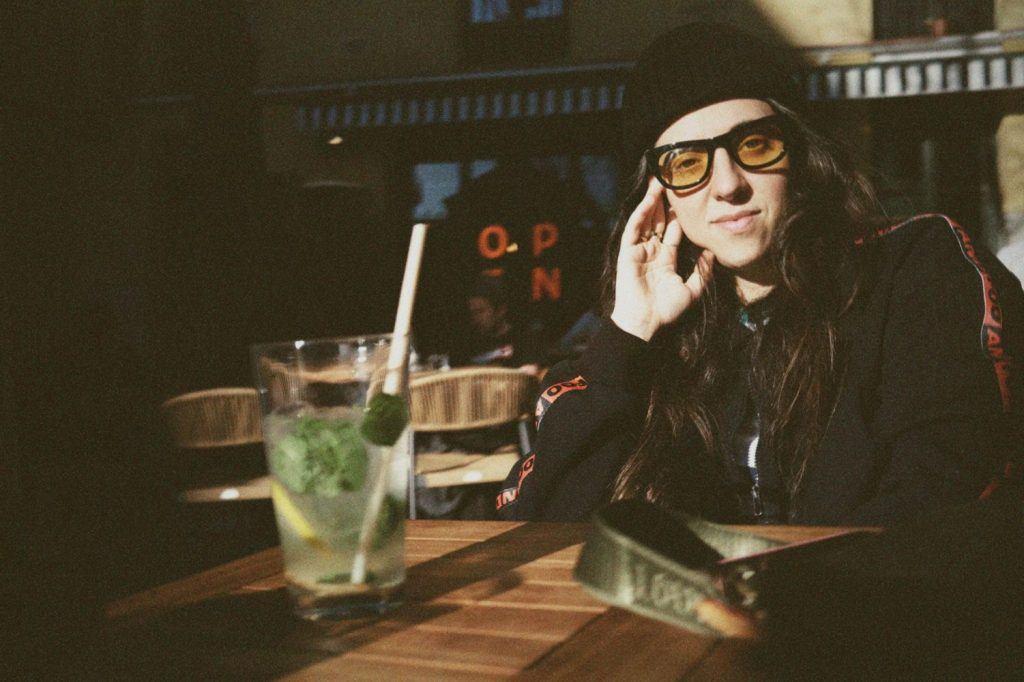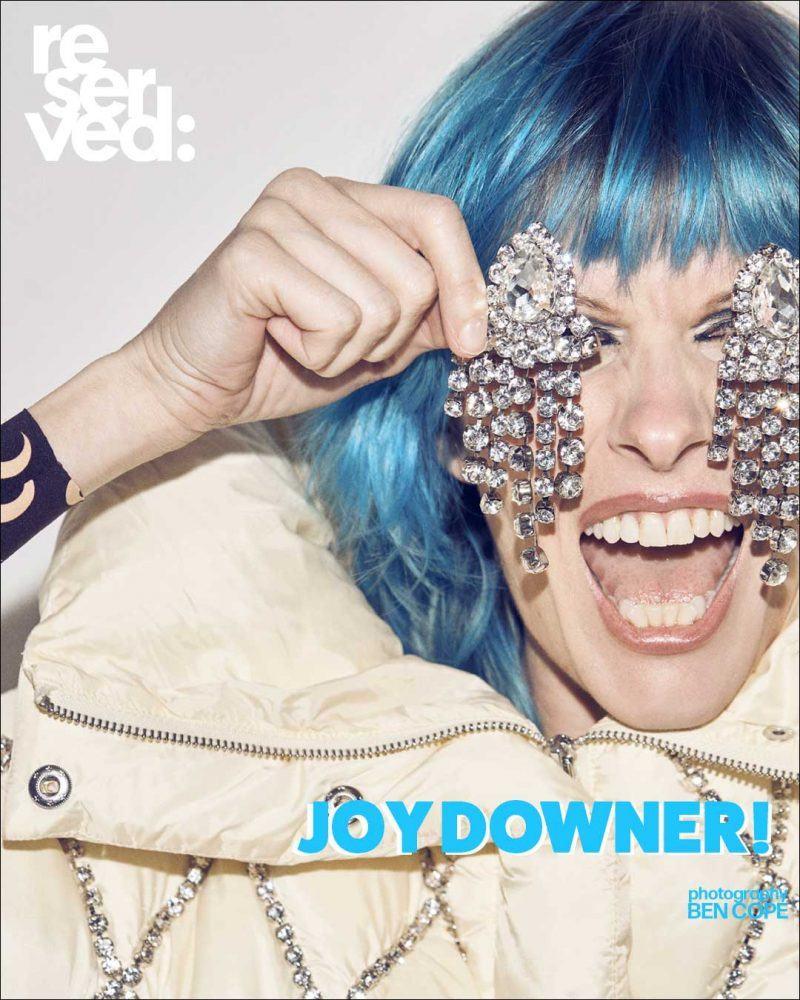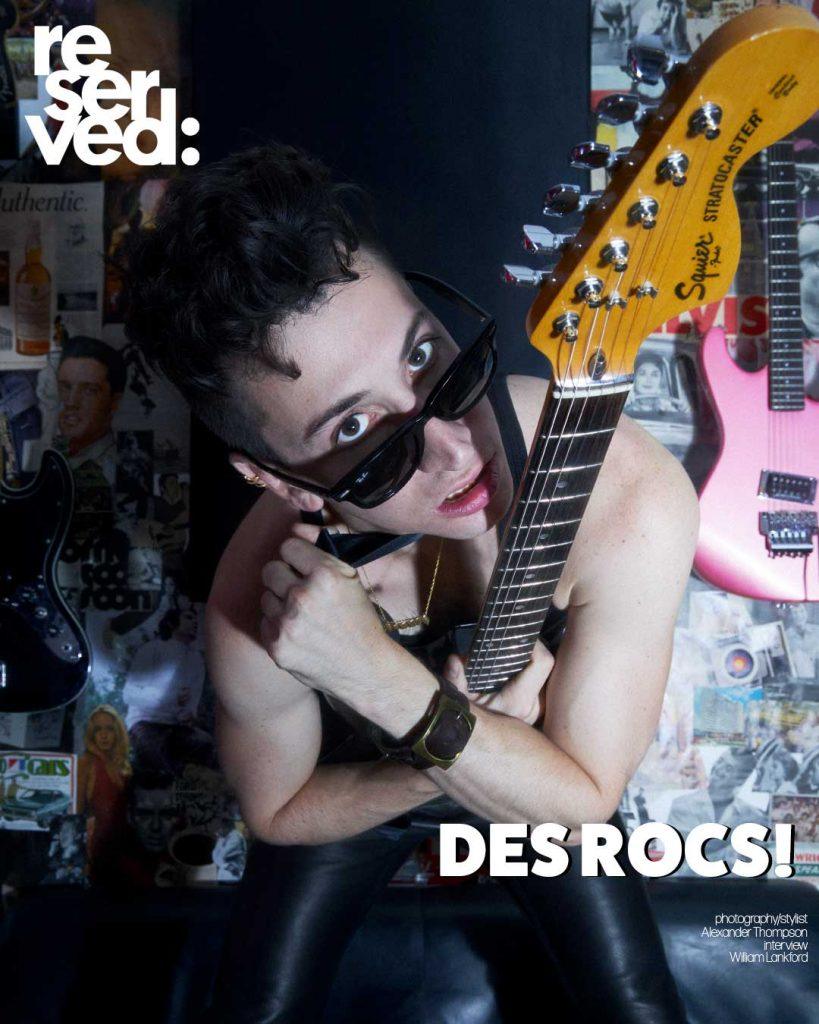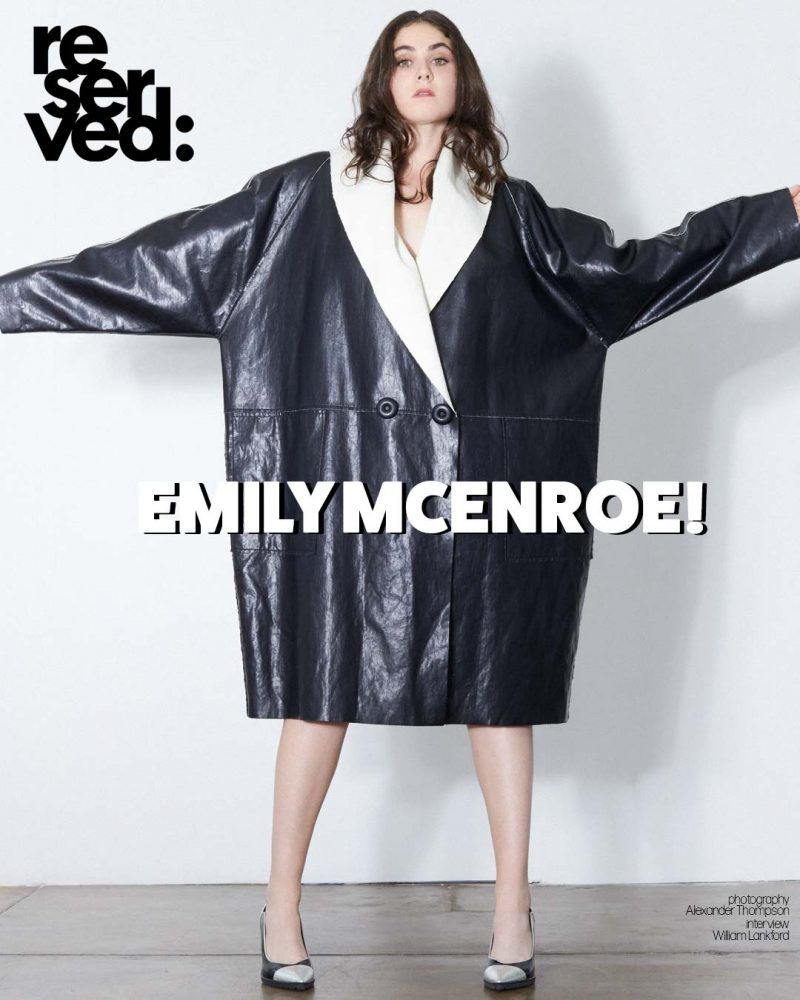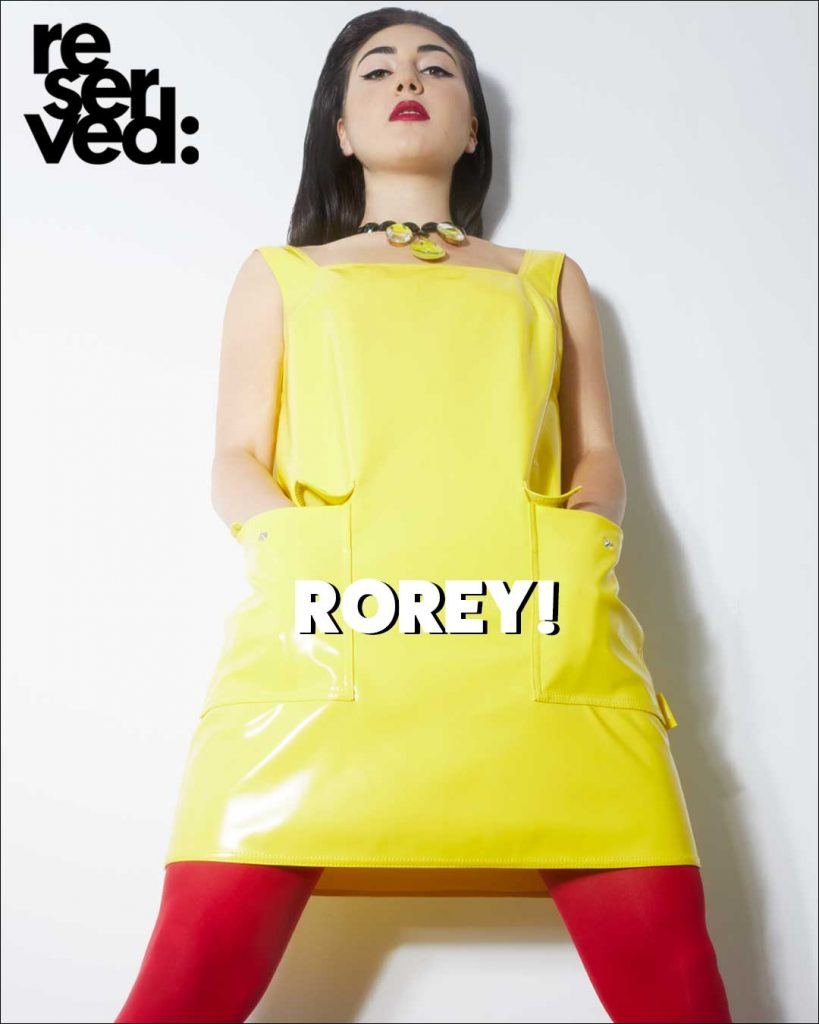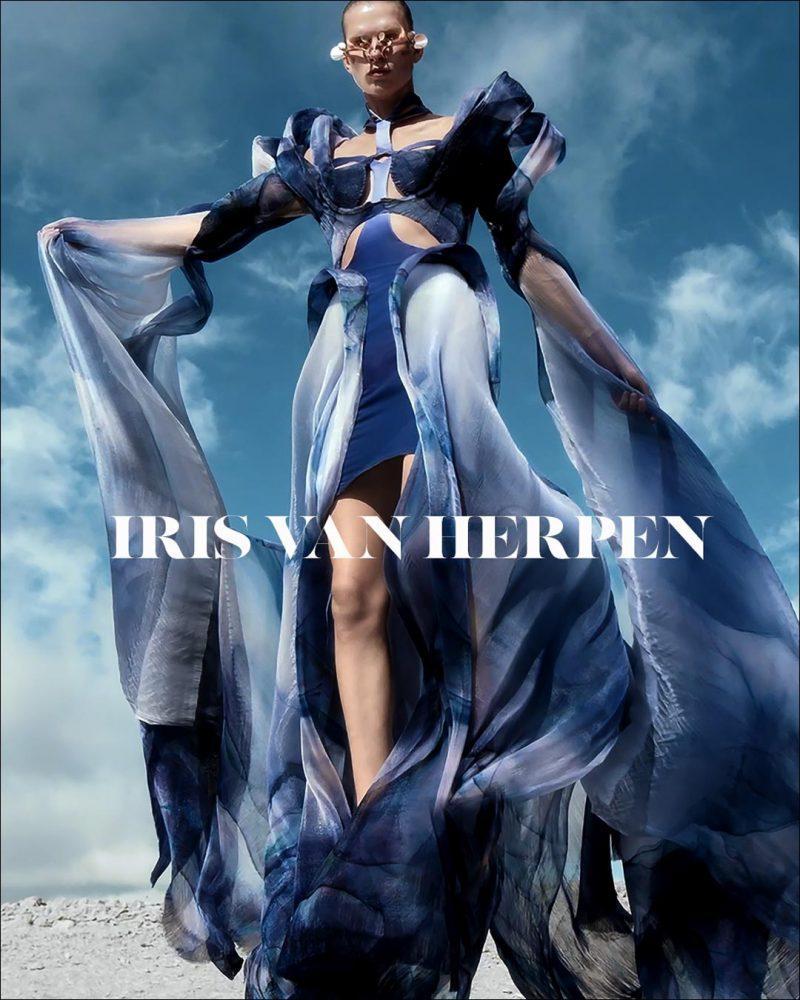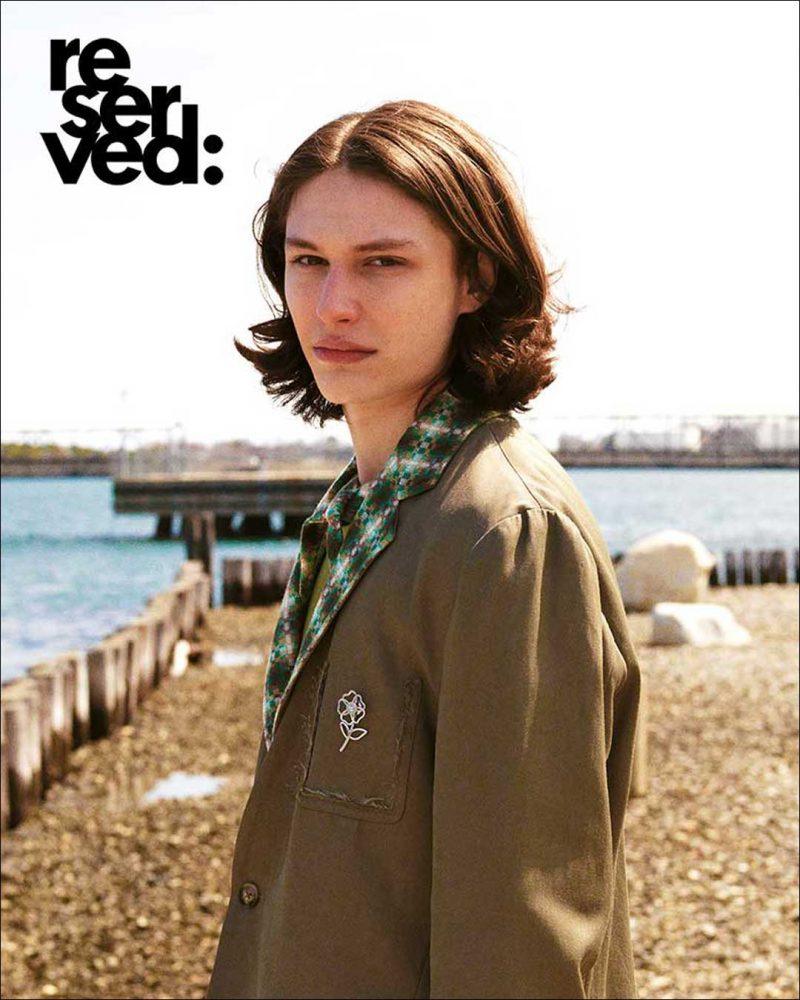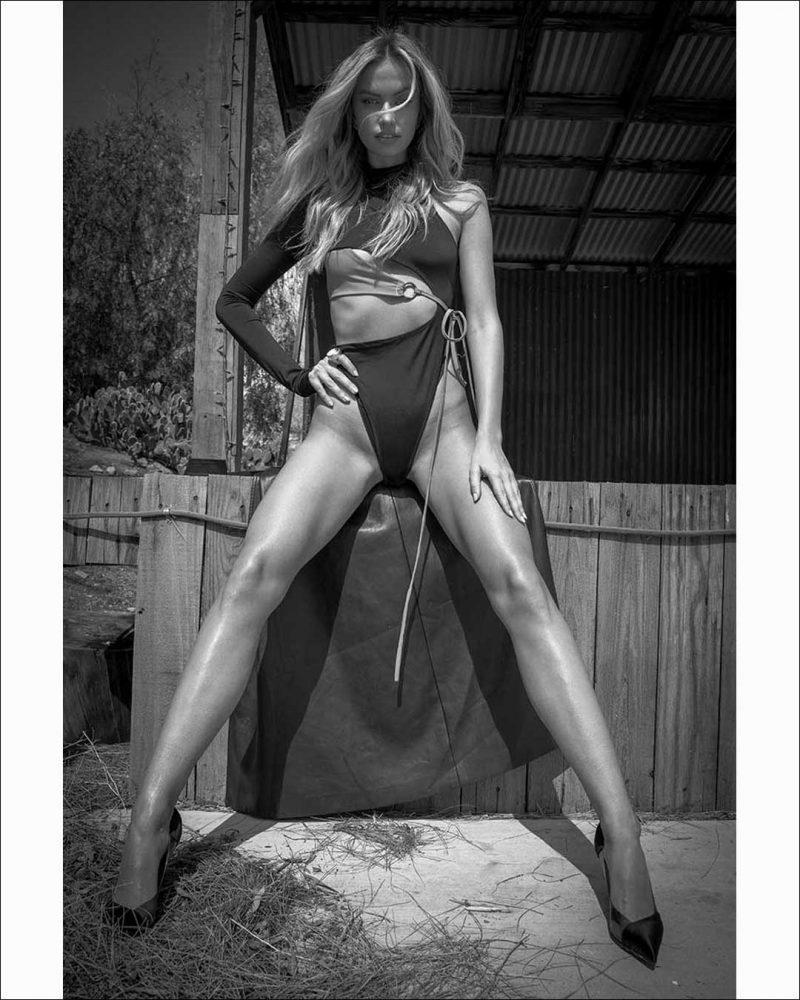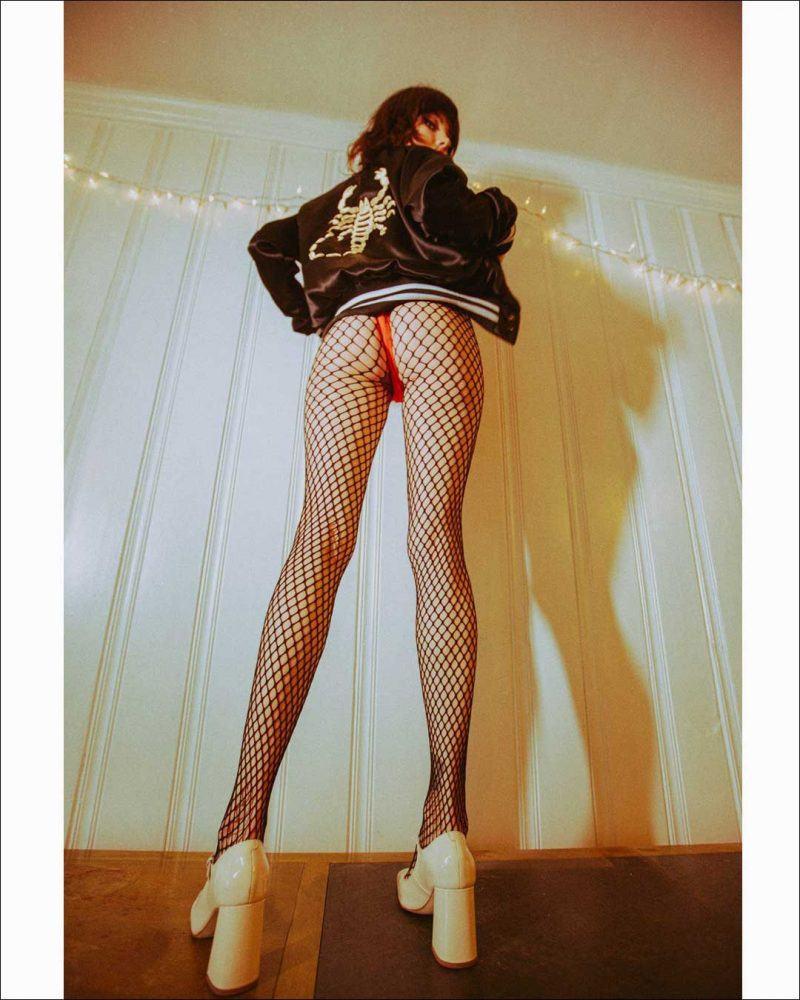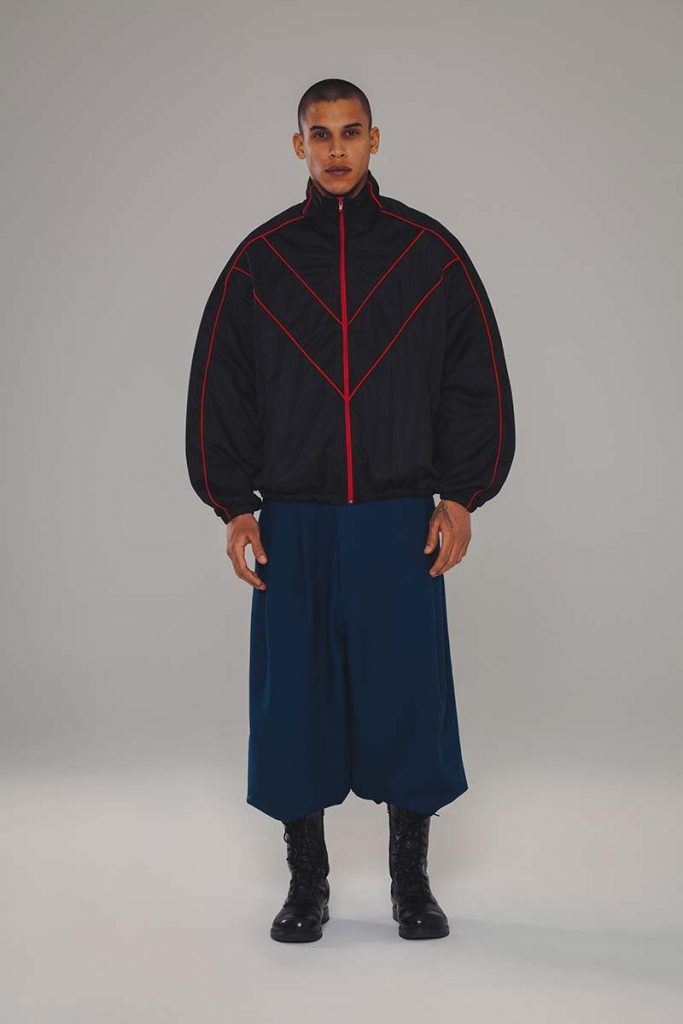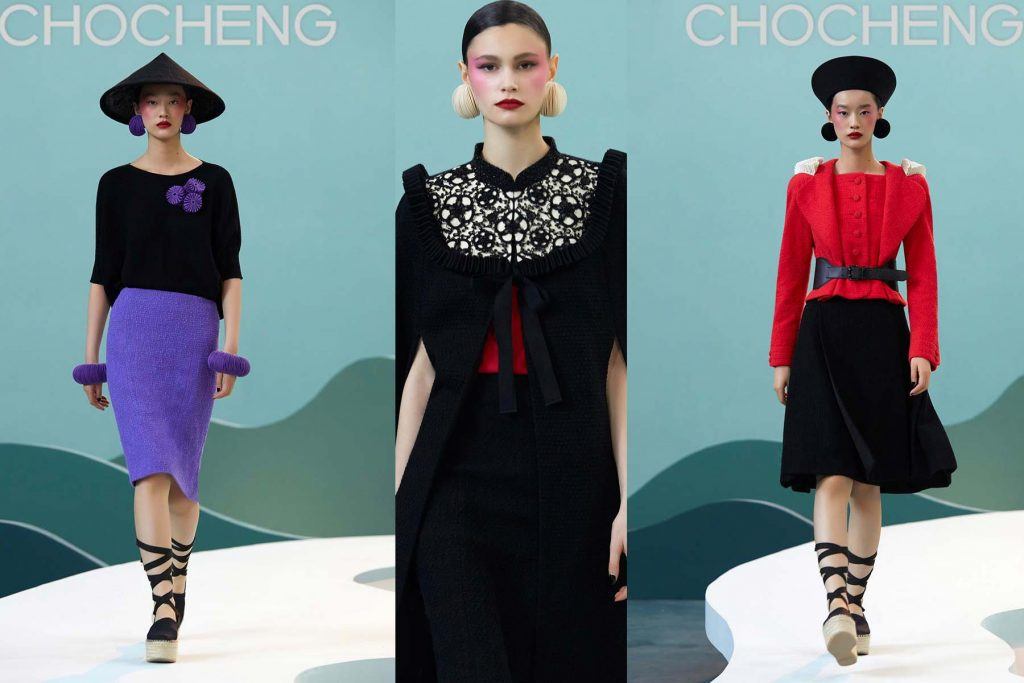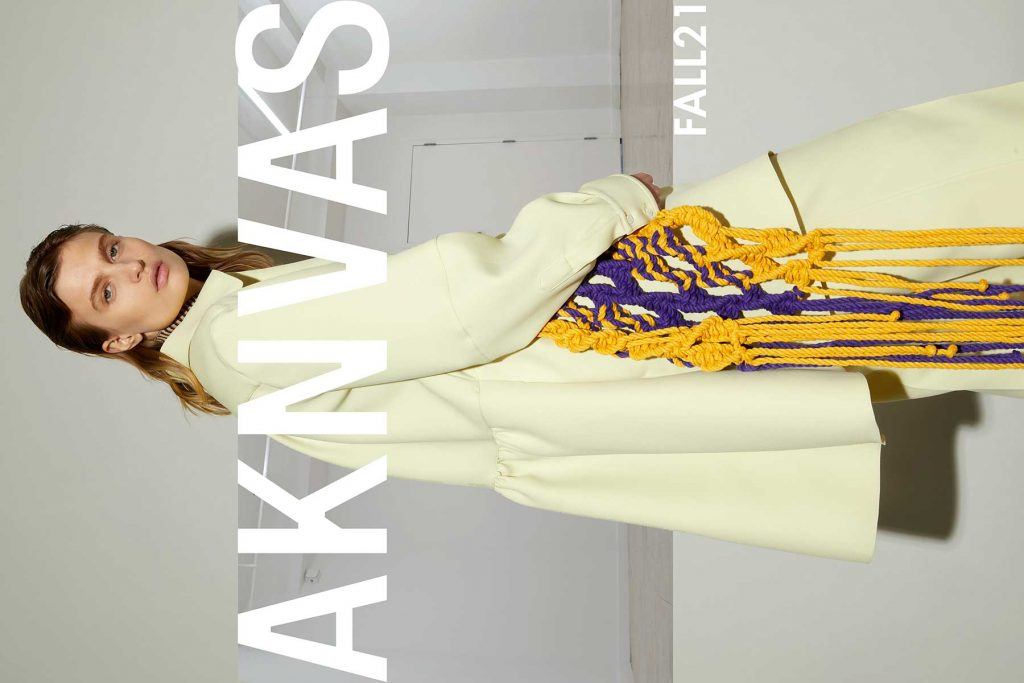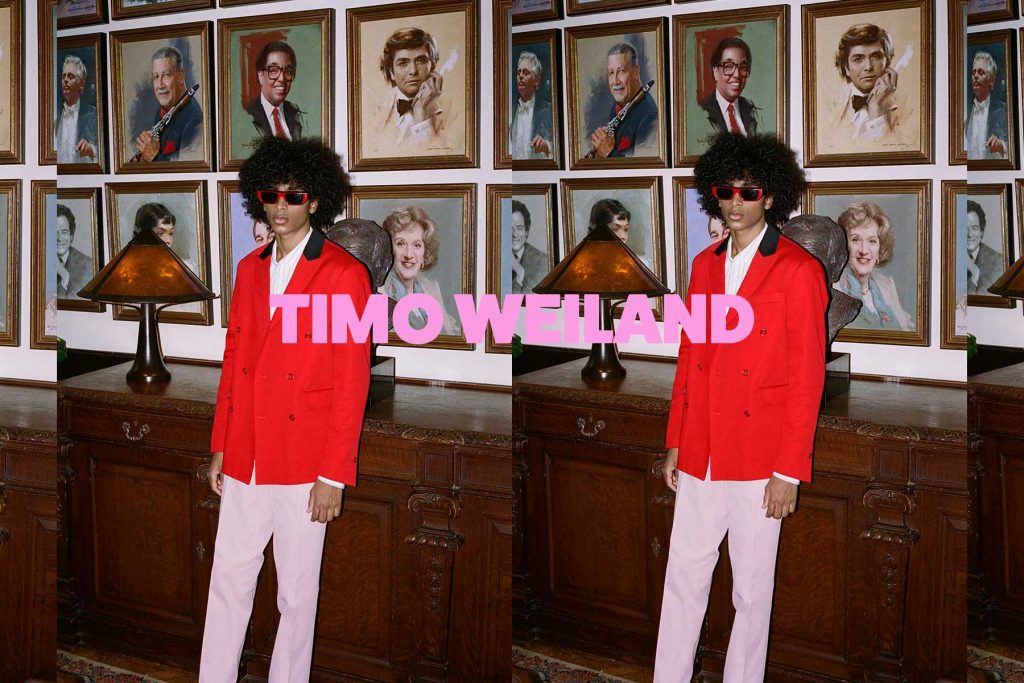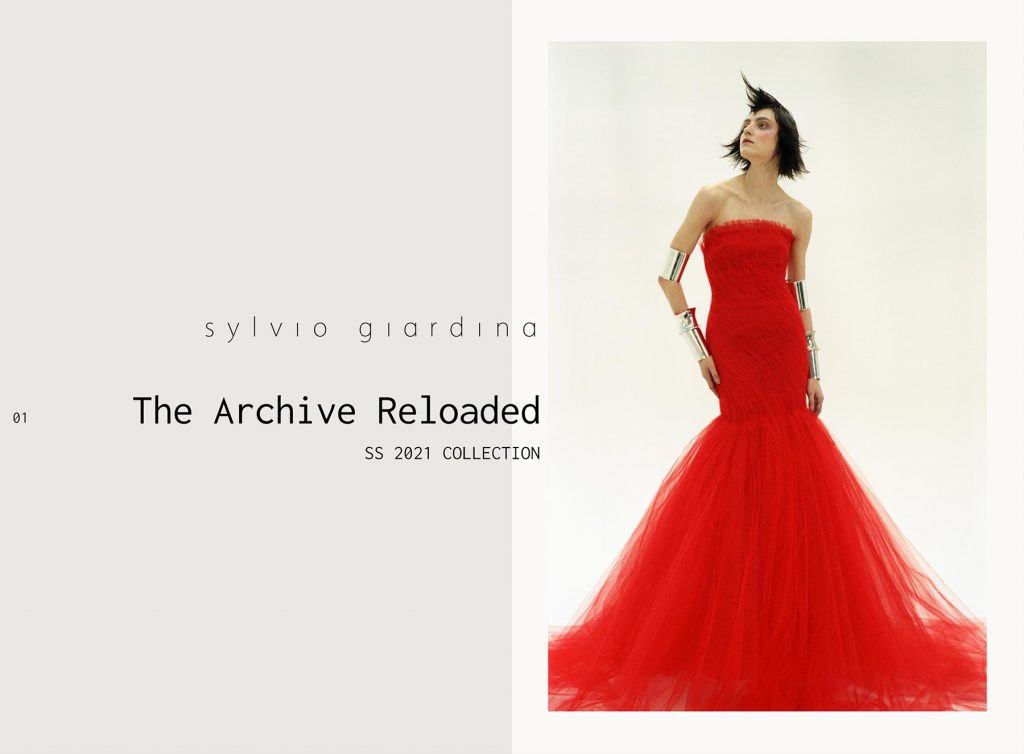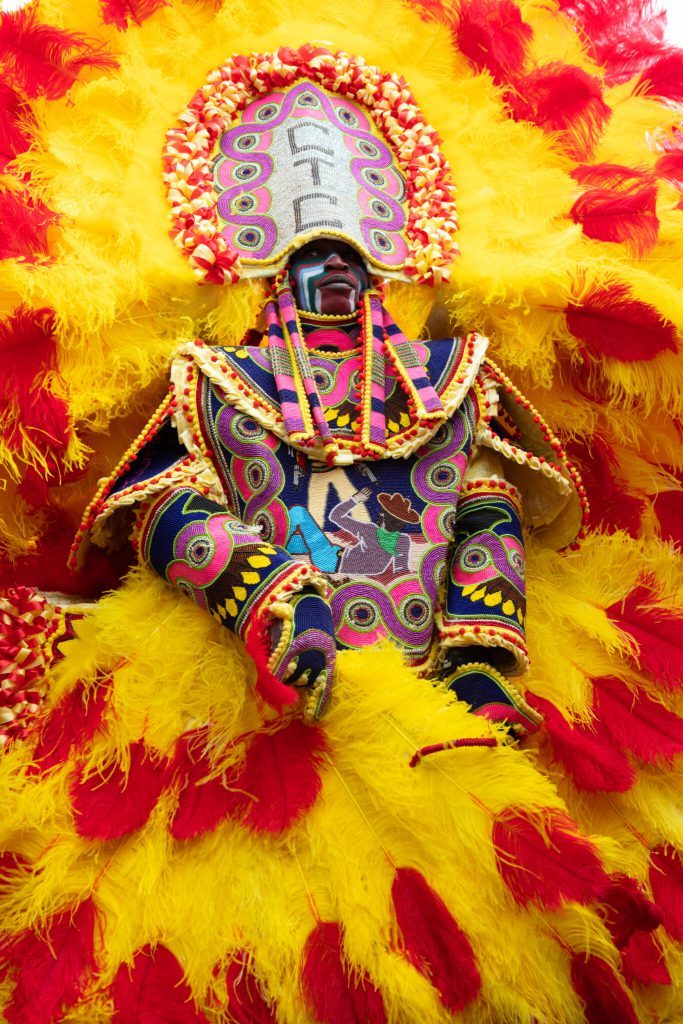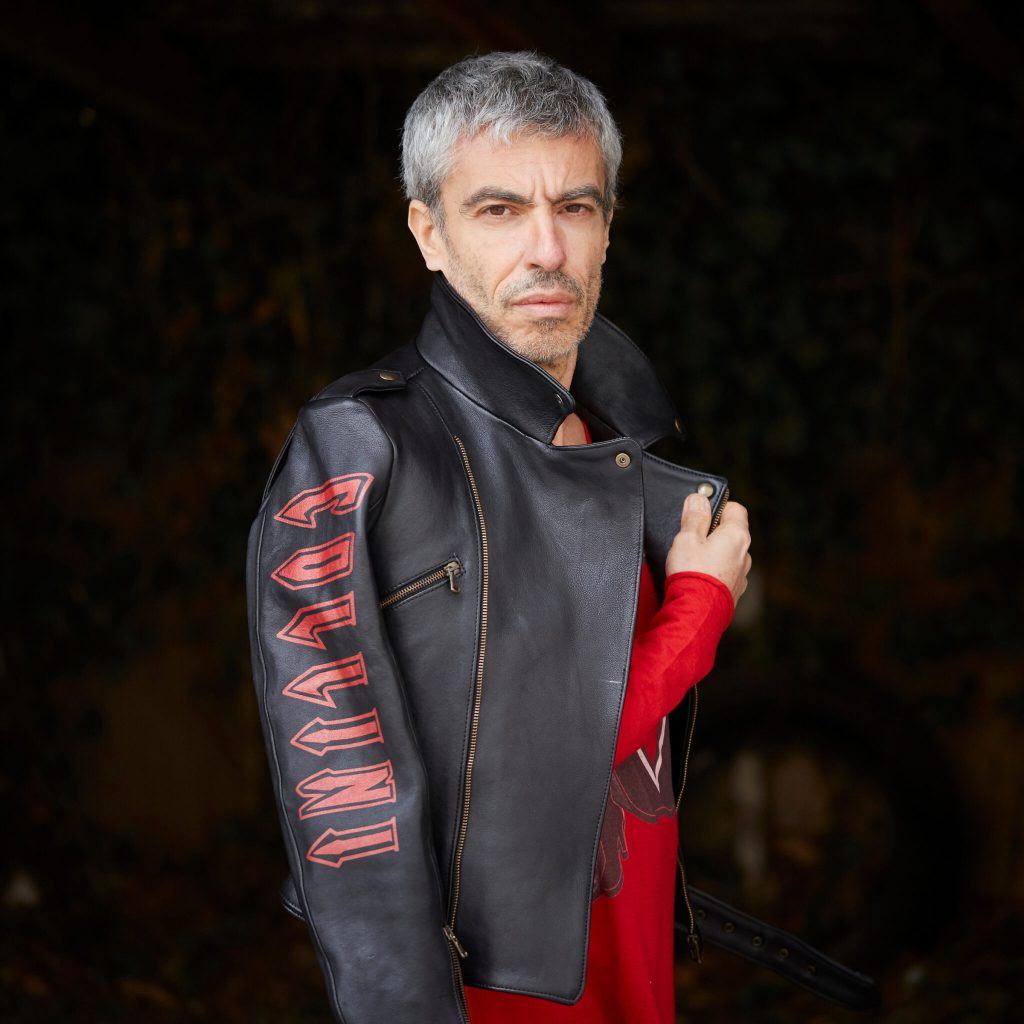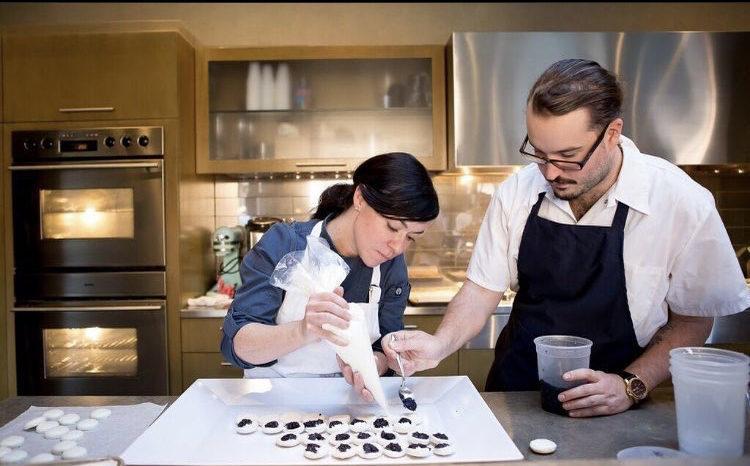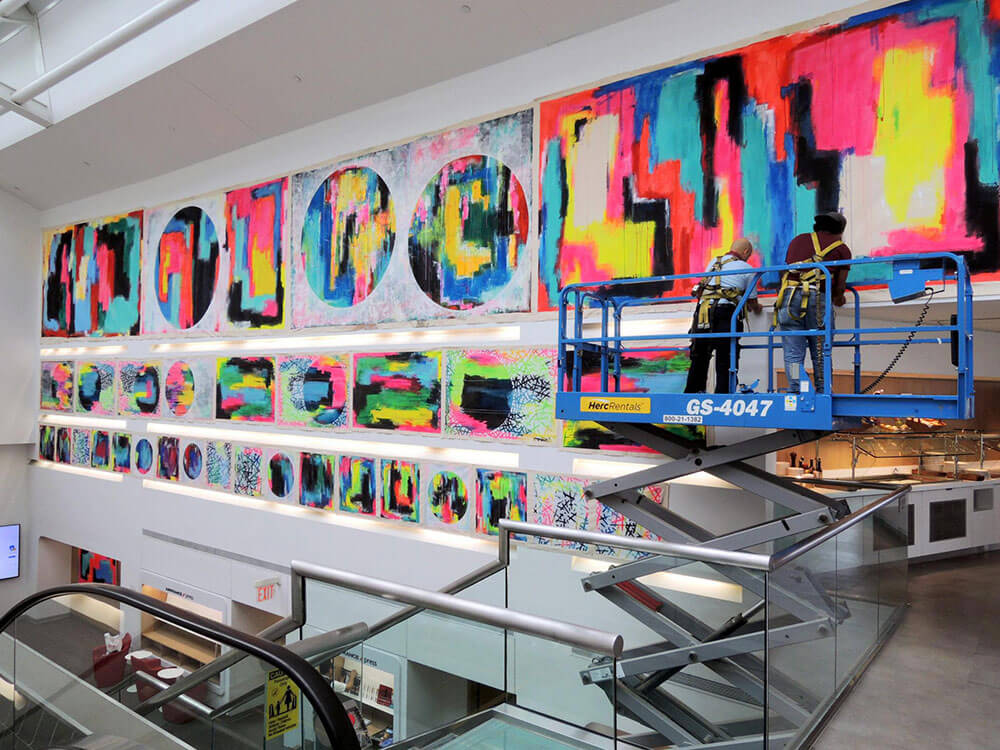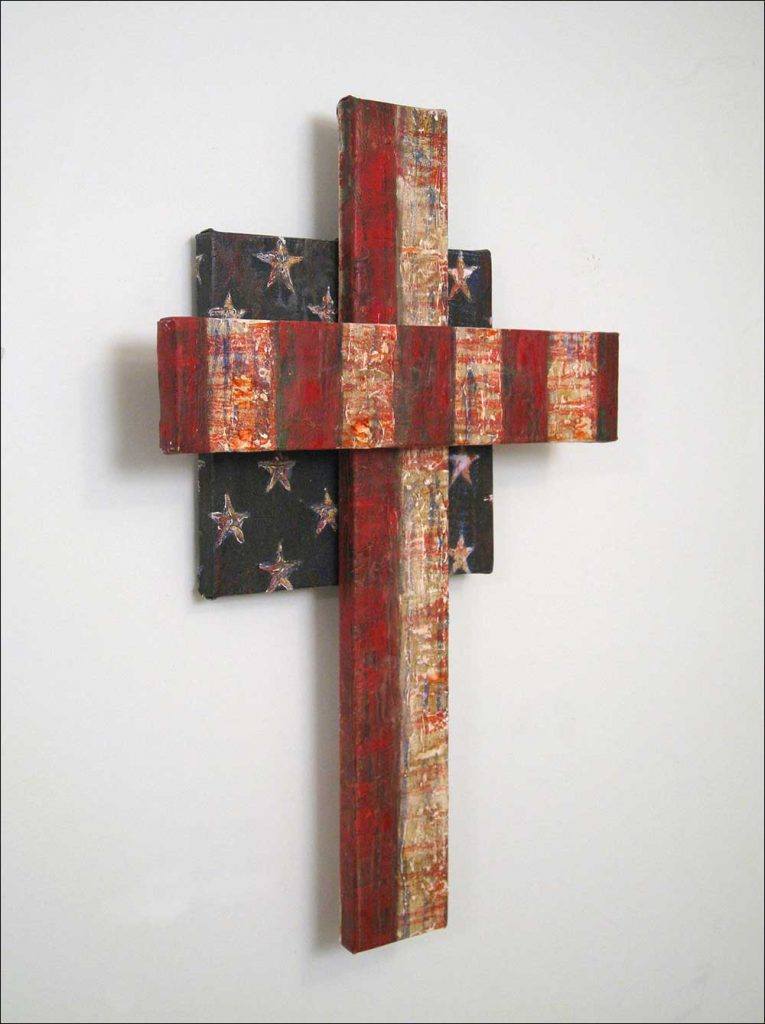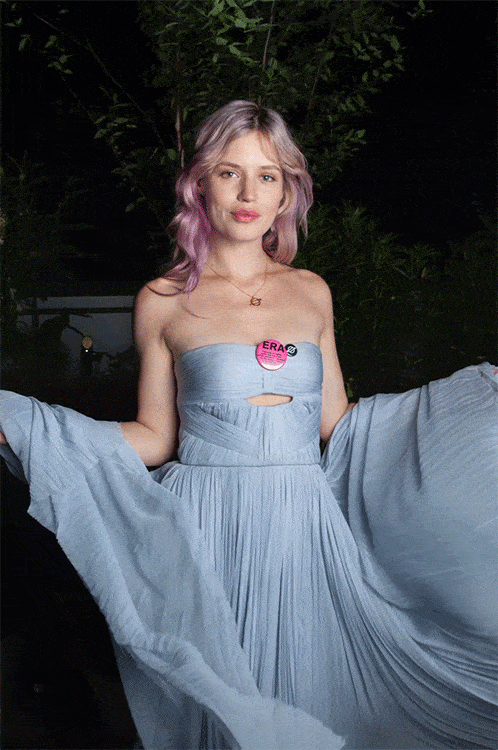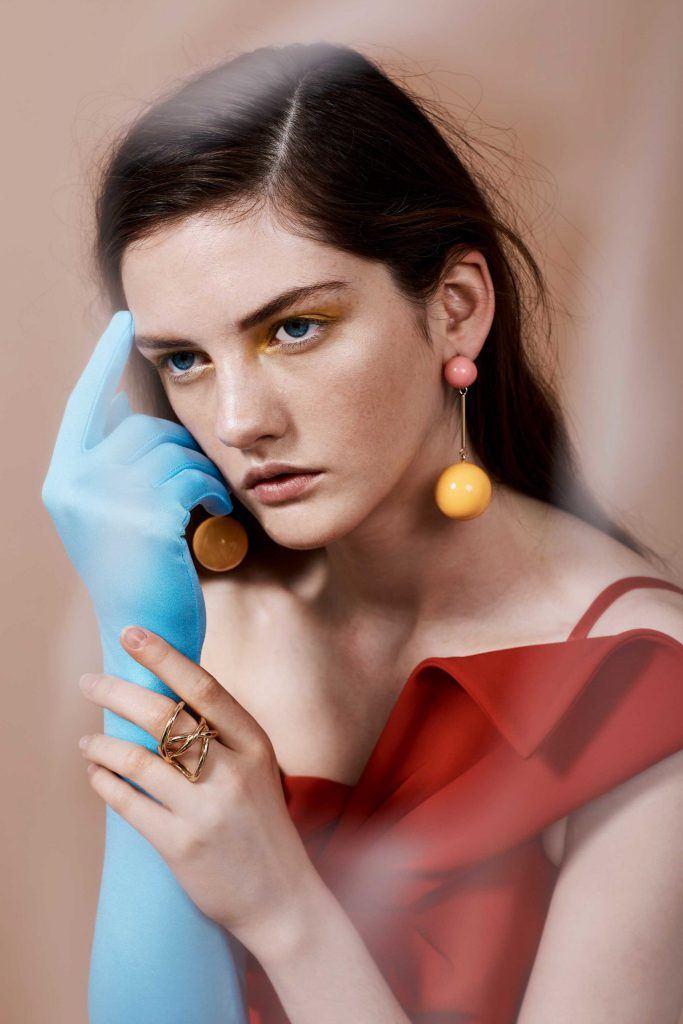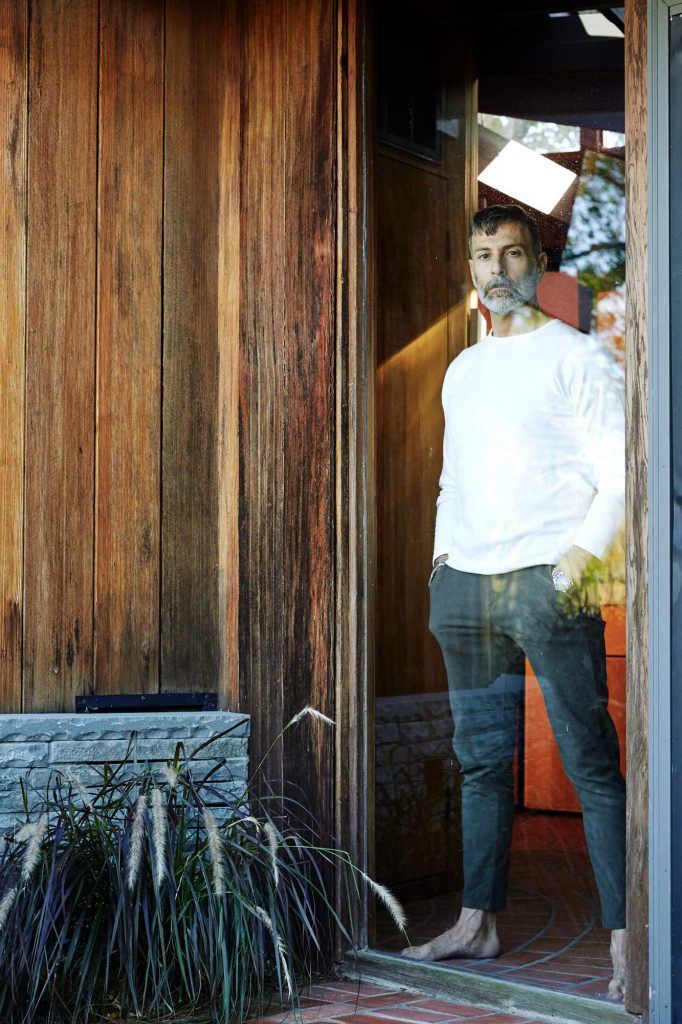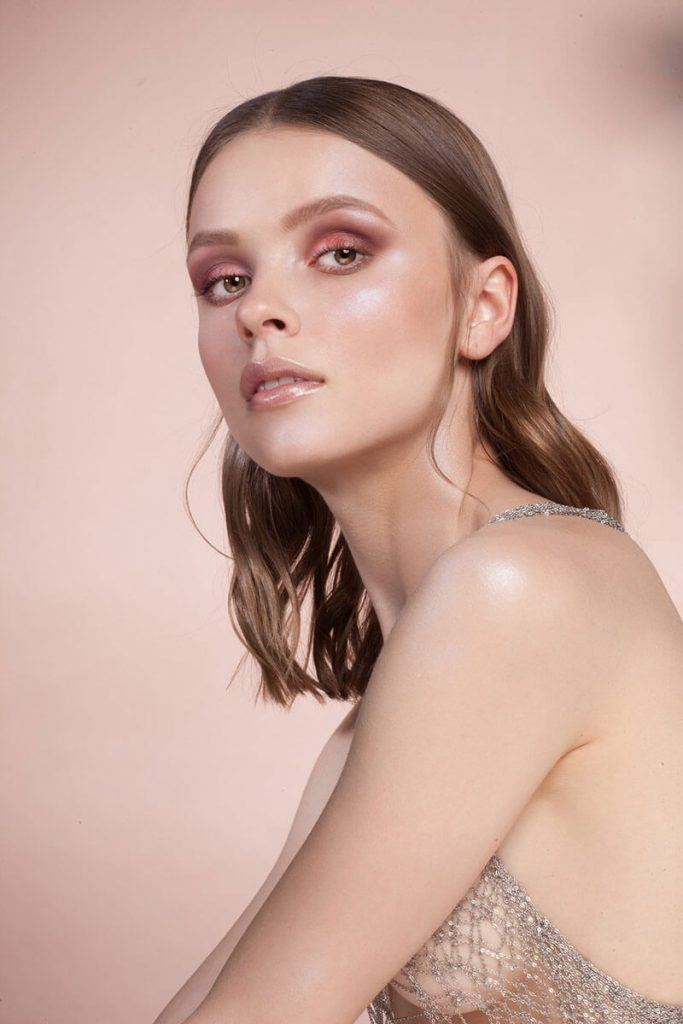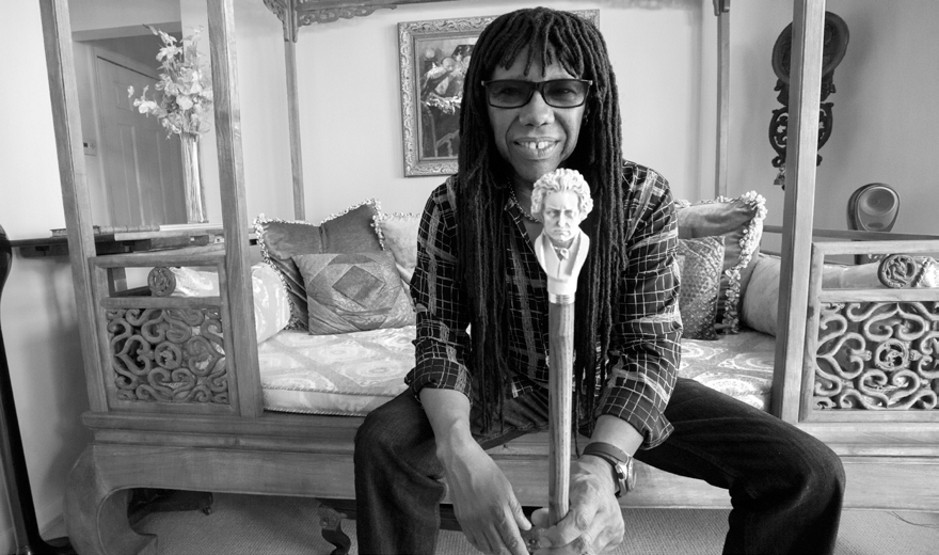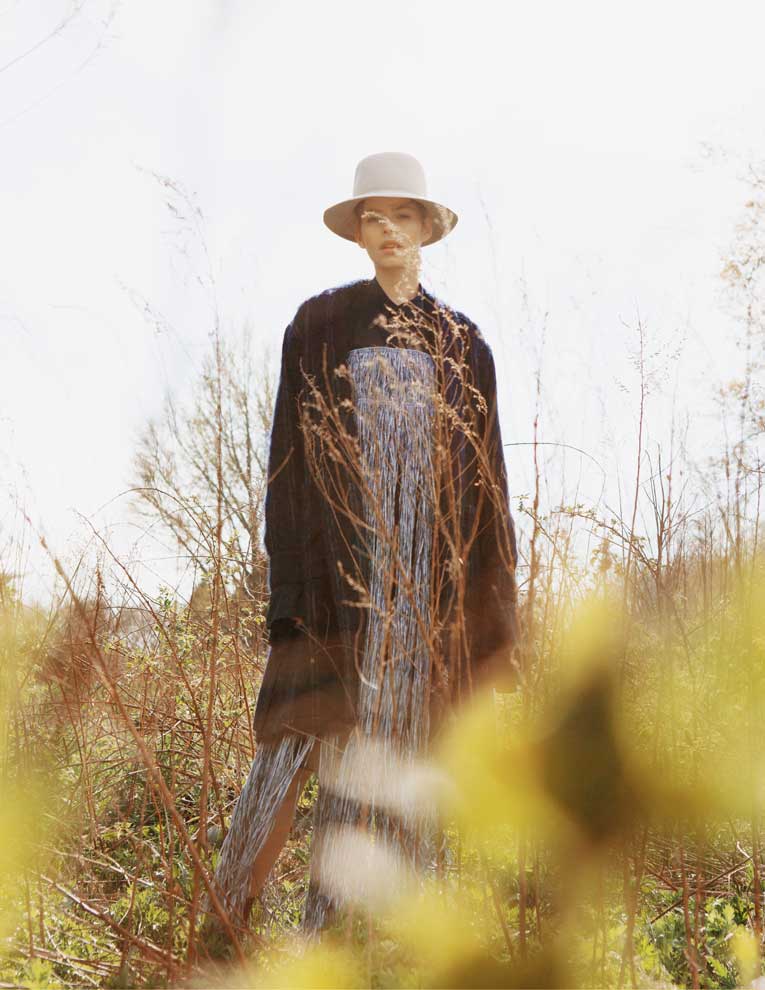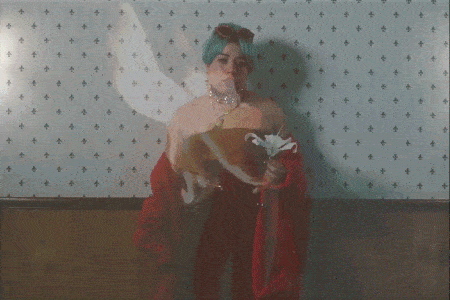
GL Wood Studios started off with the most basic forms of artwork always creating and drawing as a child. In the year 2000, GL Wood attended the University of Georgia and began his journey to combine photography with other forms of mixed media. After a couple of successful art shows in the U.S and Italy, he moved to Los Angeles to further a career in photography. In the early 2000’s, GL made a name for himself as a music photographer, shooting bands in the Los Angeles live scene; (The Kills, The White Stripes, Wu Tang Clan, DJ Shadow ). Around 2005 his work in the music scene transitioned into the fashion and celebrity world expanding his talents and vision to a new audience, while earning several awards for his work. In 2008, he made a move to New York City. NYC opened up massive opportunities for his vision, creativity and expanded his talents. During the next 10+ years, what started out as just photography expanded into in an independent Production House that includes; Art Direction, Creative Consultation, Design Work, Branding, Fine Art, Photography Production and Editing. At the Studio, we focus to work with our clients and to think out of the box in order to bring something different to the table.
1. Can you tell us a bit about your background and how you first got interested in photography?
As far back I can remember I was always interested in art and creation as a child. Saturday morning cartoons and comic books were my inspirations during this time. Always doodling and trying to create my own characters and comic book panels. I was never interested in knowing more about art and the history of art. I was dead set to become an animator or comic book artist. At age 14 I interned at IMAGE comics and got a real view of what it takes to be a professional. The amount of talent needed I did not have and so I let that dream dry out. I didn’t study any art classes in high school, instead focusing on sports and dreaming of a professional career in soccer. Once I got to collage, I had my eyes blown open with the multiple paths I could go and my creative itch came back. I decided to pursue a fine art path and kept my focus loose, because I had never really been taught about art. My first semester really changed me and I realised I knew nothing about art, but I was hungry to learn. I took painting classes, figure drawing classes, mixed media classes, printmaking classes, sculpture classes, I was open to everything. One semester I was having trouble finding openings in classes I wanted. I had to choose something and a photography class was what I picked. There was really no interest, except it was the only class available to me to attend. Once in the class, photography grew on me. This was during the time of only film use, so I loved the process of developing and darkroom printing and experimenting with chemicals and printing techniques. I wasn’t 100% focused on photography, at the time I thought of it as a great tool to use for mixed media with other fine arts ;painting, collage, drawing, that i also loved.
2. How has your photography style evolved over the years? Have you found yourself drawn to different subjects or techniques?
My style of photography I feel is much like a painter’s evolving style. The great painters of our times had their “moments” ; their blue moment, their square moment, their realistic moment, etc. When I look back at my career, I had solid moments where I would focus on a particular style or technique or theme. At the top of my head I had a moment where I used a lot of coloured gels for a while. Then there was a moment where I would manipulate and exaggerate clothing or body parts. Then there was a time where I did clean and simple images. Every time I enter these moments, I tend to primary work in that style and would not stray and go back to what I did in an older moment. Today I work differently, I am open to revisiting all of my previous moments and mixing and matching these different styles.
3. What has been your favourite project or photo shoot that you’ve worked on, and why?
There have been a lot of memorable projects and some with huge clients and budgets. If I have to think of a favourite project, it would have to be the images I created during the COVID 19 lockdown years. Before the world locked down I had many projects ready to go with clients and then all of a sudden everything went away and everyone in the industry was confused on what to do next and how to carry on without having physical shoots. I had already been working on combining collage with photography for a couple years, but these works had more of a fine art meets fashion look. What I worked on during lockdown was “how do I take that concept and make everything look seamless and look like a high budget shoot, without doing a physical shoot?” My first attempt was a little project for Marc Jacobs for the Fall/Winter season. Before moving from NYC to LA, I had a lot of testing shoots I did with models in my Brooklyn studio. These shots typically had no hair stylist, makeup artist or stylist involved. They were very raw, yet beautiful images I could use for my concept. I got in touch with hairstylist Linh Nuygen, who I had worked with for over 10 years in NYC, and make up artist Gilbert Soliz, who I recently worked with before moving to LA and explained my idea. I used the images I shot of model Ash Walker and showed the images I wanted to use to Linh and Gilbert. I told Linh to do a set of wigs and angle them to match the head positions in the images I am going to use. Then take camera photos of the hair to send to me. For makeup I sent Gilbert black and white prints of Ash’s face for each image and for him to do makeup on the prints and to send them back to me to scan. For fashion it was a combination of contacting showrooms to send me photos on a mannequin or having Marc Jacobs send me runway shots to use. Once I had the three creative elements, I used everything in my arsenal to scan, hand collage, digital composite to create a fully styled and beautiful image of the model. Once completed I needed a background. I was inspired by a vintage children’s folding screen my daughter had, which had old cutouts of cartoons, photos, flowers, and locations on it. I decided to do my own version to create an environment for the model to be in. At the end, I felt that the 4 images I created was a great success and I am very proud of everyone that was involved during this first attempt of a “Pandemic Shoot”.
4. Have you encountered any challenges or obstacles in your photography career, and how did you overcome them?
I am not sure how many photographers are willing to admit to this, but the biggest obstacles in my career are myself and confidence. Early in my career I started off hot. Then there was a moment where I really got into my own head, and started to second guess my work. Instead of organically growing, I wanted to fast forward to a goal. I wanted to prove to the industry I could do commercial type work and compete with other commercial photographers. I was forcing everything, with little passion and excitement I had earlier in my career. At the time I thought my more simpler images were good, but the clients and industry were not as enthusiastic as they were with my more artistic work. This part of my career I felt very lost and my confidence suffered. I got very bitter with the industry and many times thought of quitting and moving onto something else. It took one long winter in 2015 to regain that confidence and drive. During this winter, I started to take these commercial images and repurposing them into large mixed media collage works. Not only did it bring me back to the creative energy I was missing, it also made me appreciate the cleaner and simpler images I took during this commercial phase and I found my footing on how to combine my style with commercial images.
5. How do you approach composition and lighting in your photography, and how important do you think these elements are in creating a great photo?
Most of the time I don’t pre plan the lighting set up or how I will shoot. I am very loose when it comes to this. Typically I have a concept or idea I would like to do, but I need to see the model, makeup, hair and styling all together to be able to visualise. I might have a set up ready and then see the model after the creative is finished and instantly change up the lighting and composition. Composition and lighting are very important in creating a great photo, but having the ability to go off script and experiment, abandoning the original plan can create great photos.
6. How do you stay inspired and continue to challenge yourself creatively as a photographer?
Earlier in my career I would be inspired by grabbing tons of magazines to collect for inspiration. I would buy books of certain photographers I love, and build multiple folders on my computer to dump images I loved. These days,and the past 5 years I have stopped buying magazines and books and collecting images from the net for inspiration. Instead I have focused on looking back at my childhood for inspiration, things I remembered as a kid; movies, comics, trips, experiences. I have learned to be more open and loose with my photography. I have learned that not everyone will like my work and to be ok with that.
7. How has the photography industry changed since you first started, and how have you adapted to those changes?
There are clearly two major elements that have changed photography since I started; Social media and SmartPhones. I started during the death of film and the early maturity of digital, along with the birth of social media. During these early days, social media was used to post fun pics of your life, it wasn’t meant to be a professional business or portfolio. It was young dumb fun. Also in order to be a professional in the photography world, you had to have photography education, an expensive professional camera, a creative team and studio. Things that only a select few could attain. Once the smartphone was released with technology that could produce decent to good photos, then more and more people got interested in photography. Camera phones got better and thus filters helped non professional people create professional photos. This along with apps like Instagram created a new world where clients didn’t have to hire a photographer who had a professional background in photography. They can hire an influencer with no photography background but are amazing at using their phone to create images. Once a small pond of talent to choose from, turned into an ocean of talent clients can choose from. I do admit I was very excited for the changes. I was using my camera to take photos and posting new images on Instagram. Something happened where the industry just flipped and the amount of followers was more important than the work. I admit, I am terrible at social media. I tried to make it work like other photographers, but I just lost interest. I was spending so much time trying to make “ It” work, and less time making focused work I love. I just realised social media didn’t make me happy, so I keep it as a hobby. Another issue is that the Covid Pandemic changed a lot. So many creative agencies ( including one I was a part of ) went under during the pandemic. A lot of magazines, and clients struggled a lot to stay alive. Needless to say it was a very hard couple of years. For 2023 I partnered up with a good friend and fellow creator, Nicholas Hardy to form a new creative agency, FACTORY311. We wanted to retool what a creative agency is. Treat it like a team of creators all helping each other out, instead of focusing only on individual artists. So 2023 should be a fun and interesting year with new challenges.
8. Can you talk about any particularly memorable or meaningful experiences you’ve had while photographing people or events?
This has nothing to do with my career, but my most meaningful experience was capturing the birth of my son Jette. I wasn’t able to photograph the birth of my daughter Bodhi, due to hospital rules. So when it came to Jette’s birth everything happened so fast and I snapped the most amazing shot of my wife’s water breaking due to Jette’s head coming out. I only took 5 shots, because the birth happened so fast, I thought I had nothing. The very first shot was the winner and I was so happy to capture that amazing moment.
9. How do you balance capturing authentic moments with the need to create visually stunning images?
The simple answer is, I have stopped overthinking about things. I previously over thought about my process and images and who will like them. Will these images bring in new clients? Will I get more opportunities with these new images? The “prize” was typically more important than the journey. Now I have tapped back into the past, when I created images because I enjoyed them and didn’t care what it could do for me. I shoot and create because I enjoy the process and don’t want to compare authentic moments with visually stunning images. I want to shoot because I like capturing something I love.
10. Finally, what advice would you give to aspiring photographers who are just starting out in their careers?
I would say don’t be afraid to experiment. Try different types of photography if you don’t have a focus yet. I have had many student mentorships where they come in wanting to work in fashion, but I see that they are actually really great at another form of photography and I want to feed that. Be open to reach out to photographers you admire either on social media or through their website. Ask for advice or a short critique on an image.Its surprising the response you could get. Lastly, don’t force success. Some photographers succeed fast, some it takes time for success to happen. If you have the talent and have a vision, success will find you.

\




